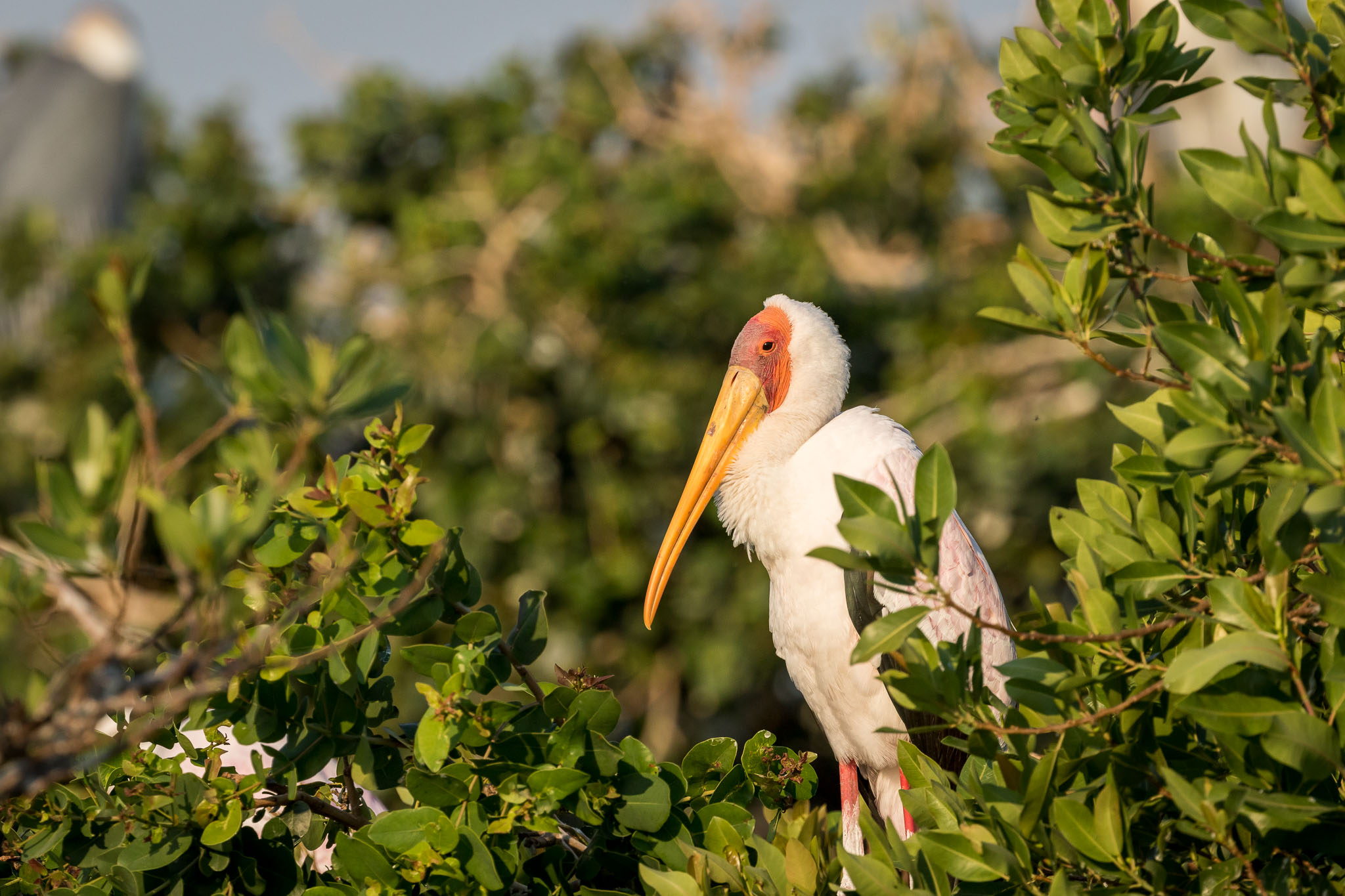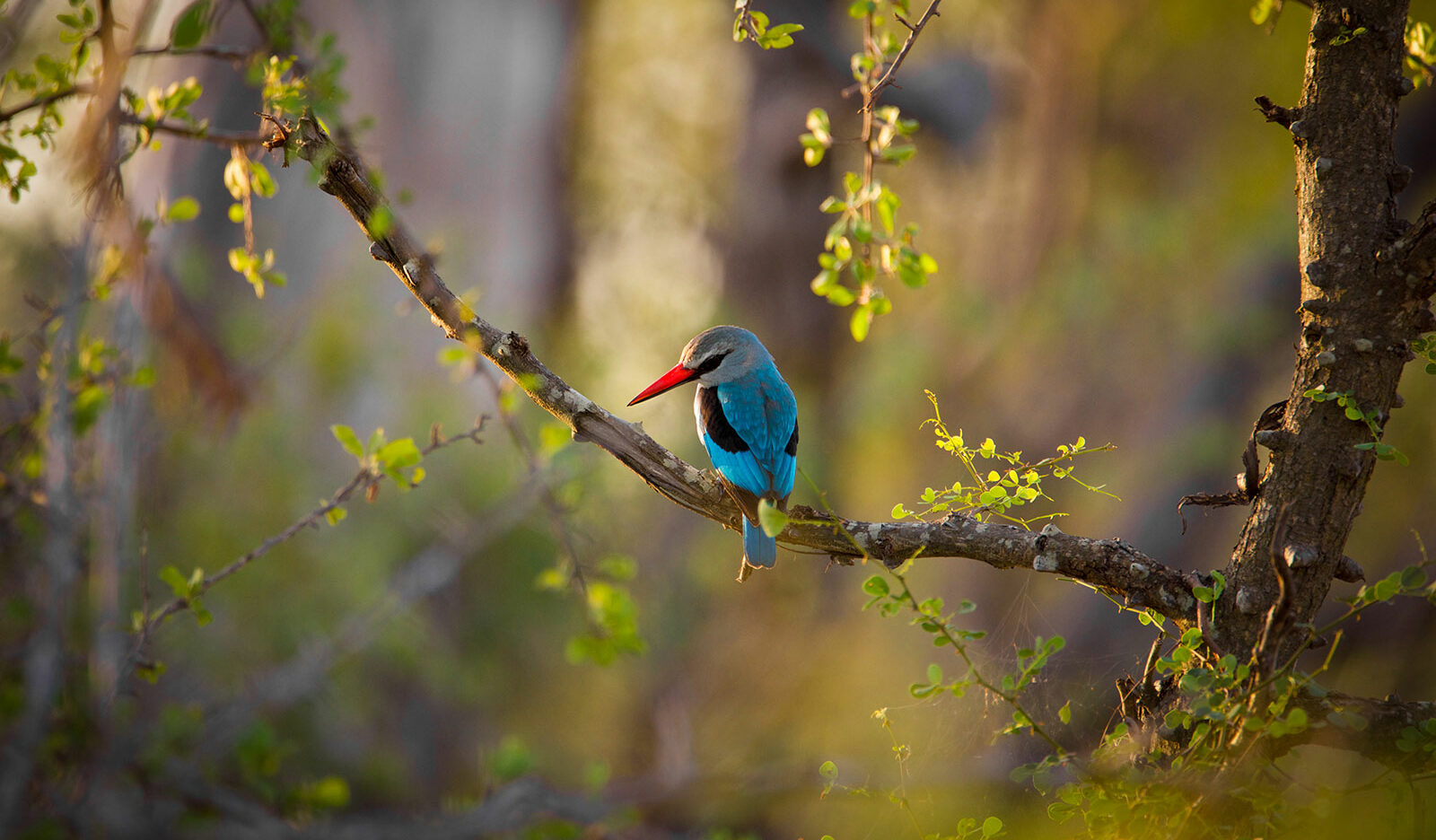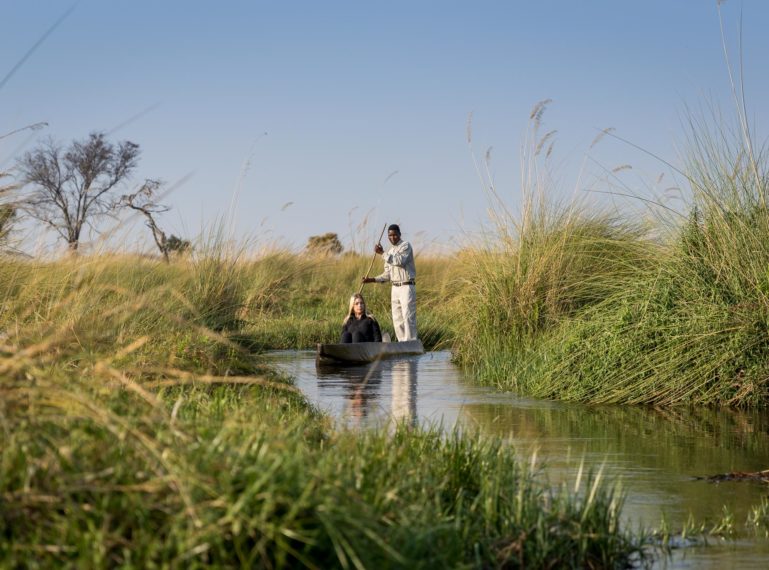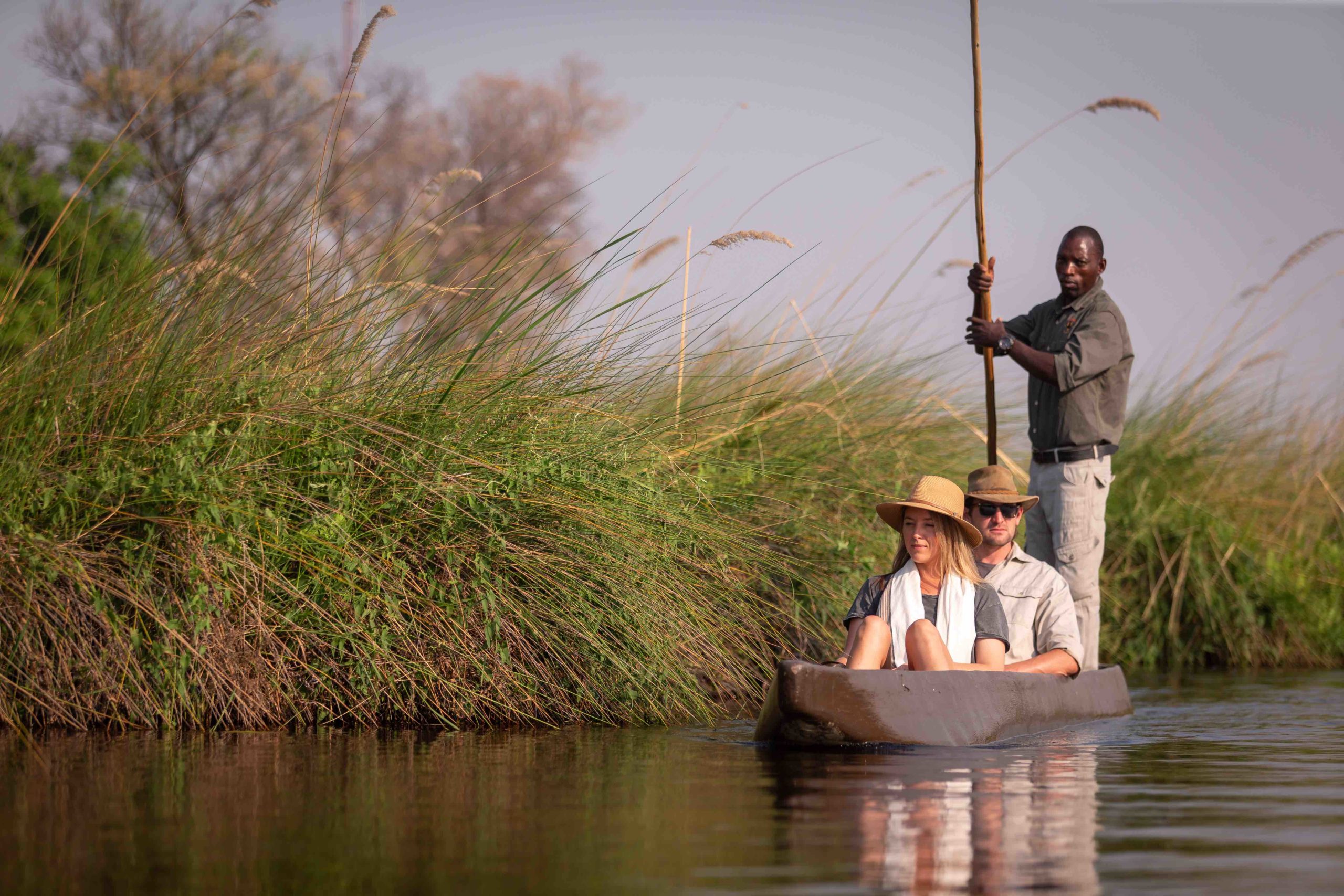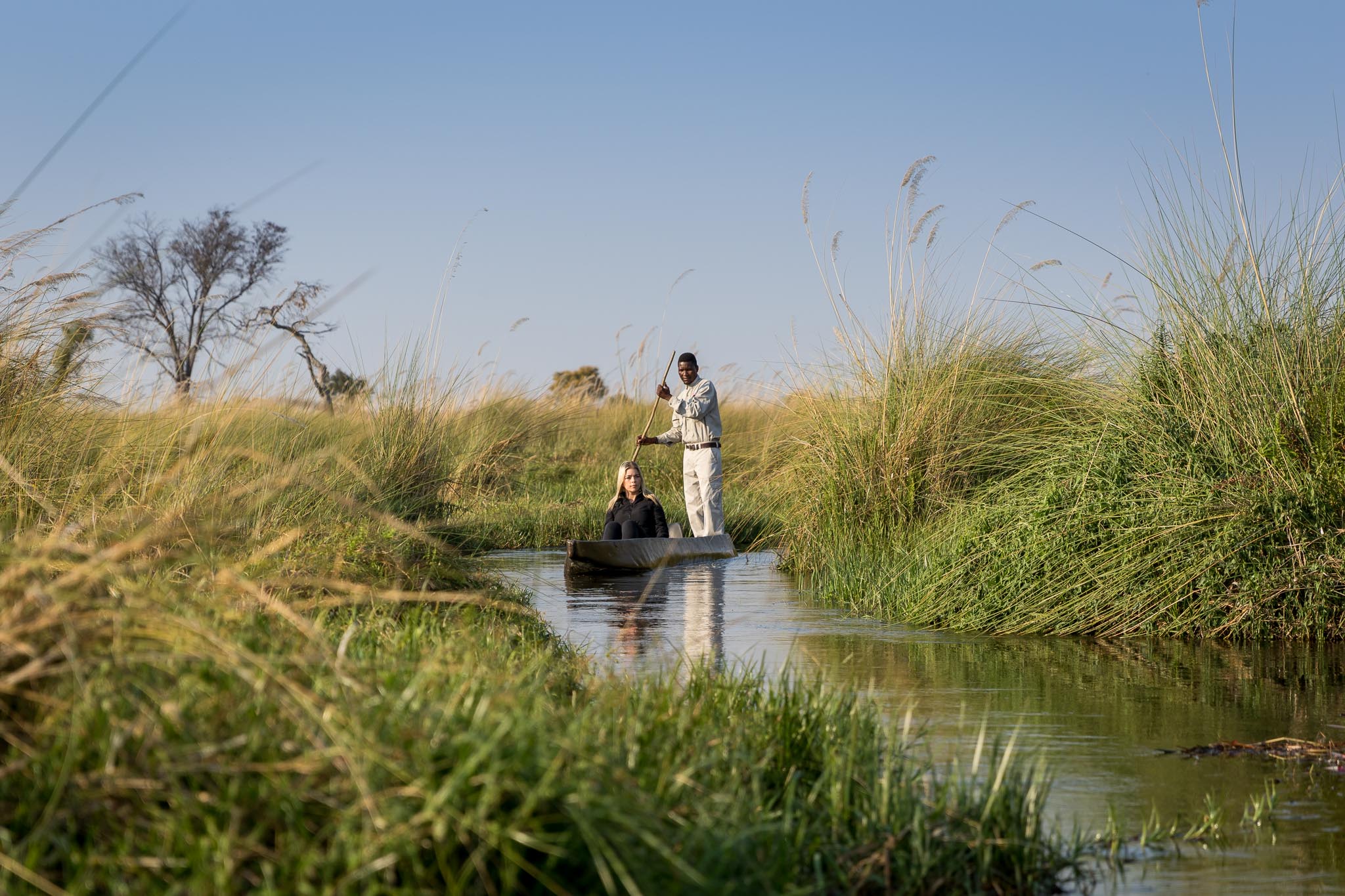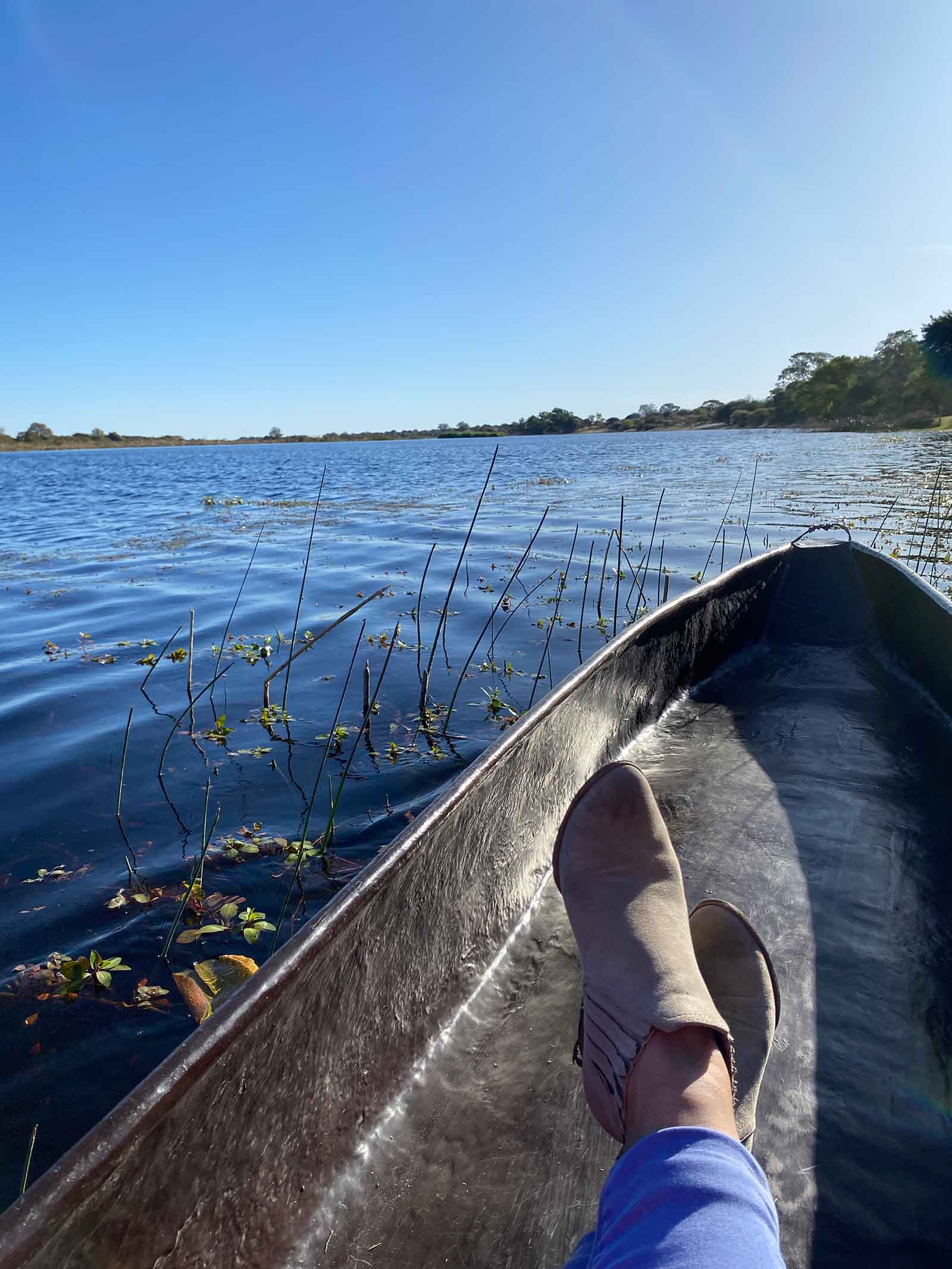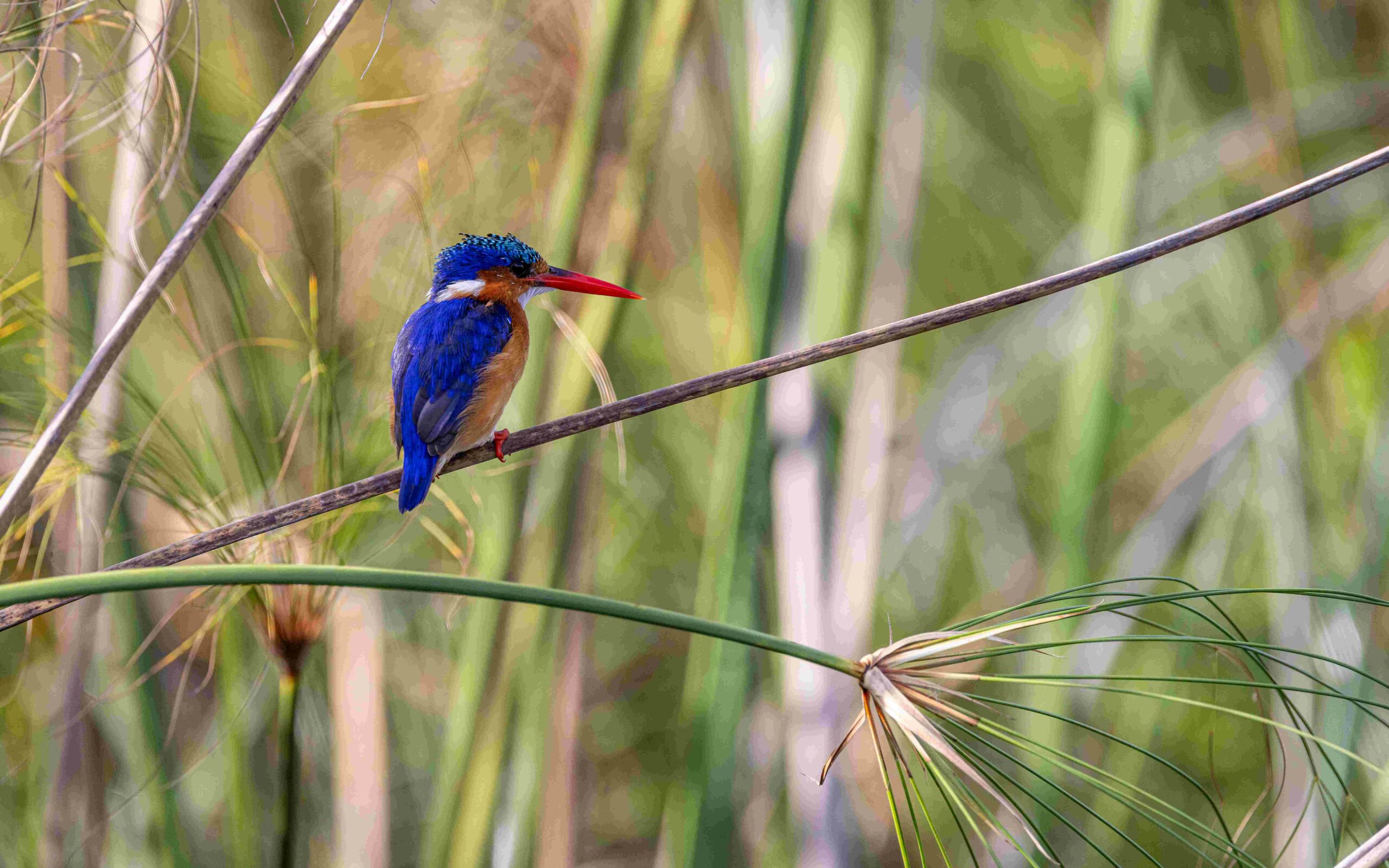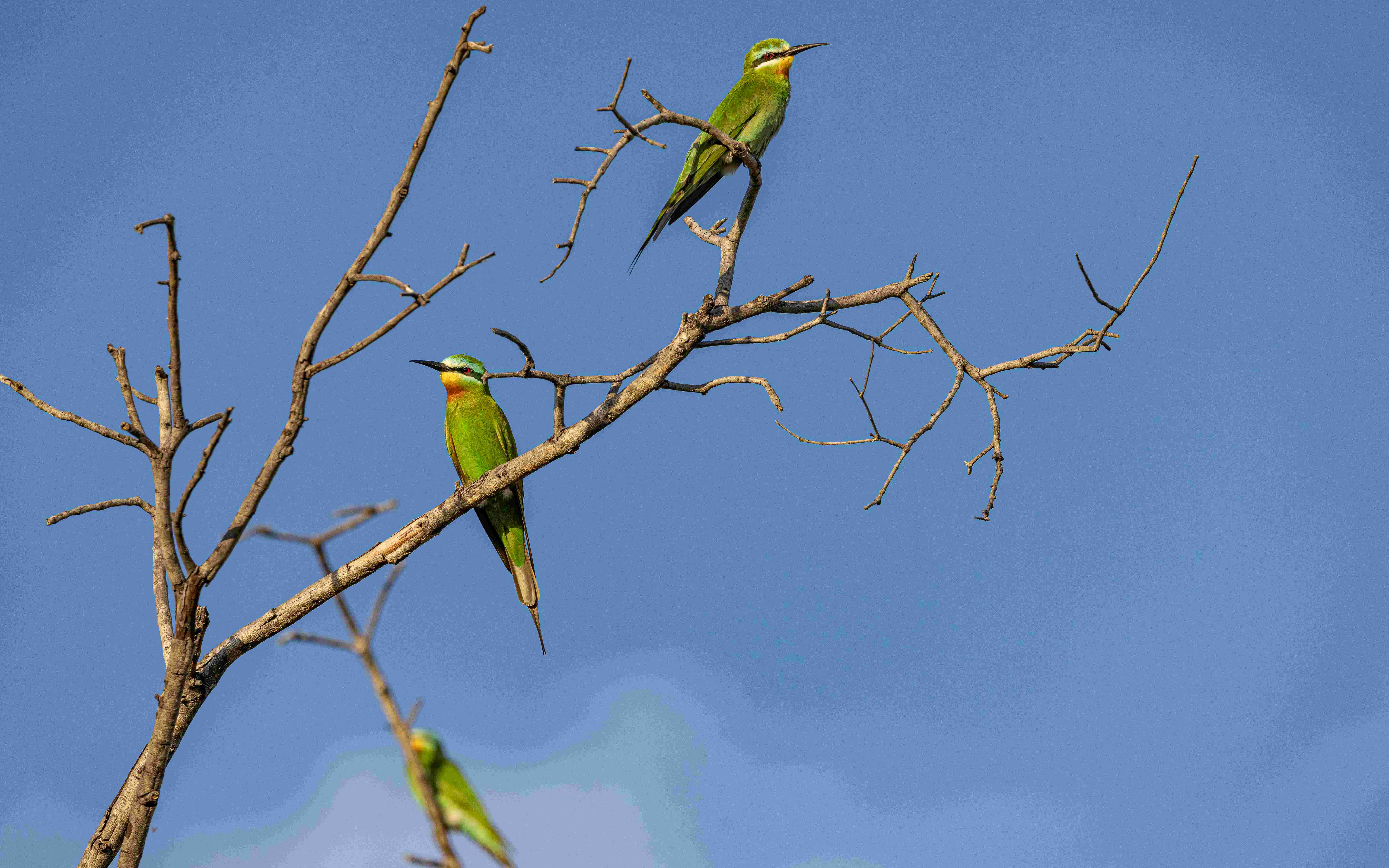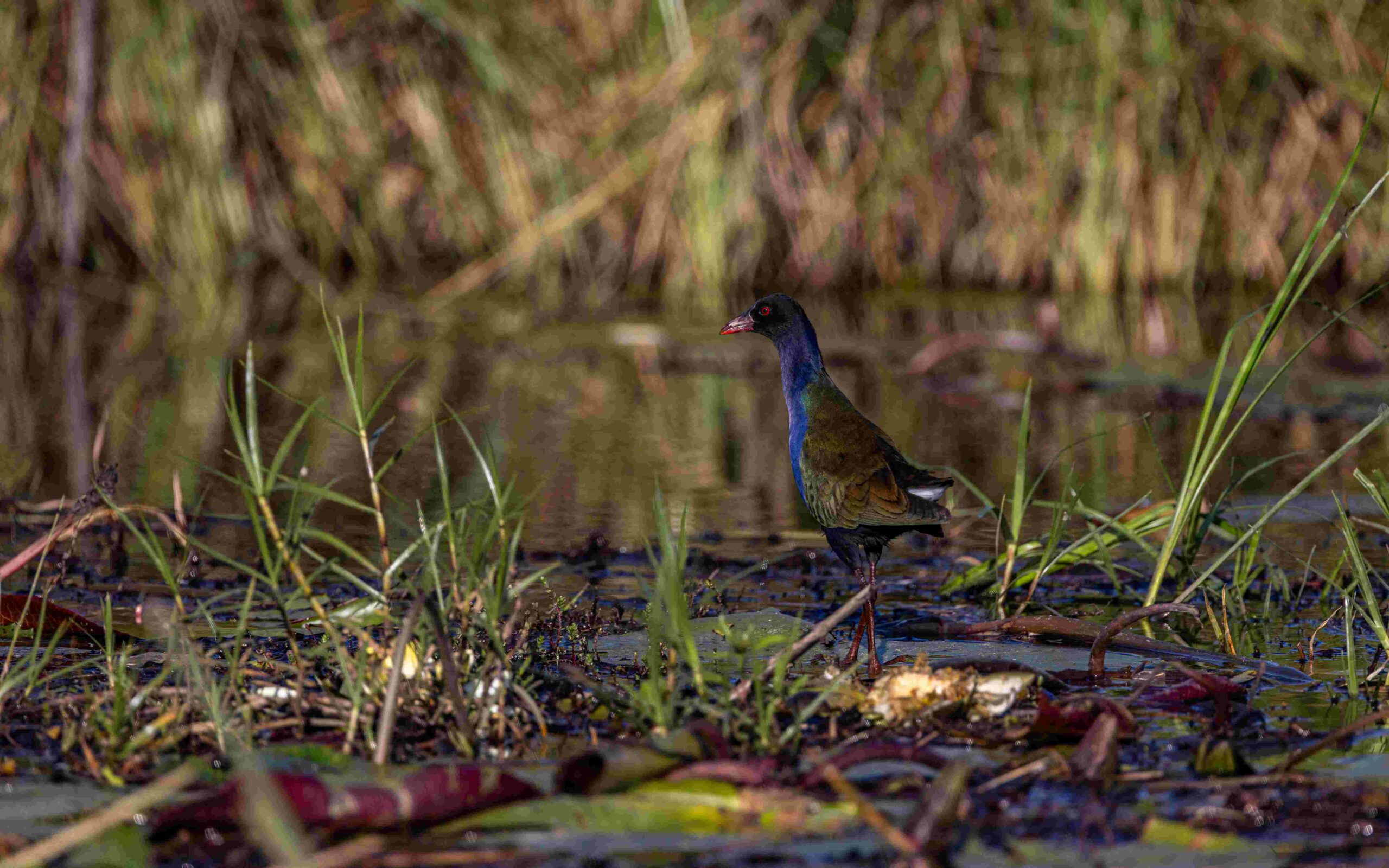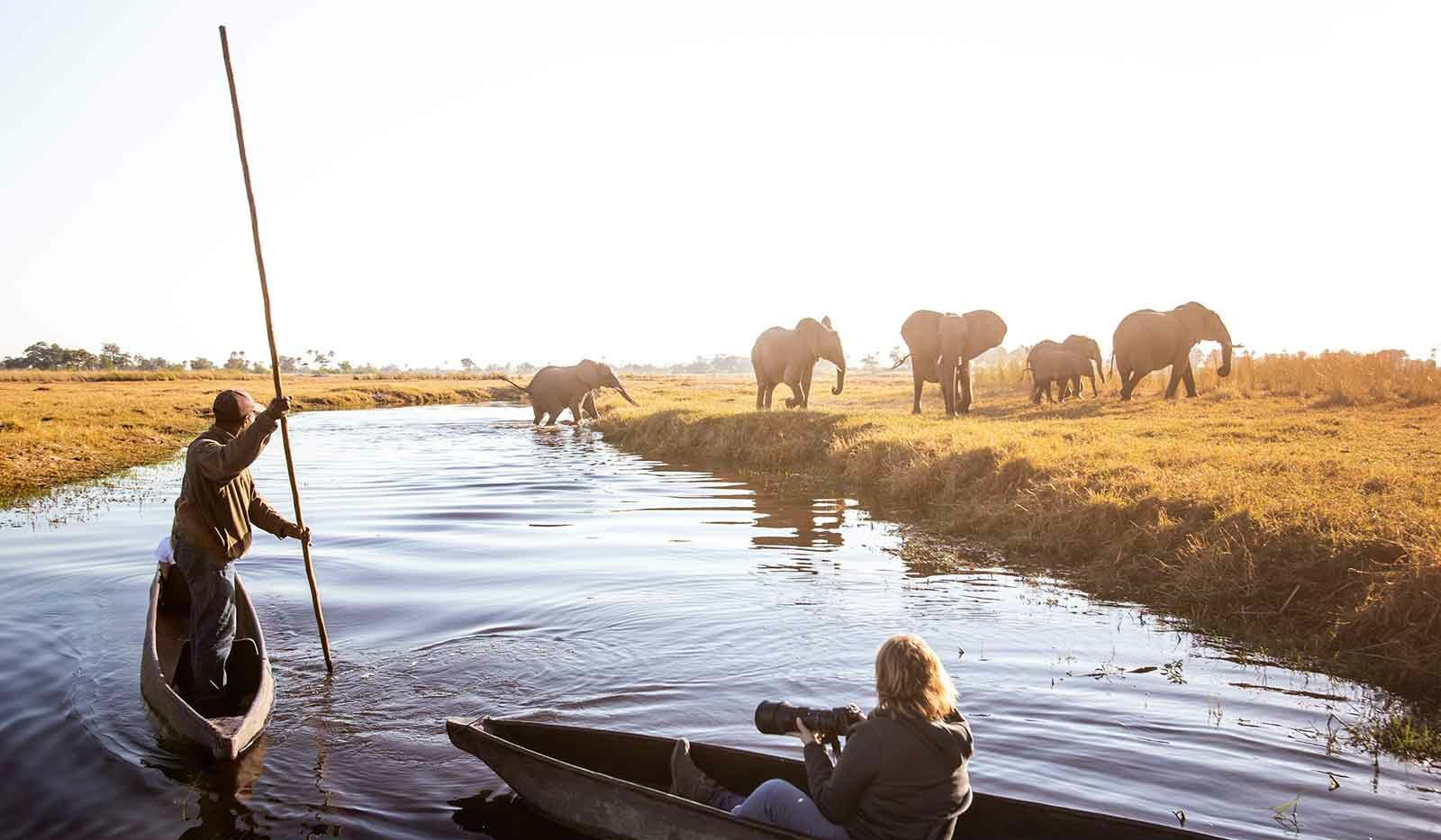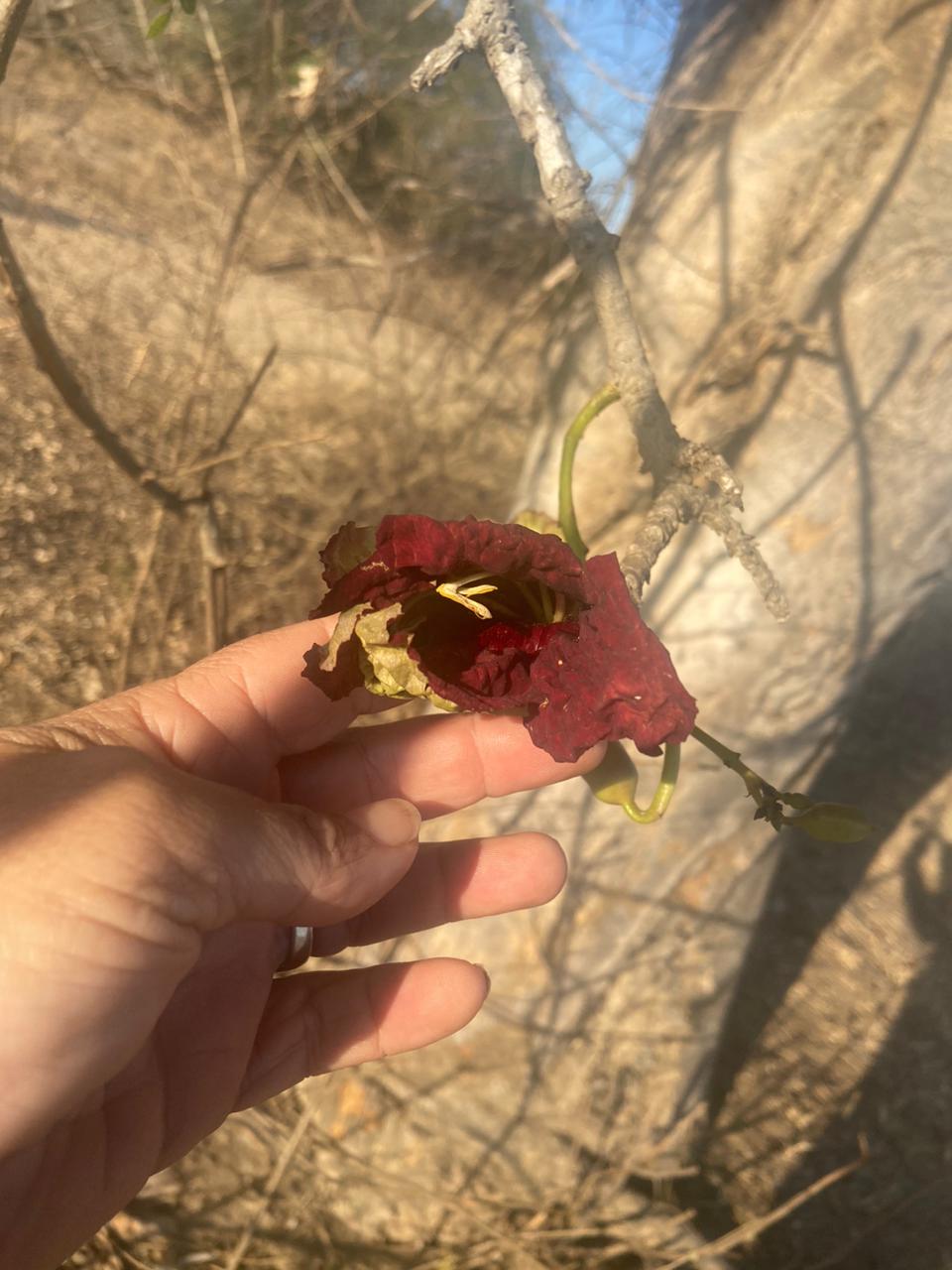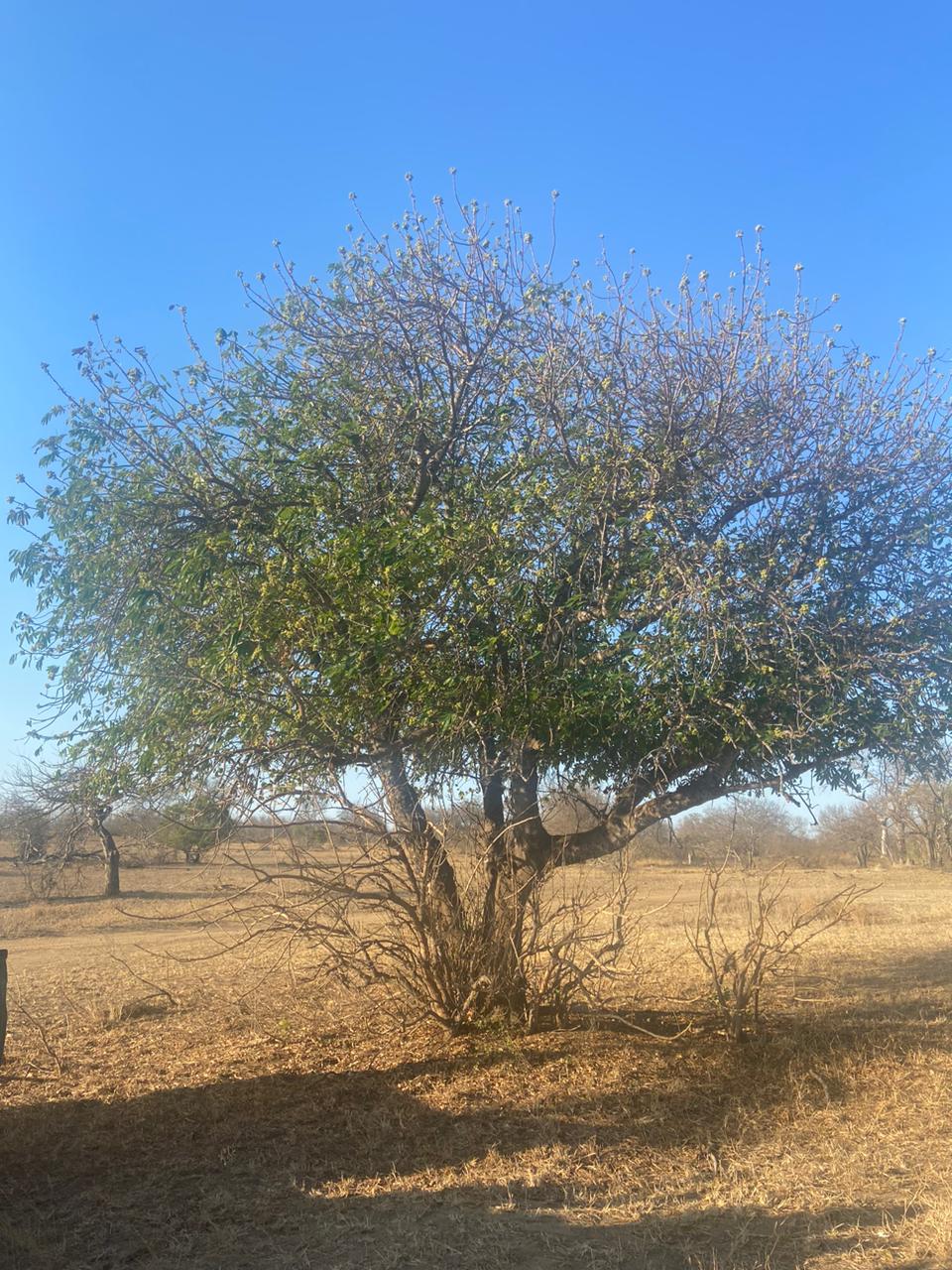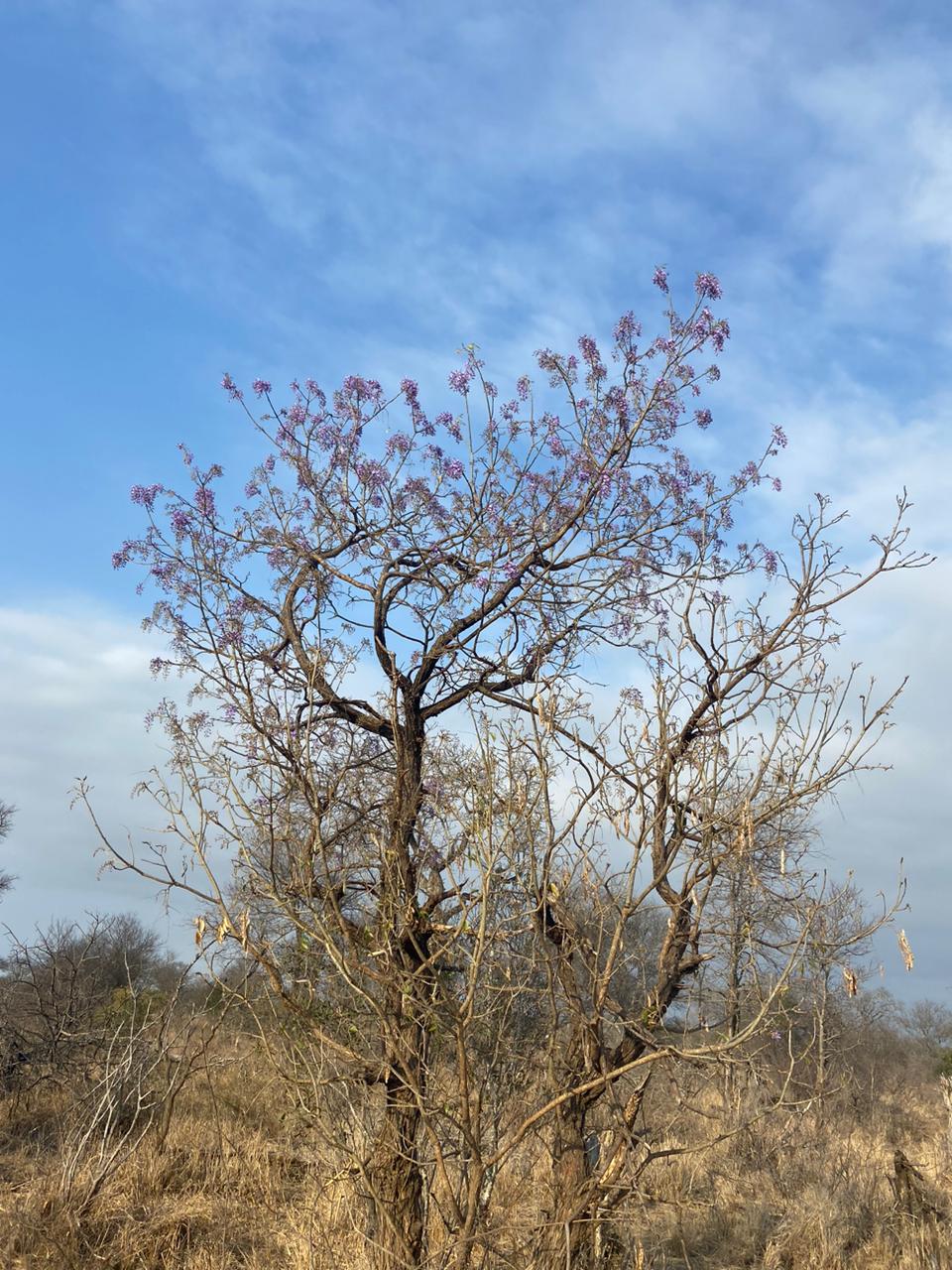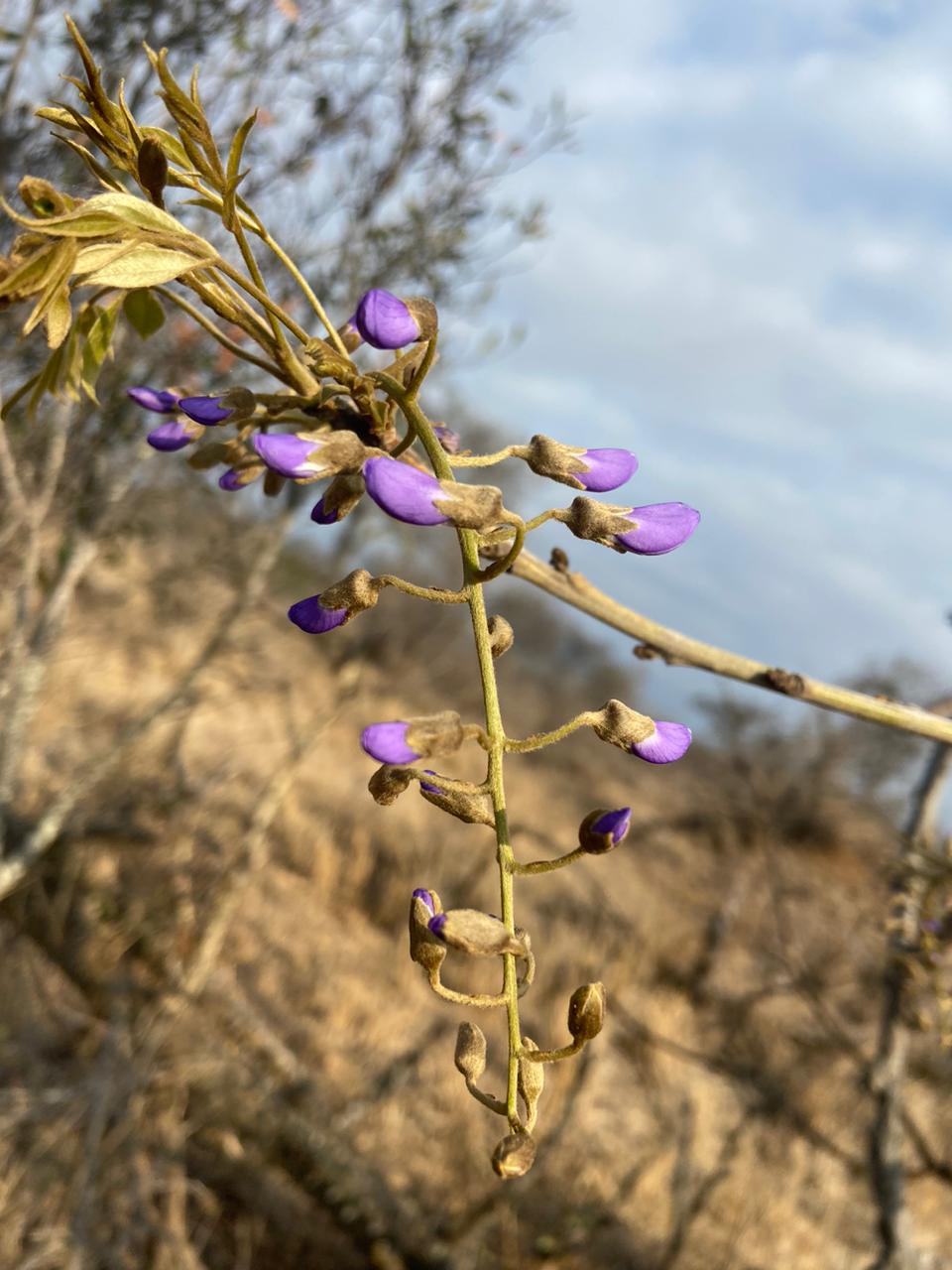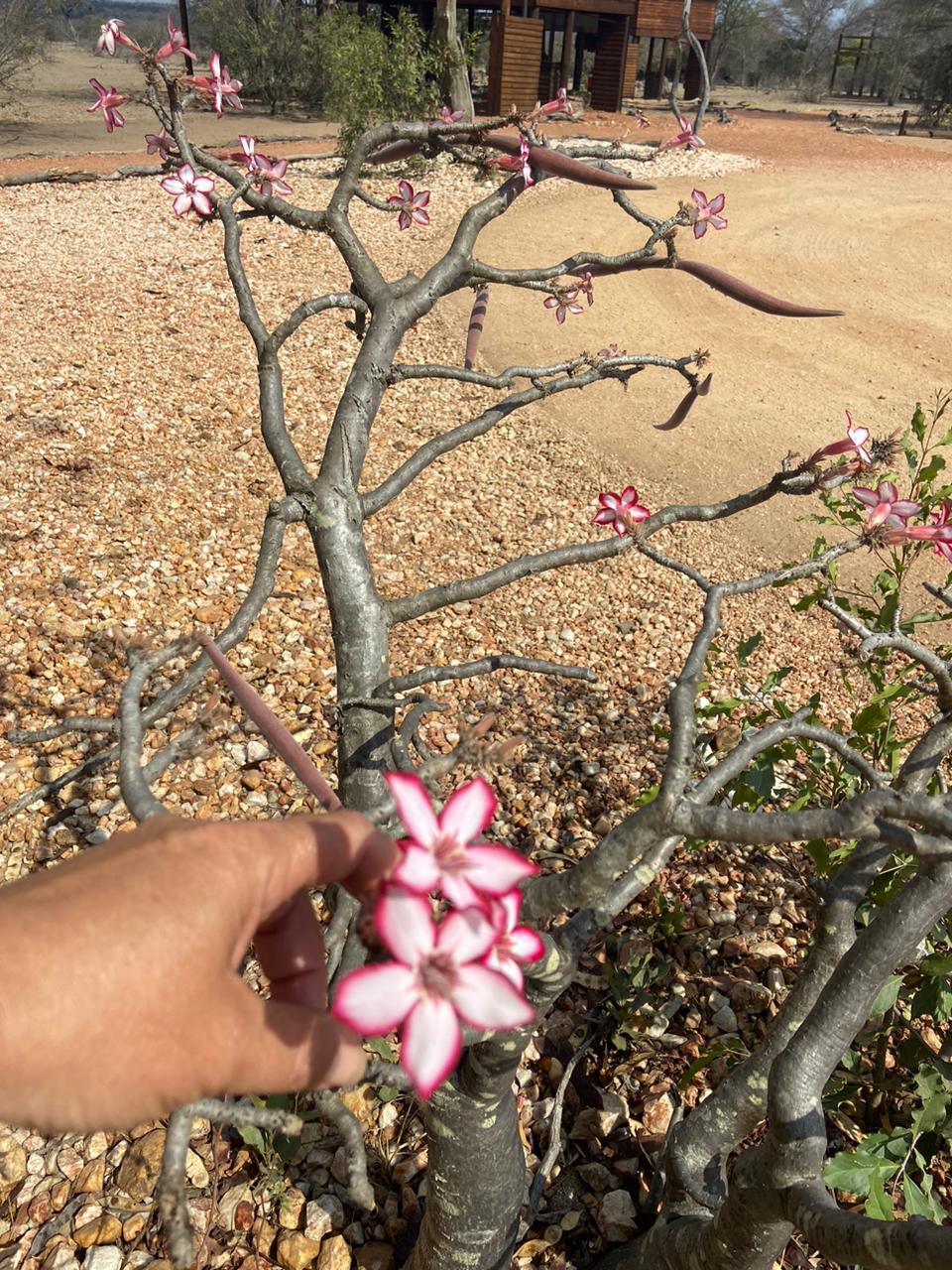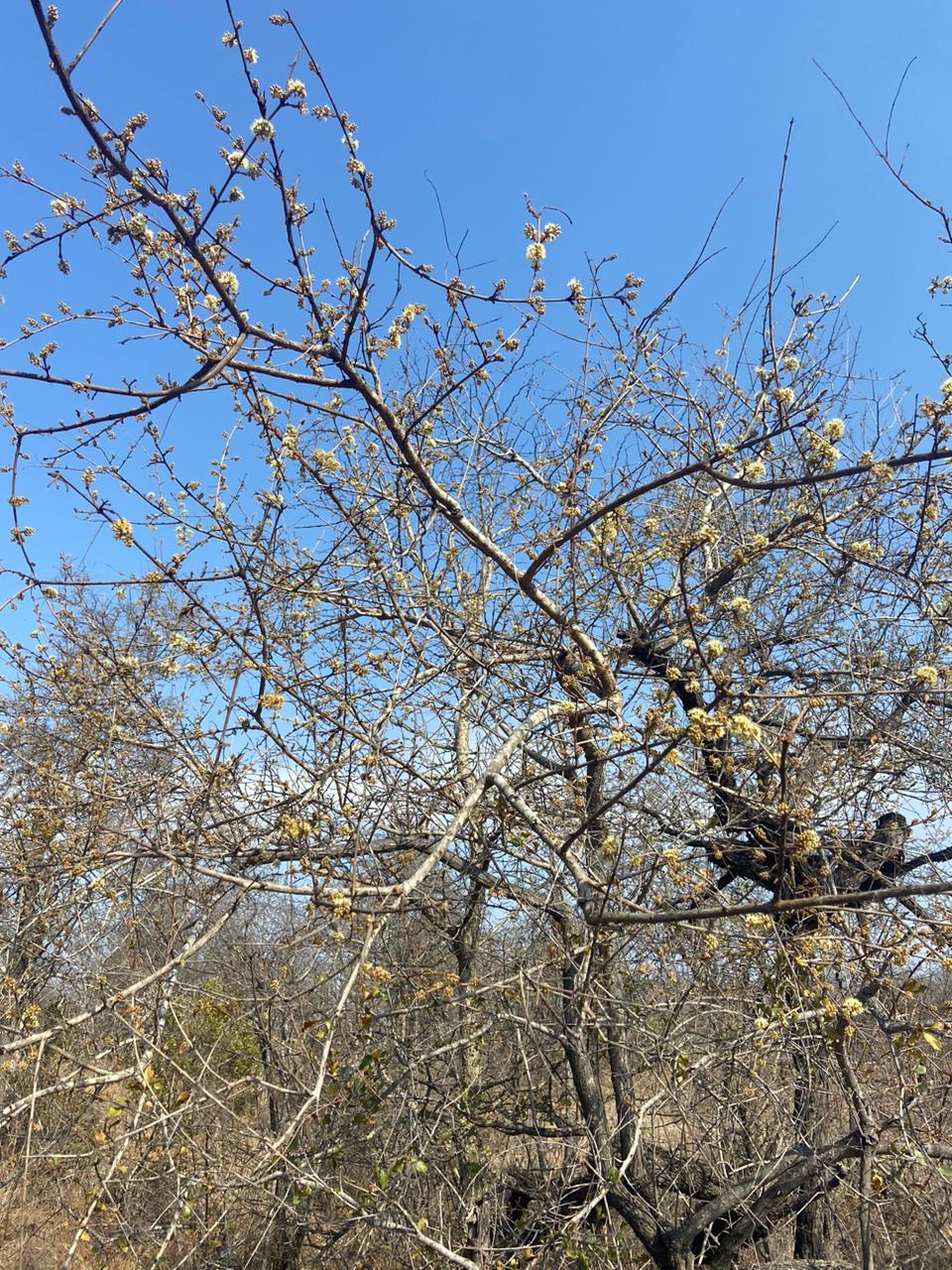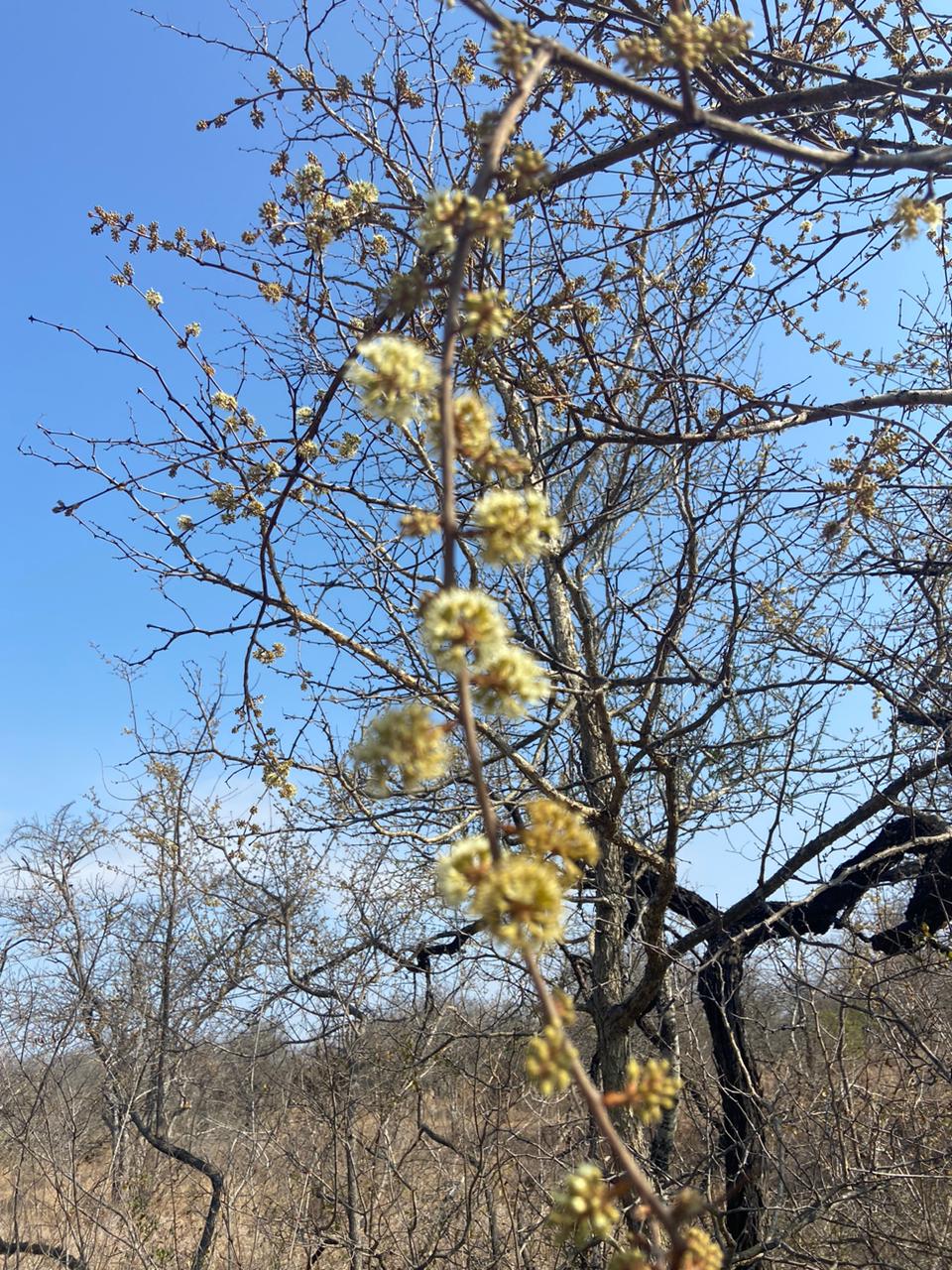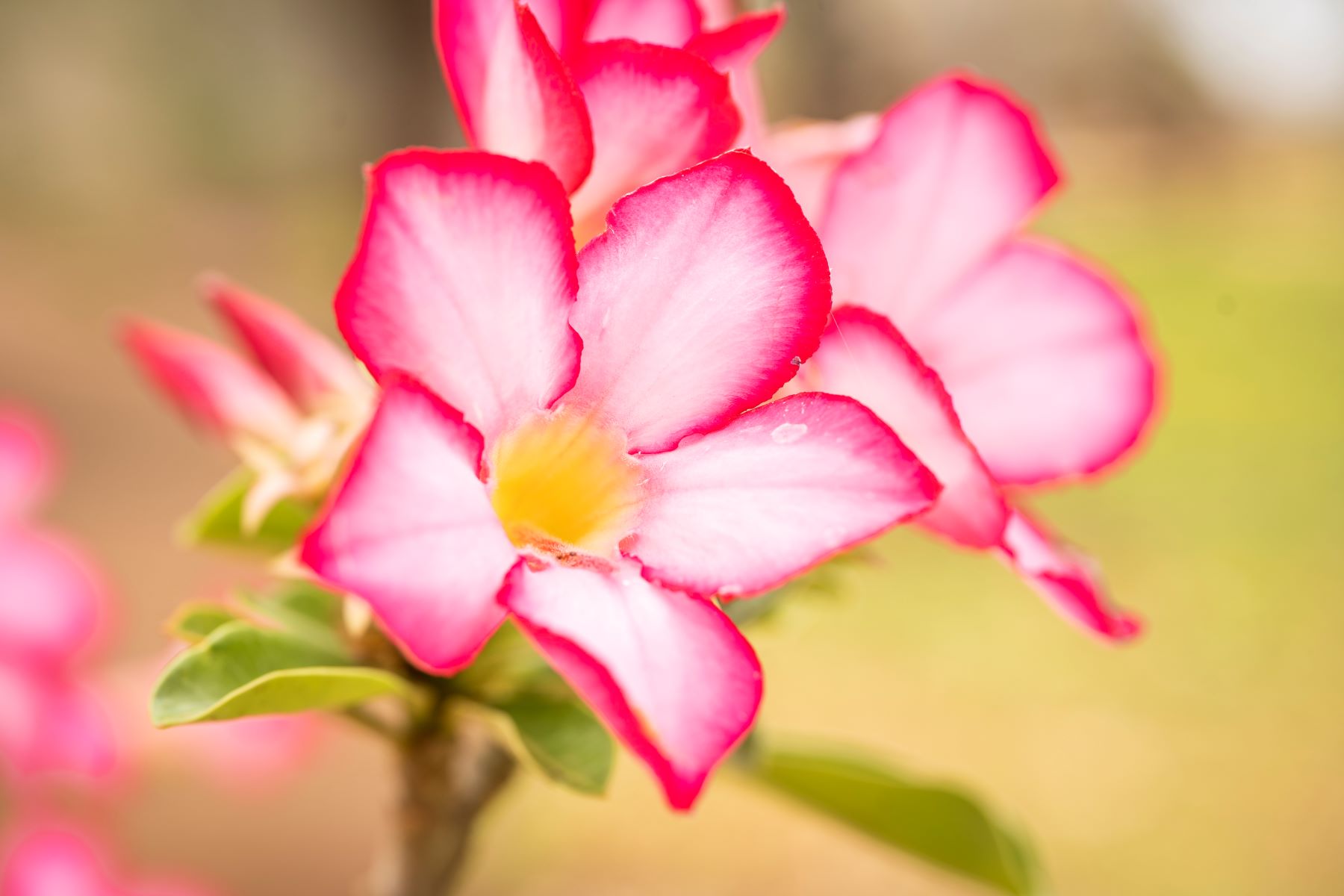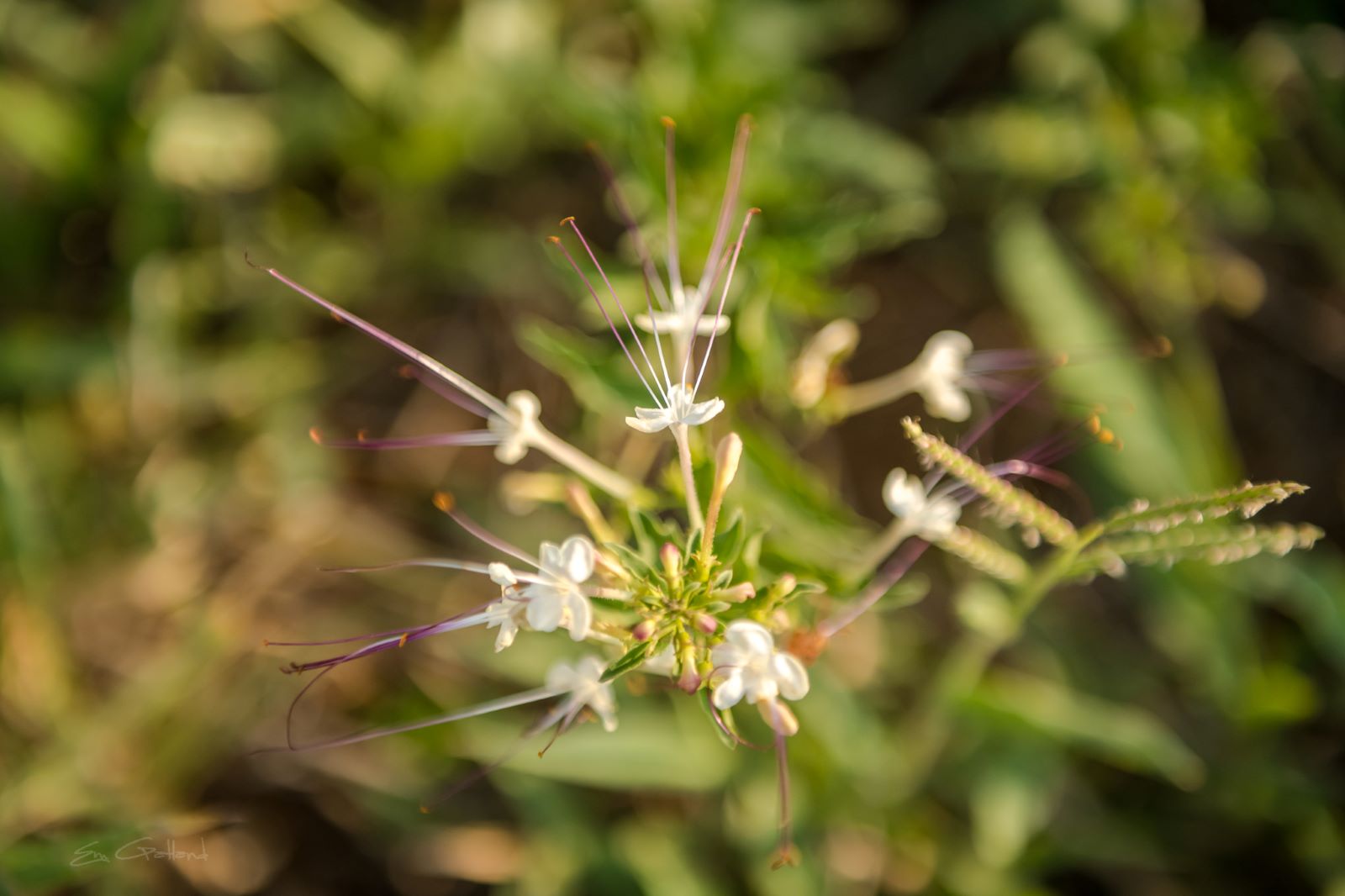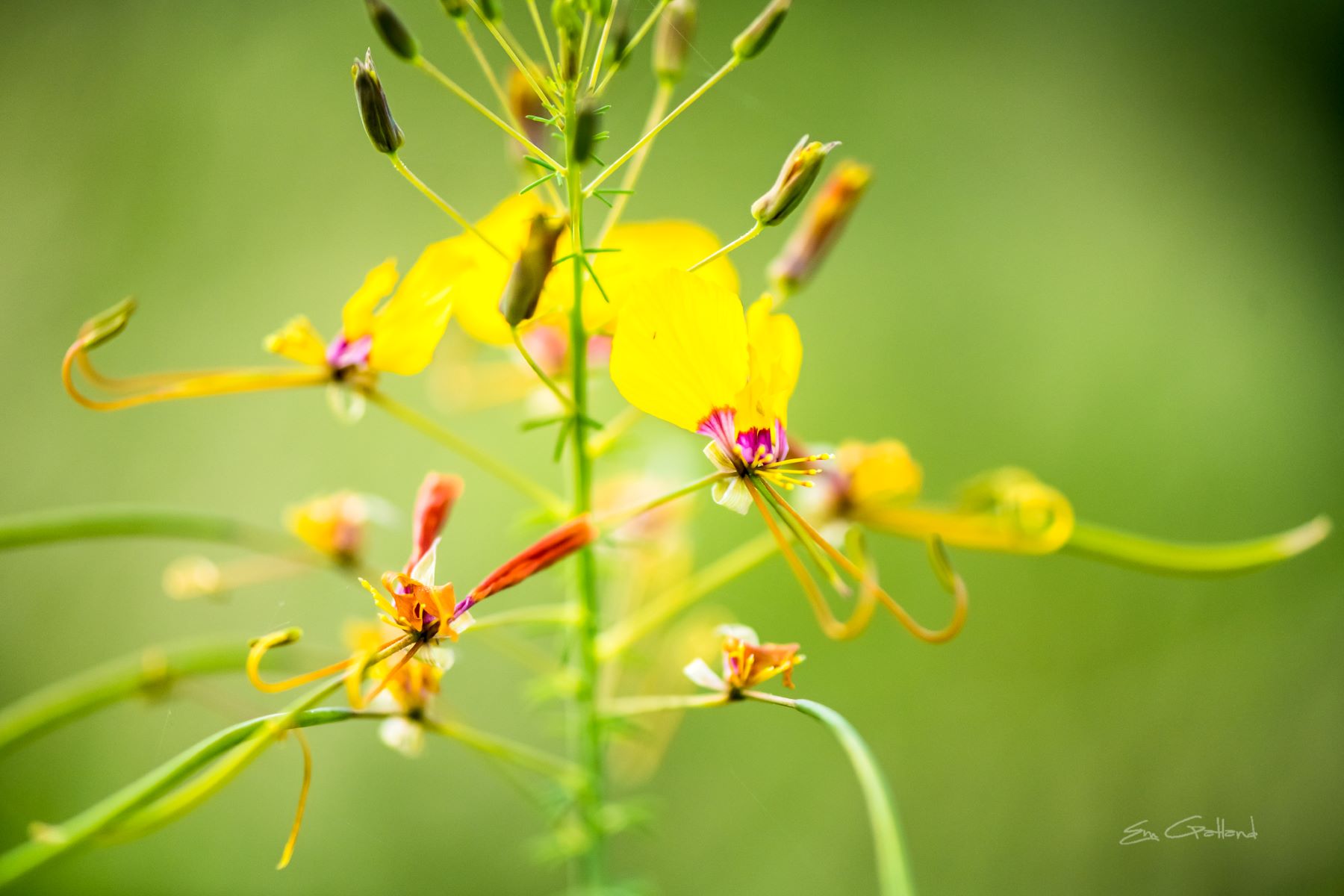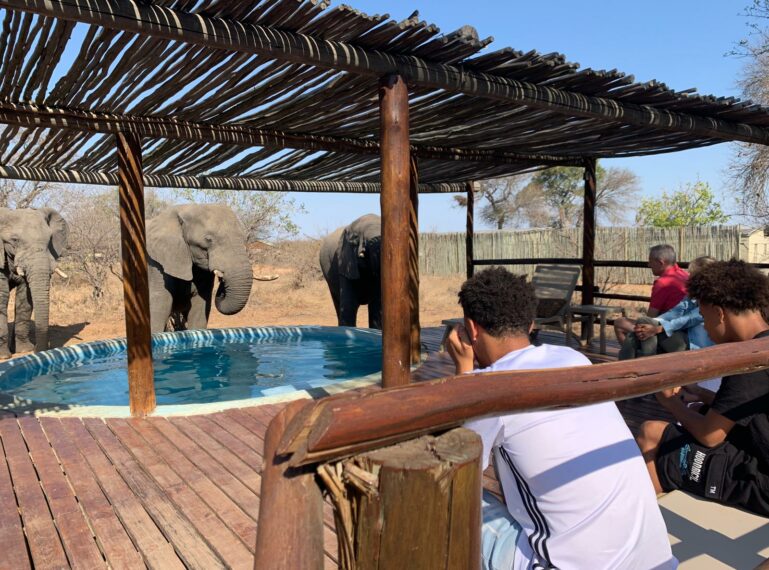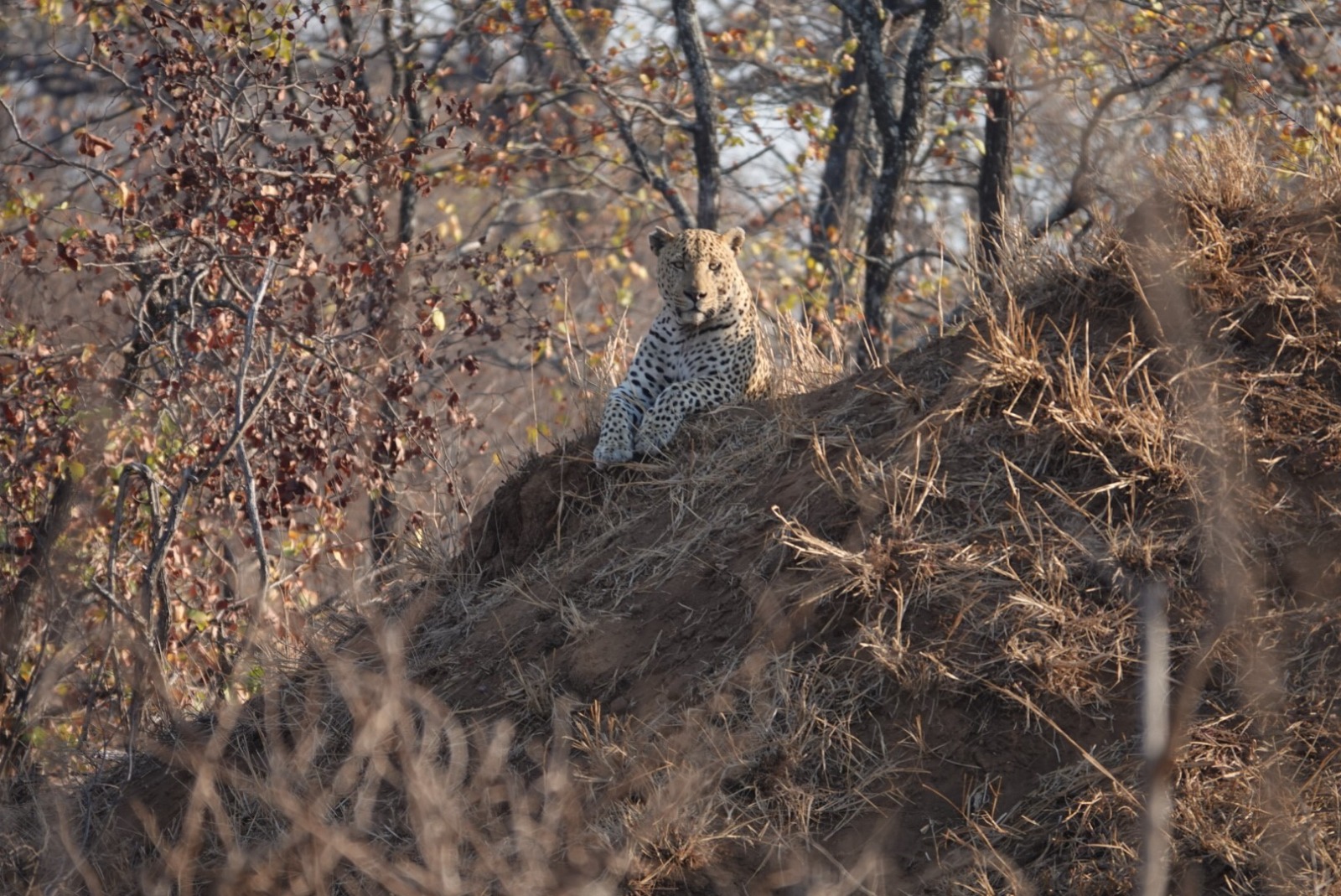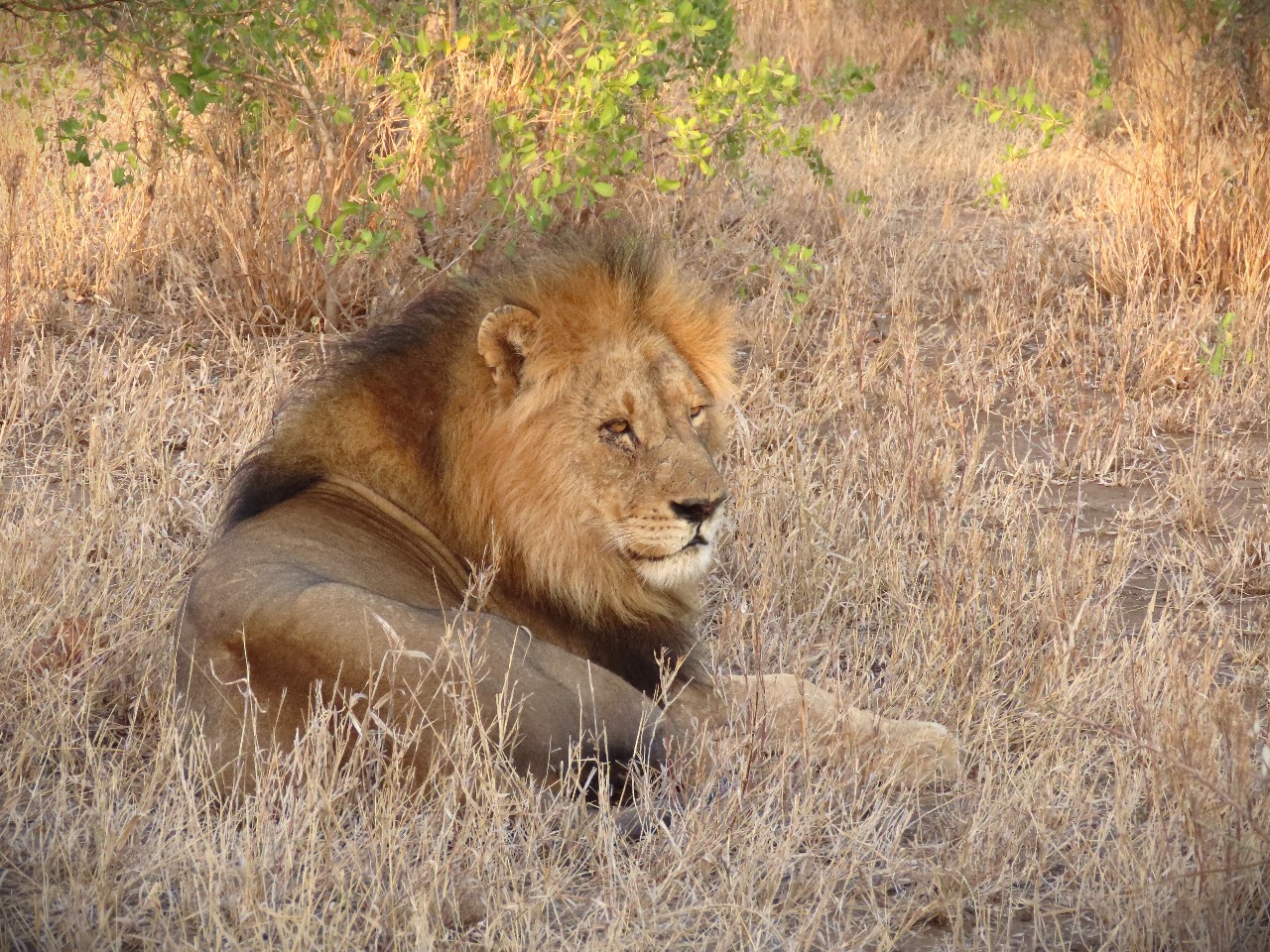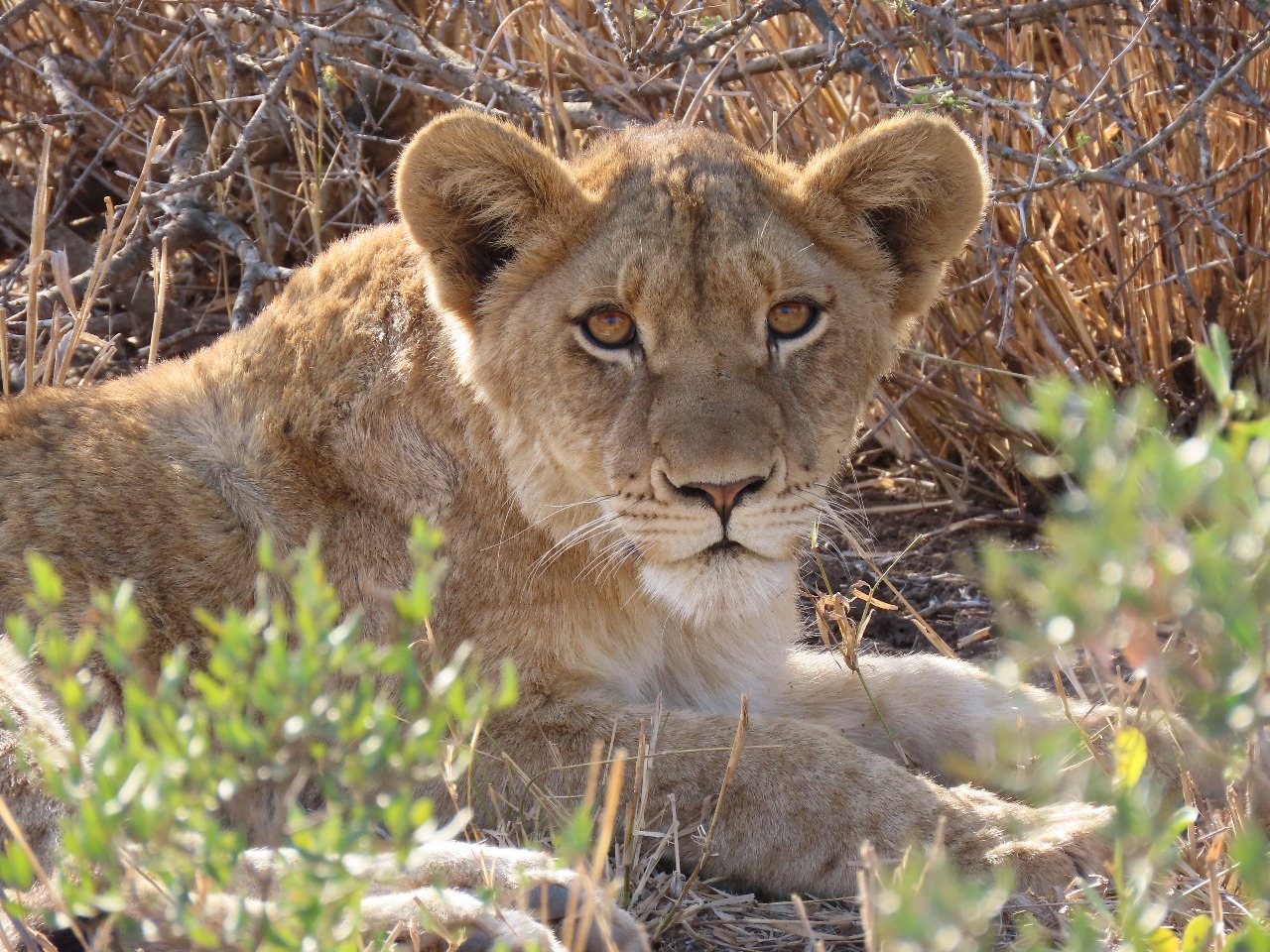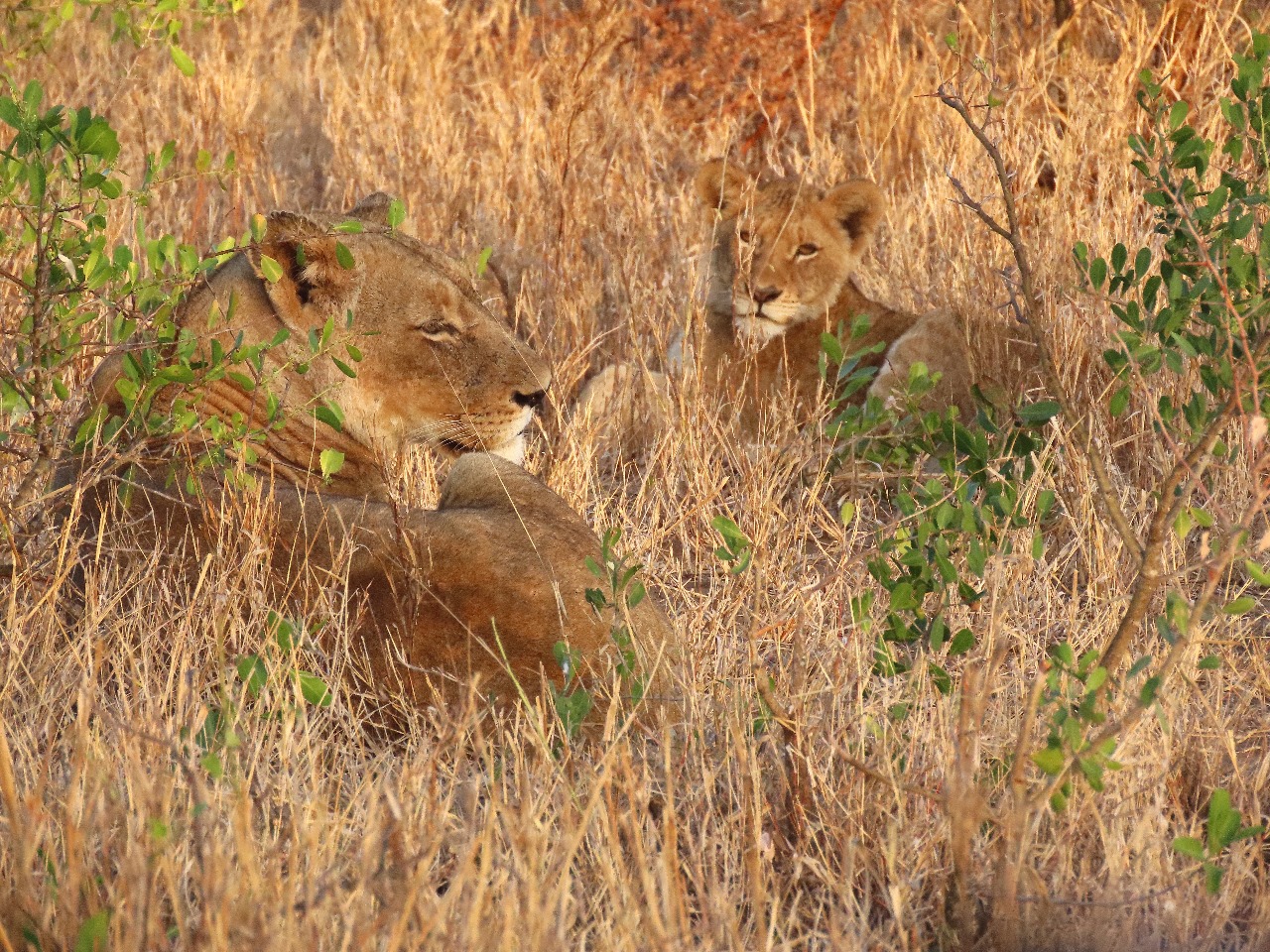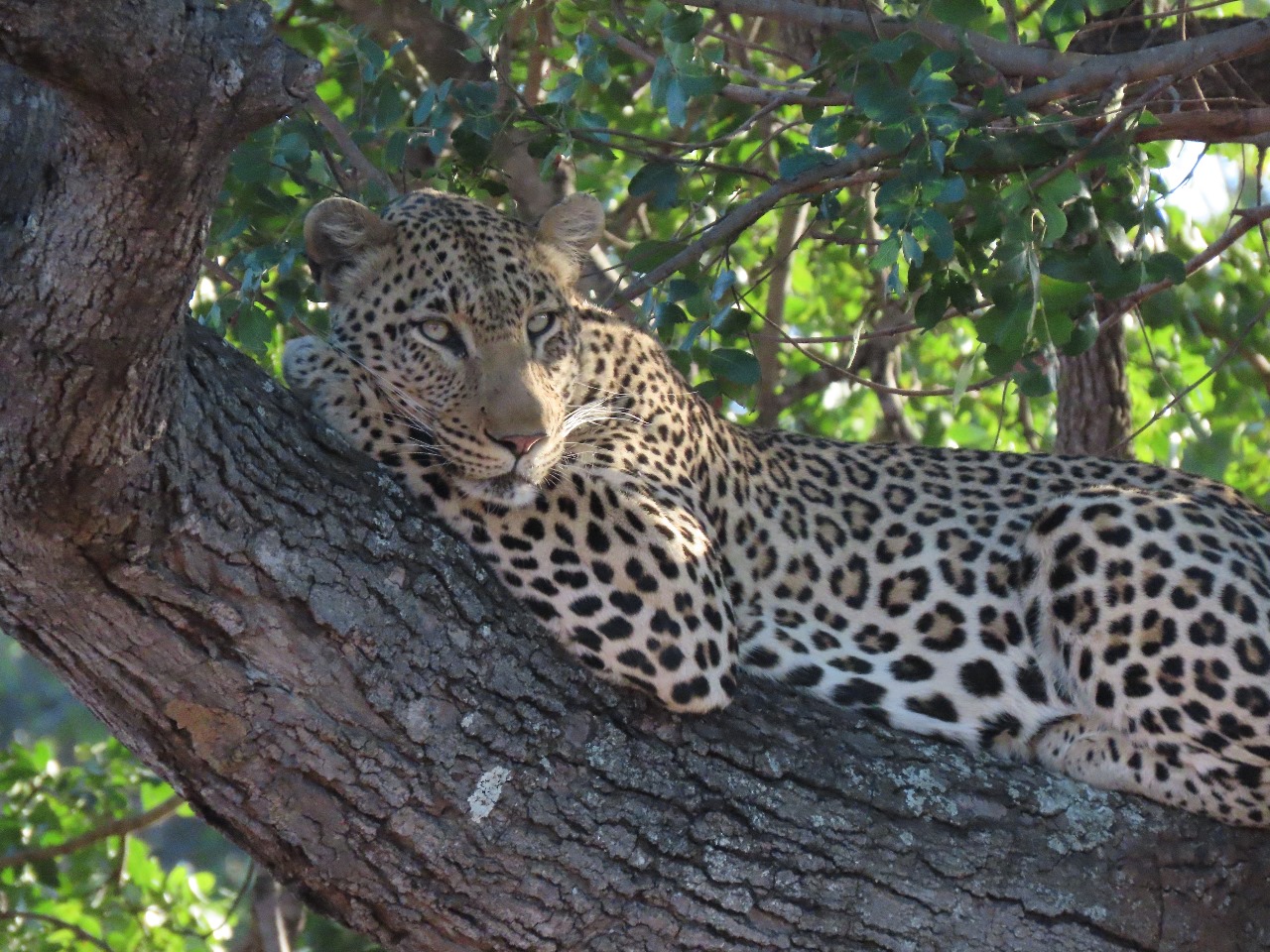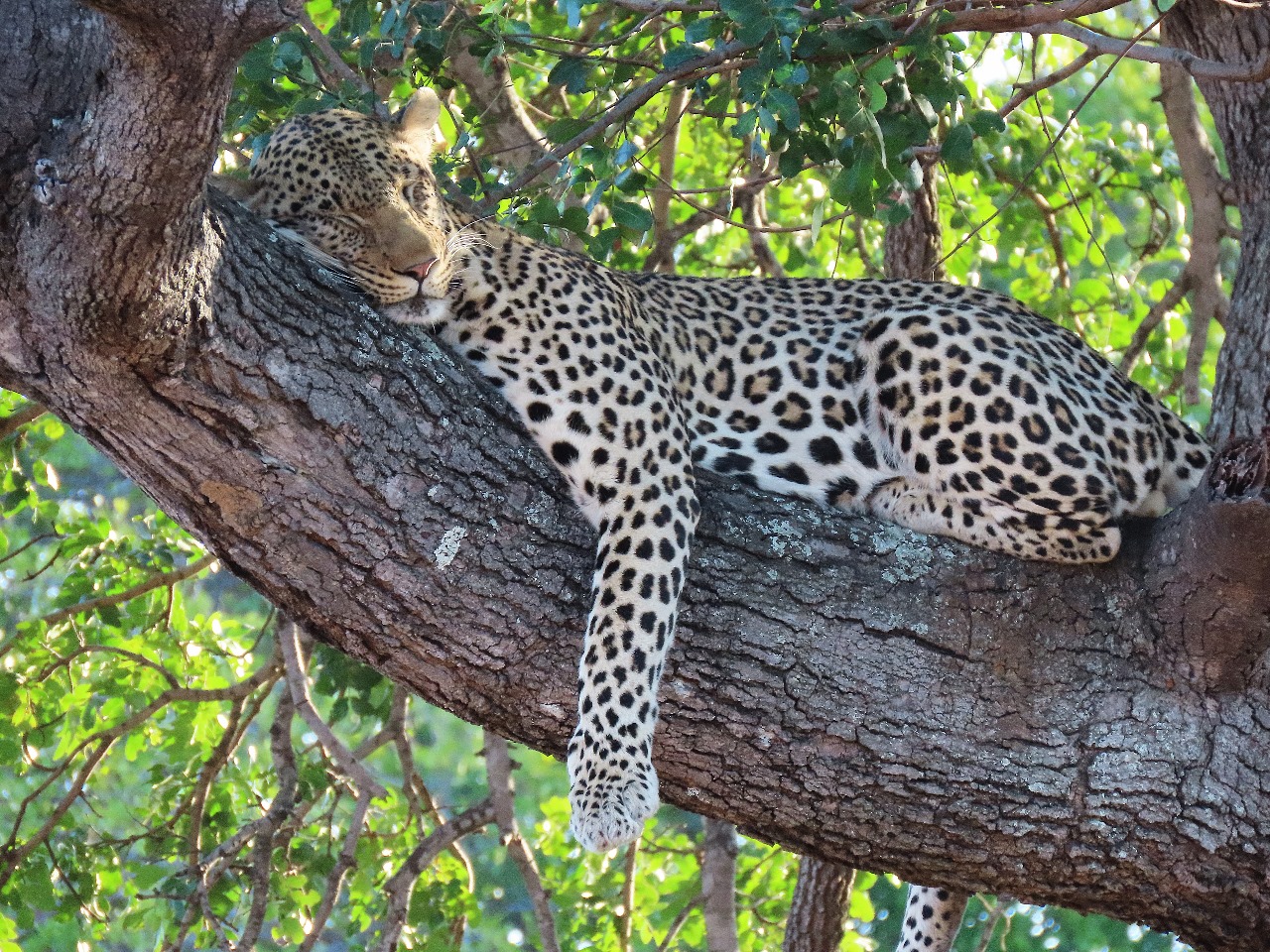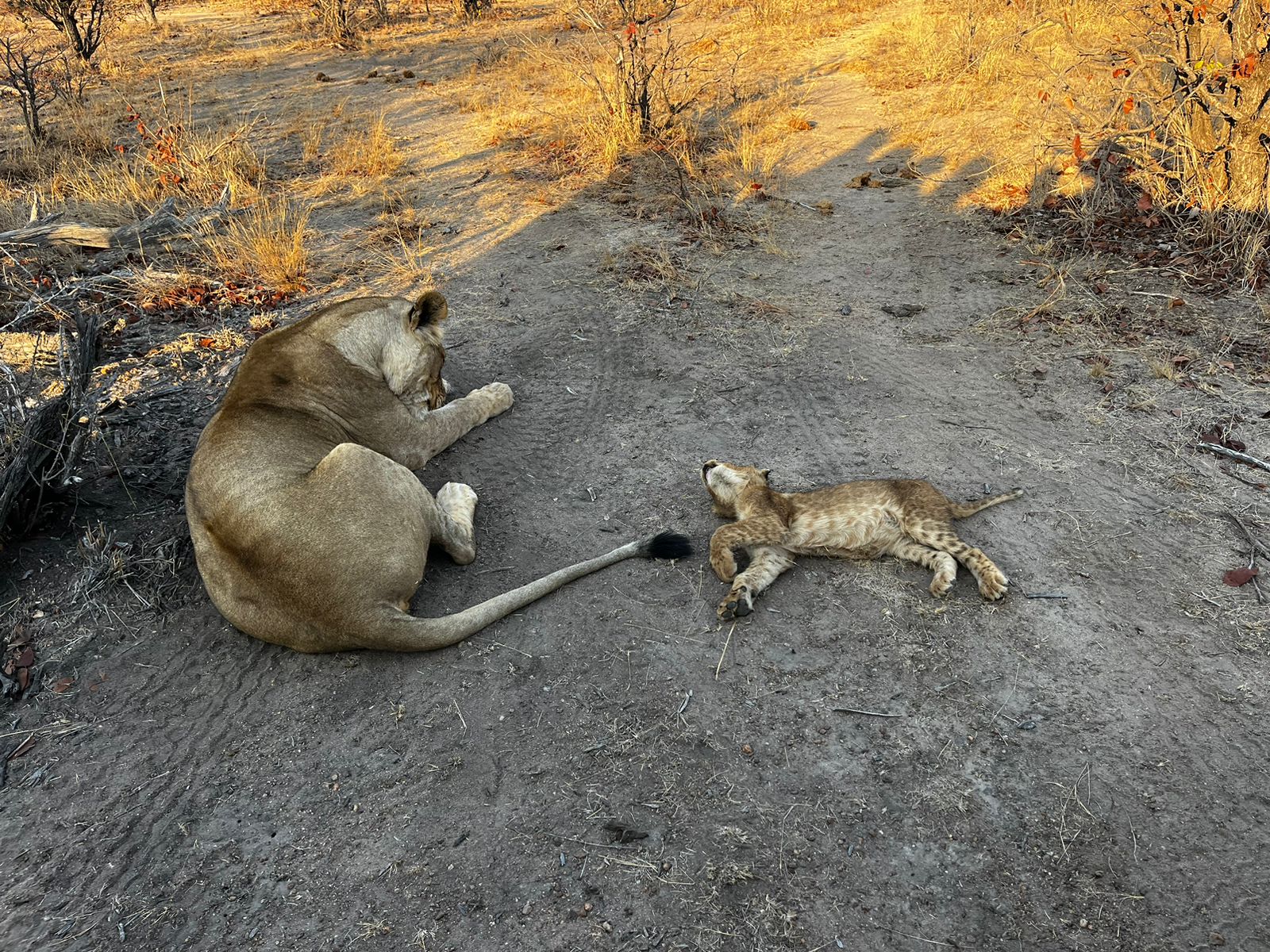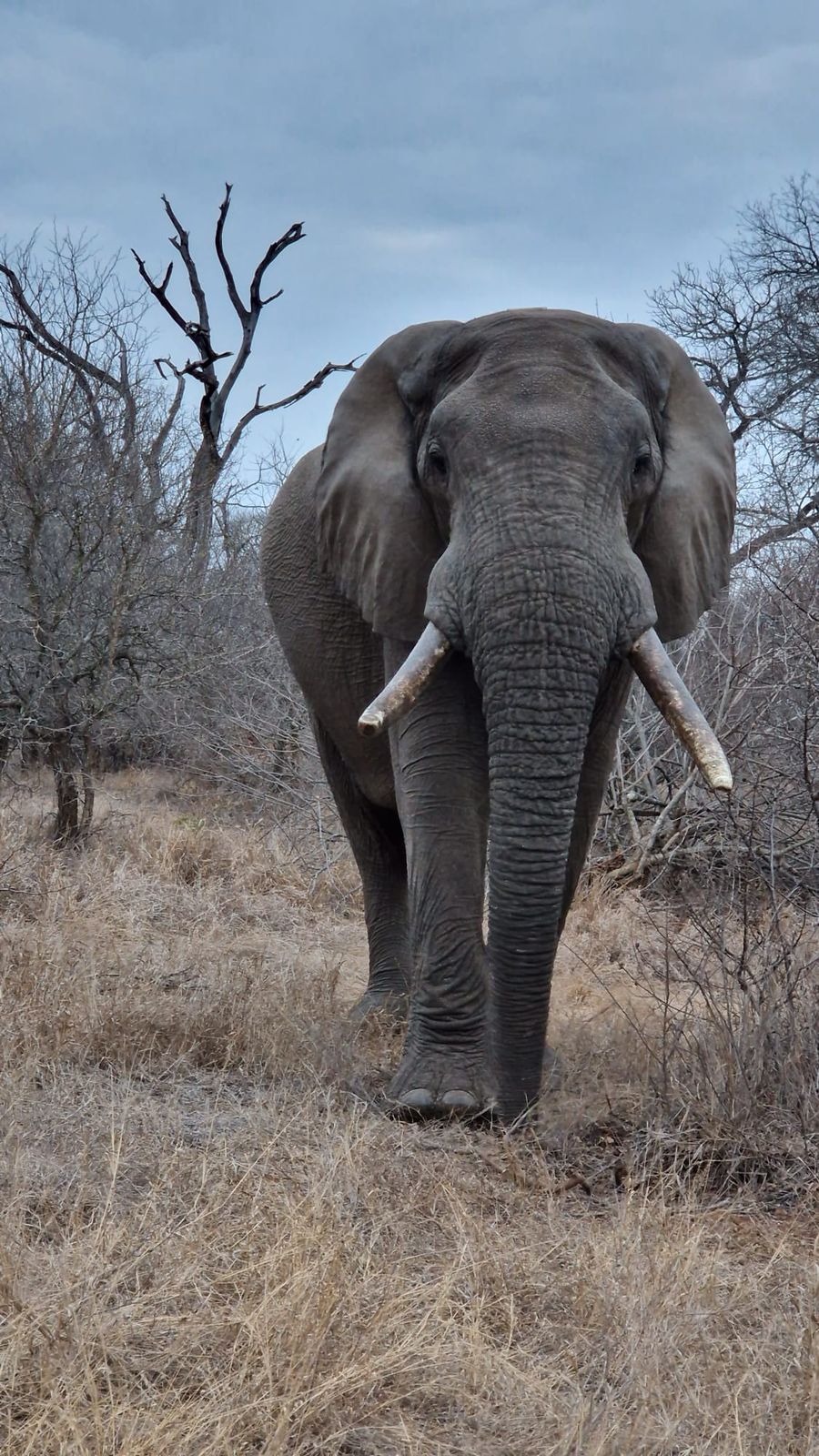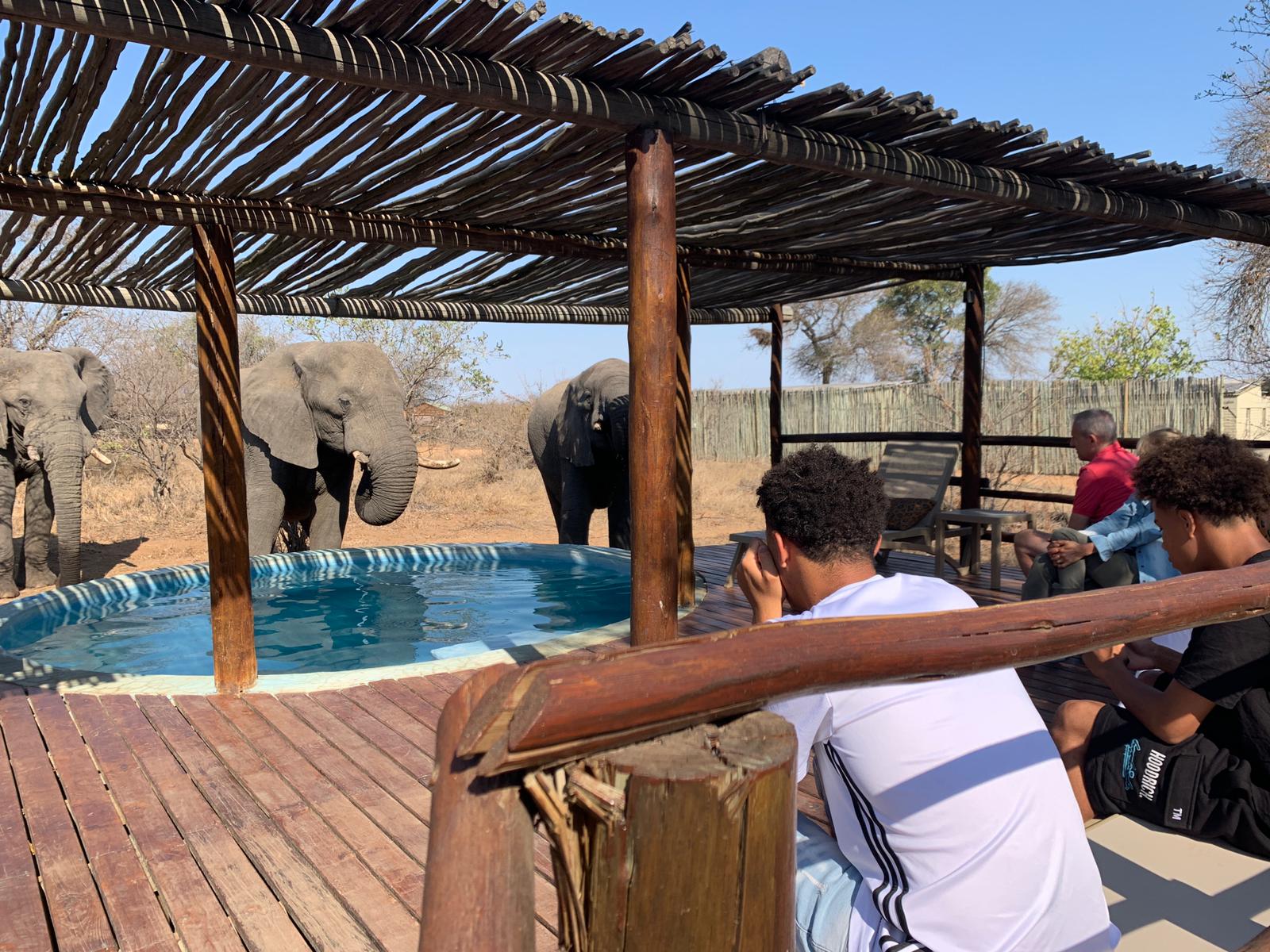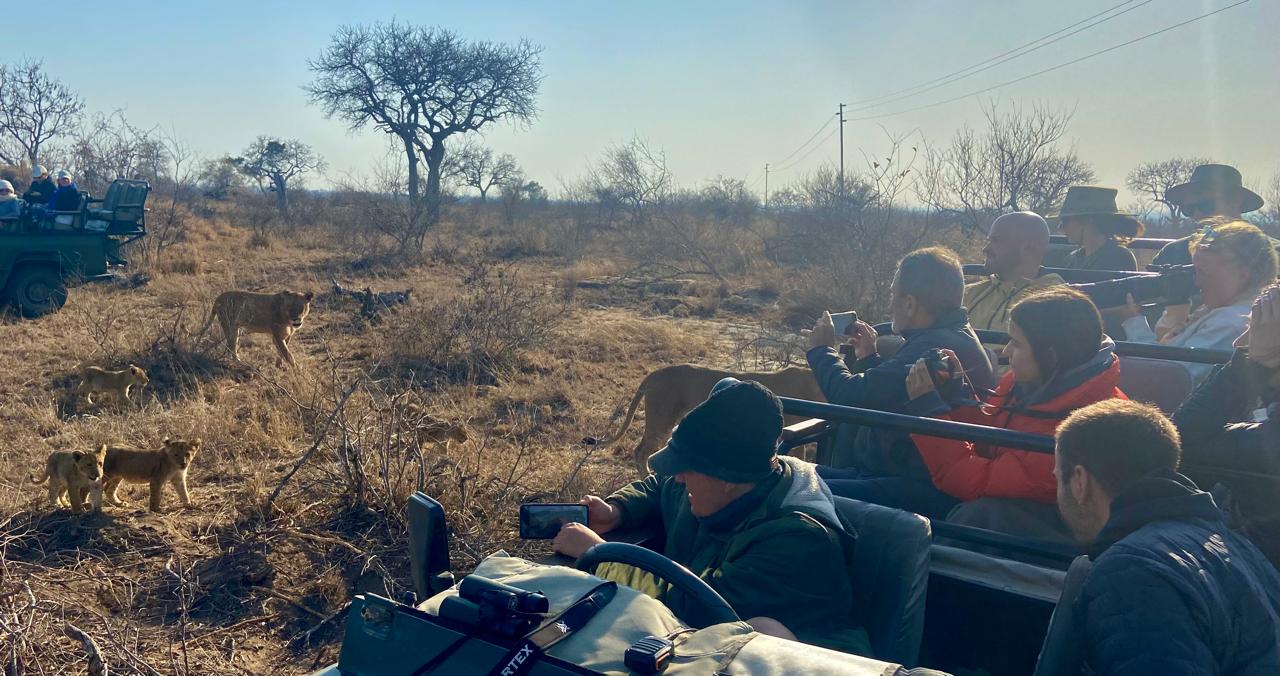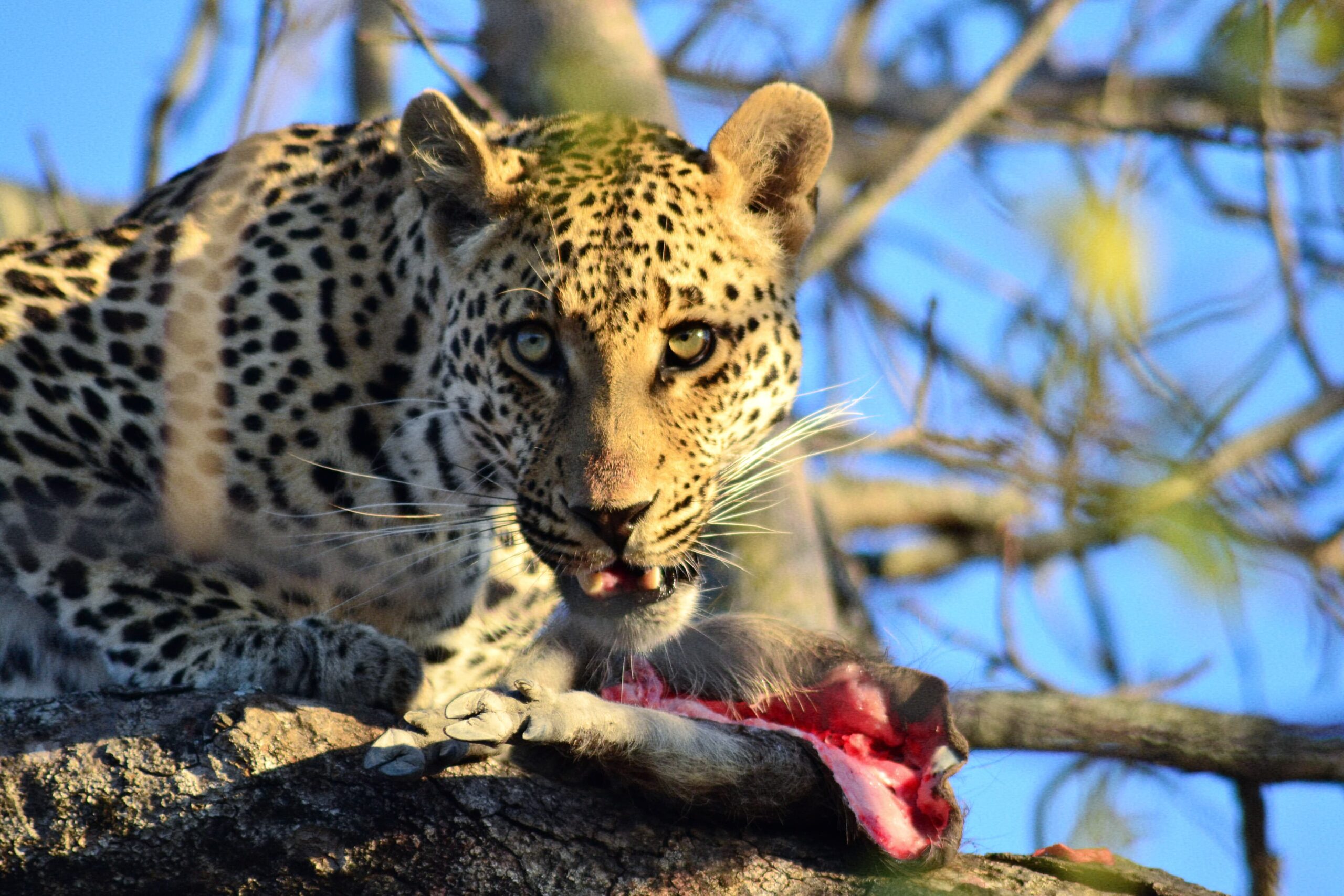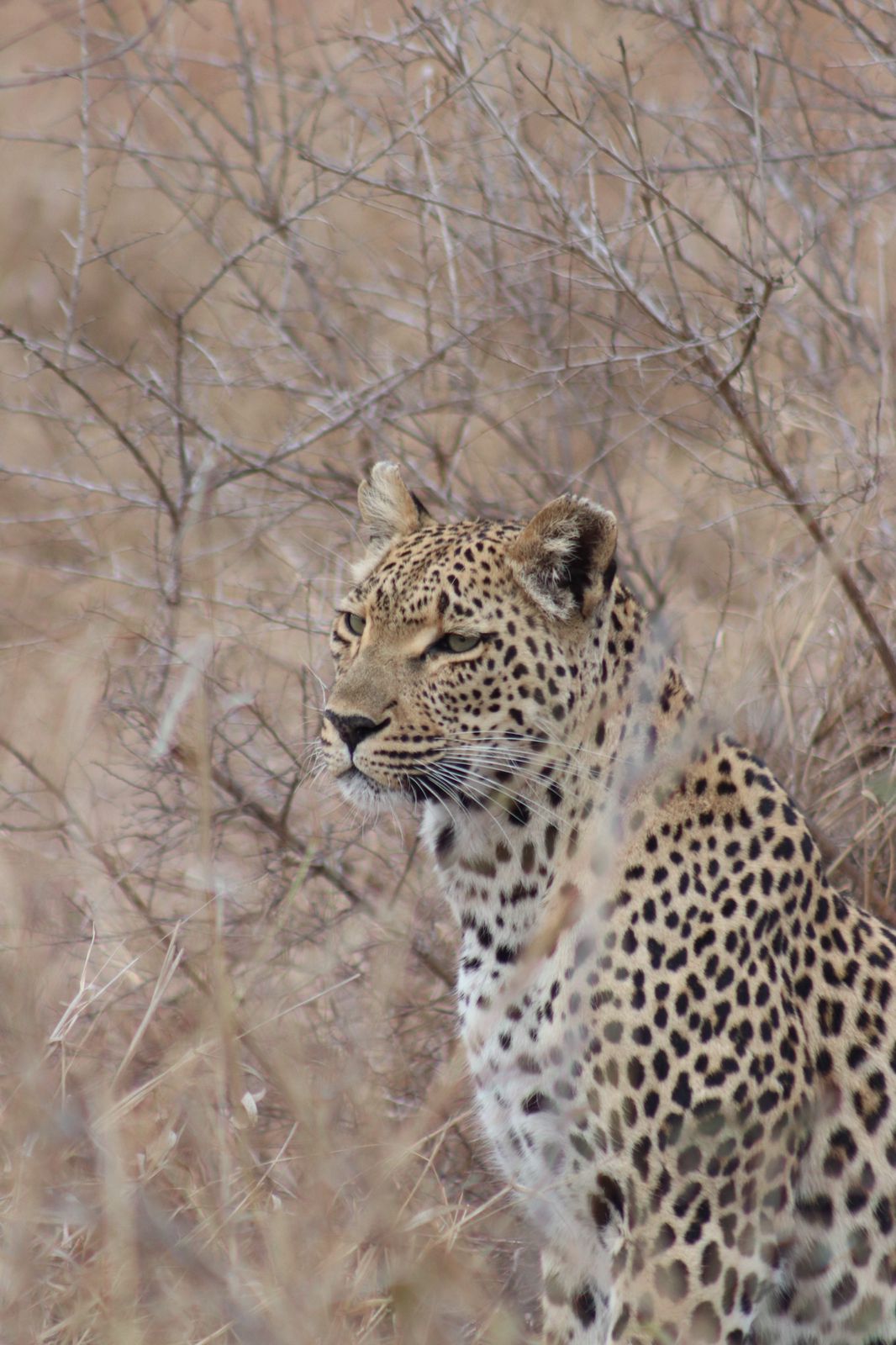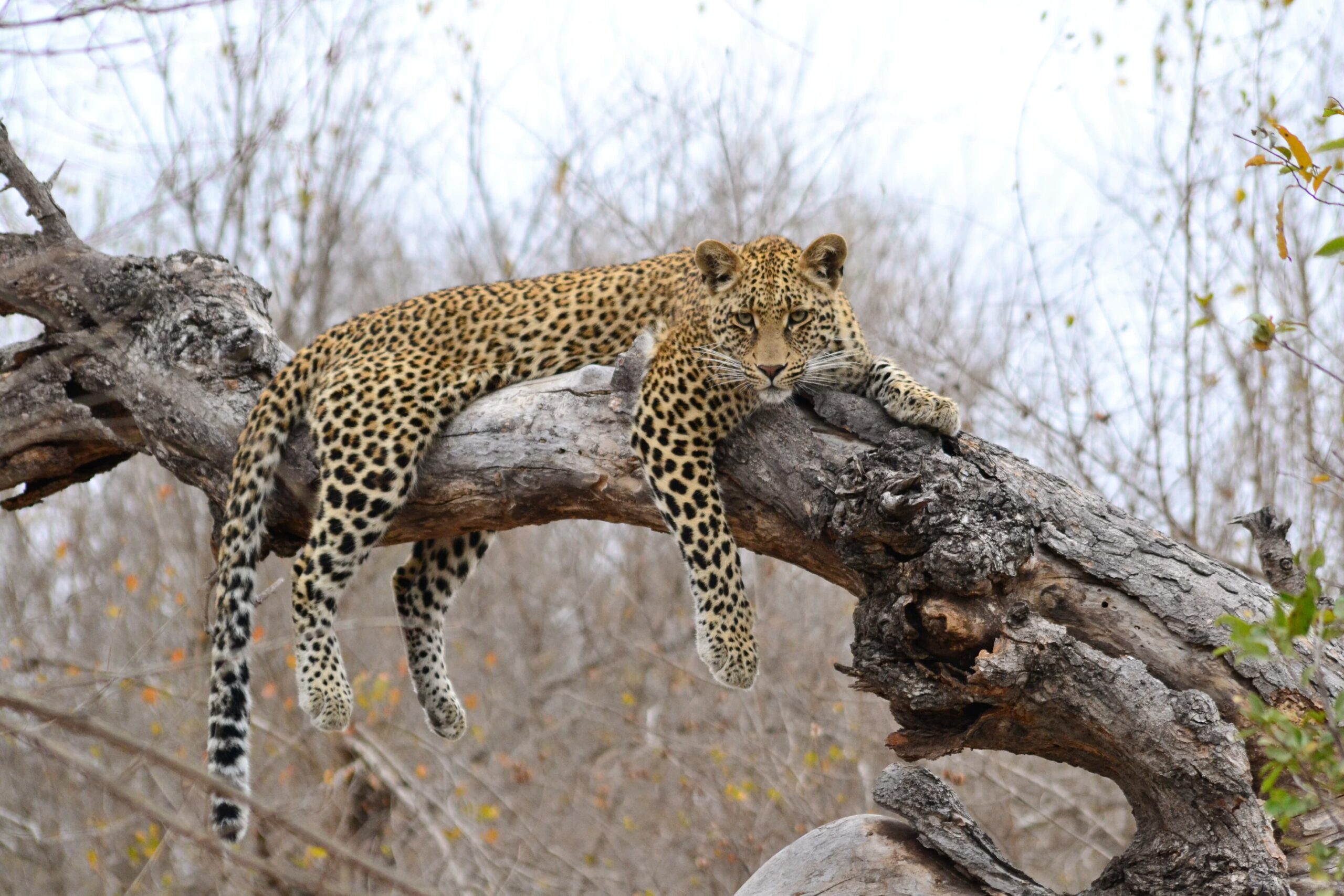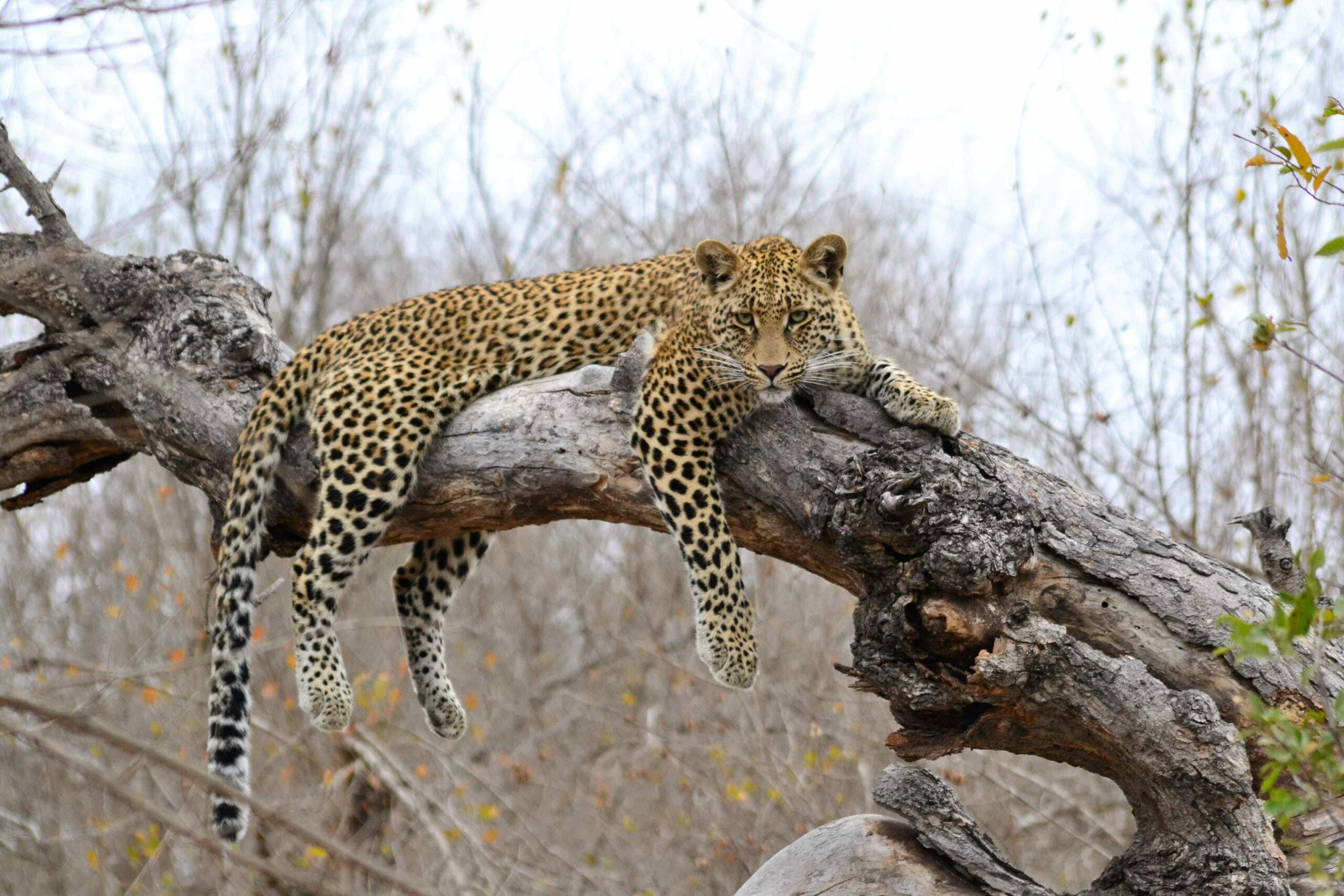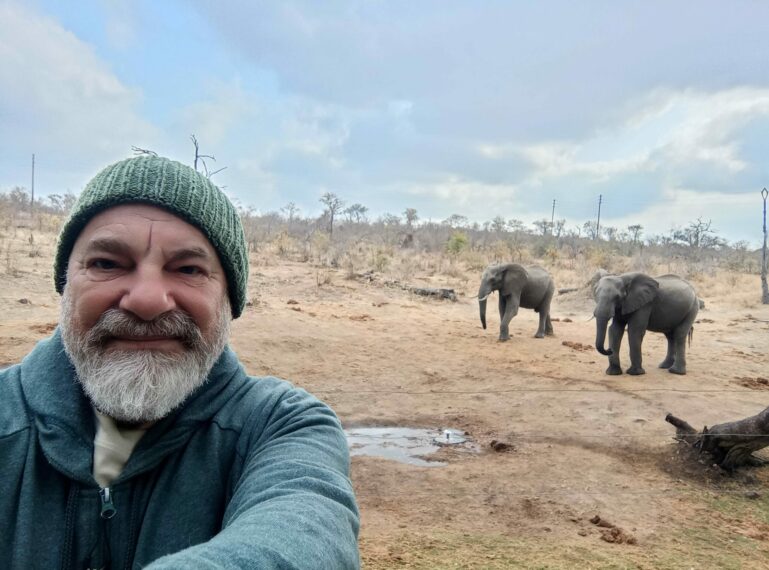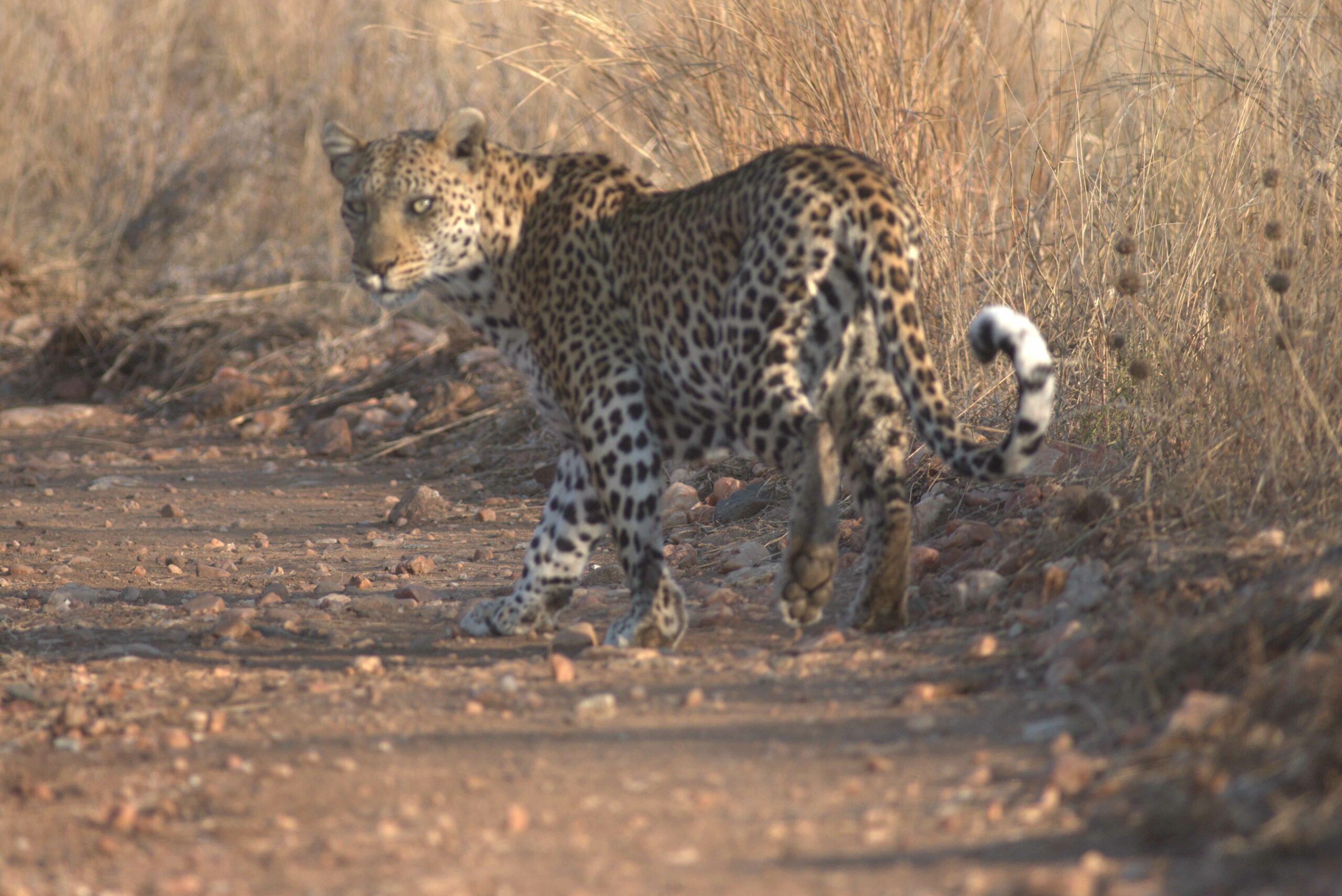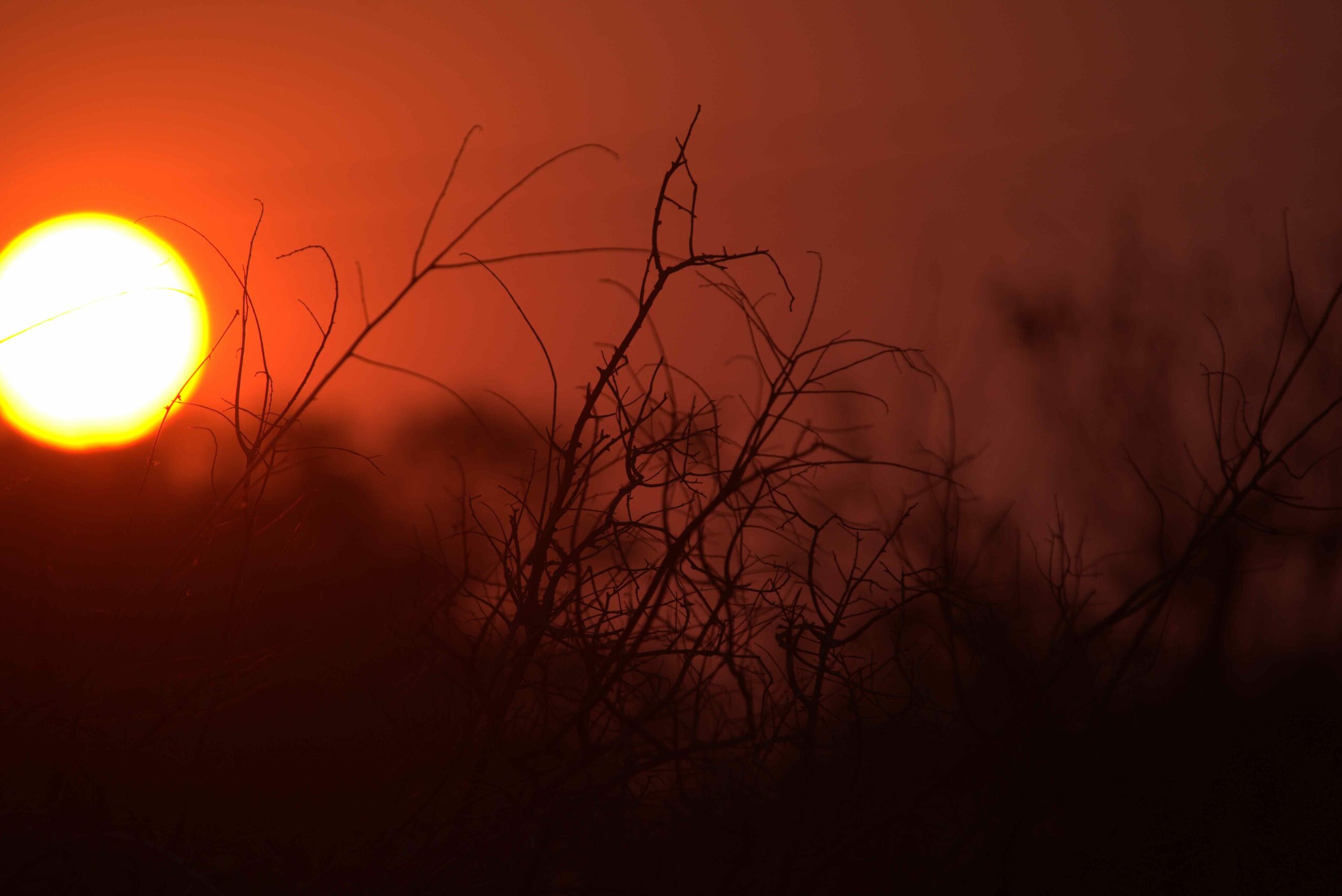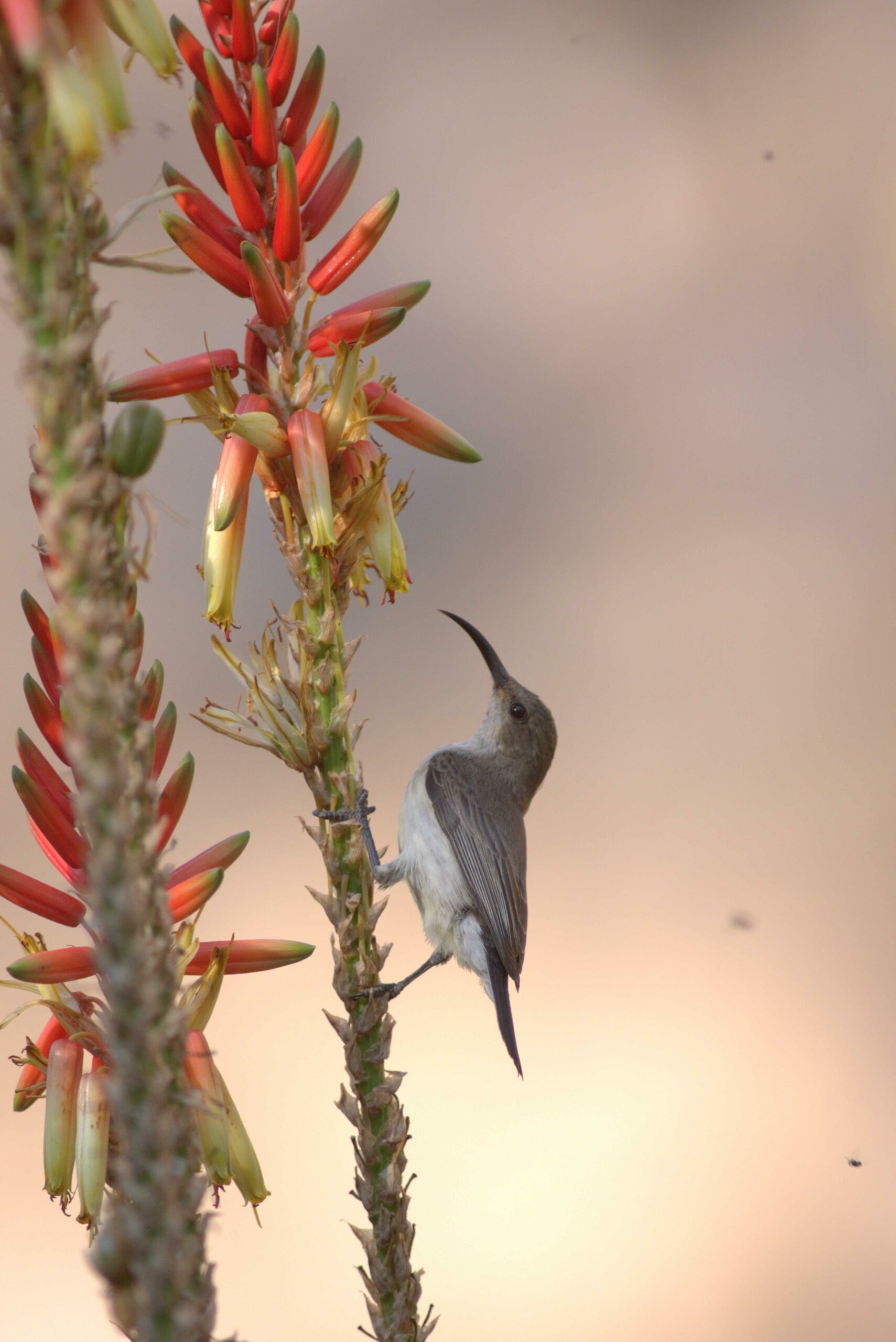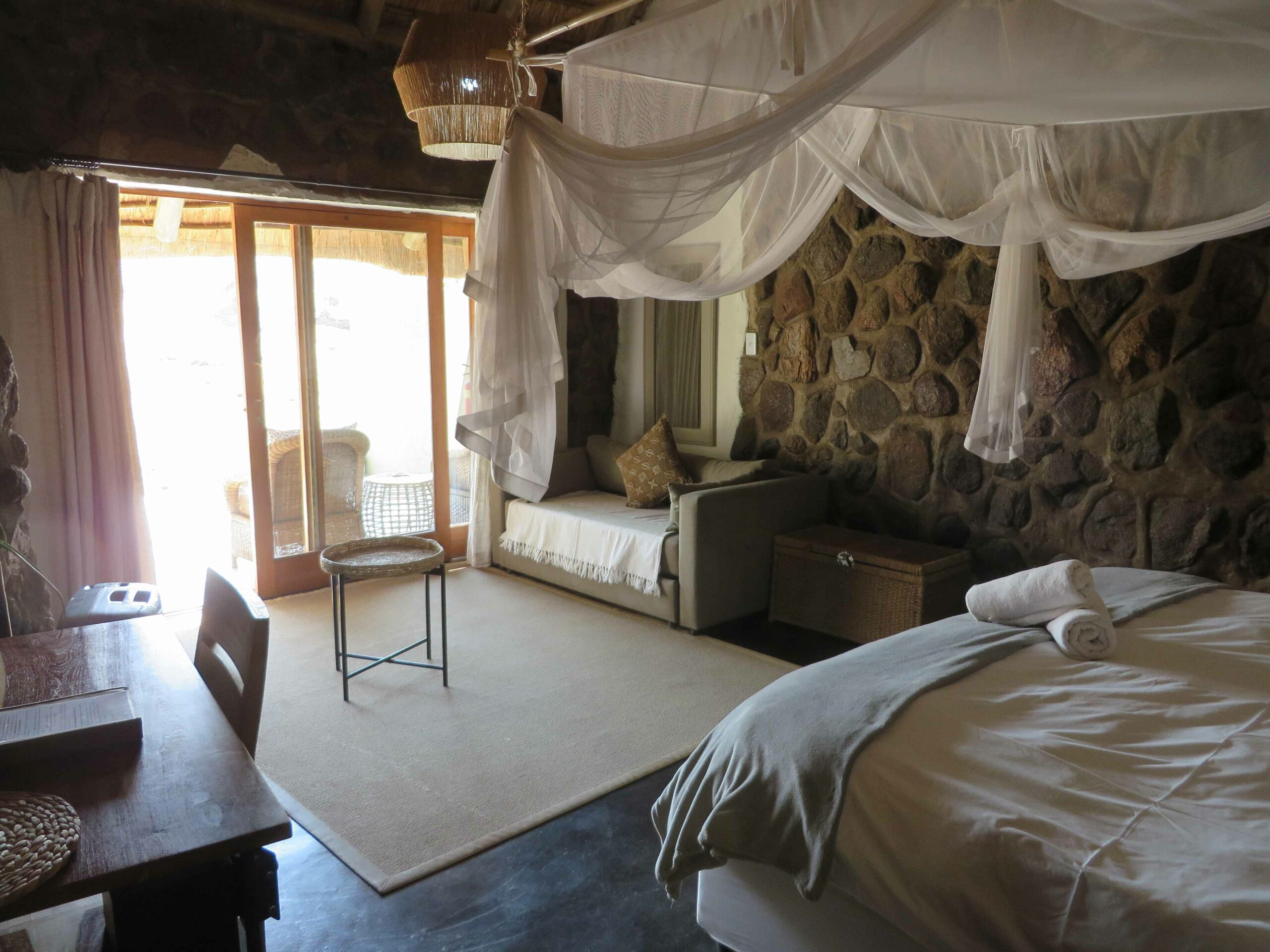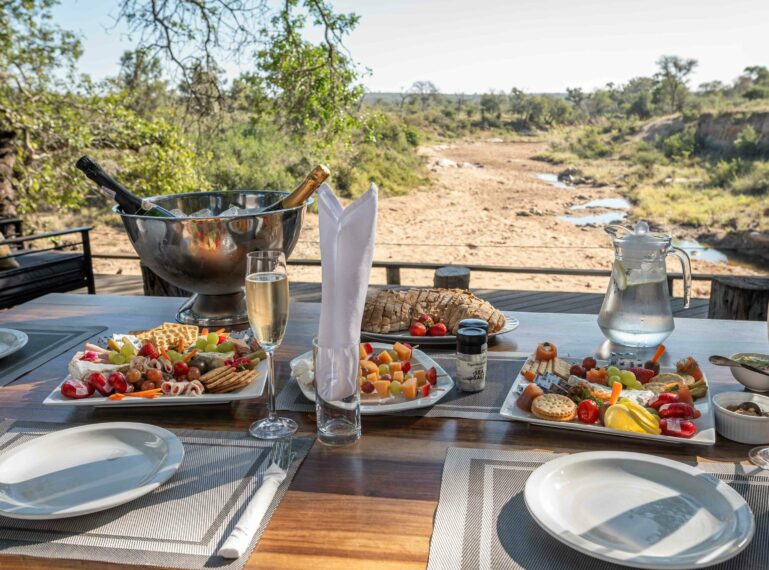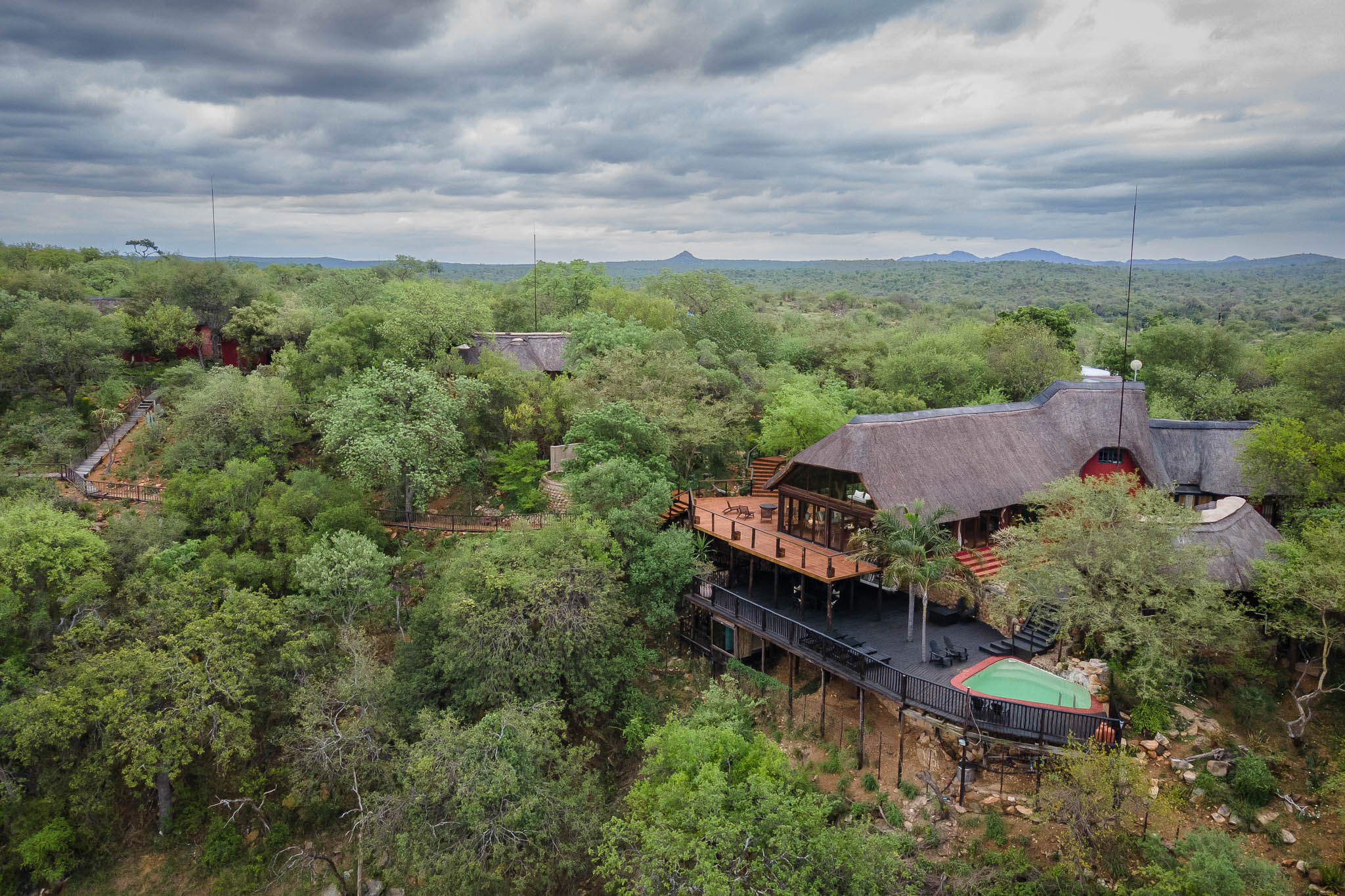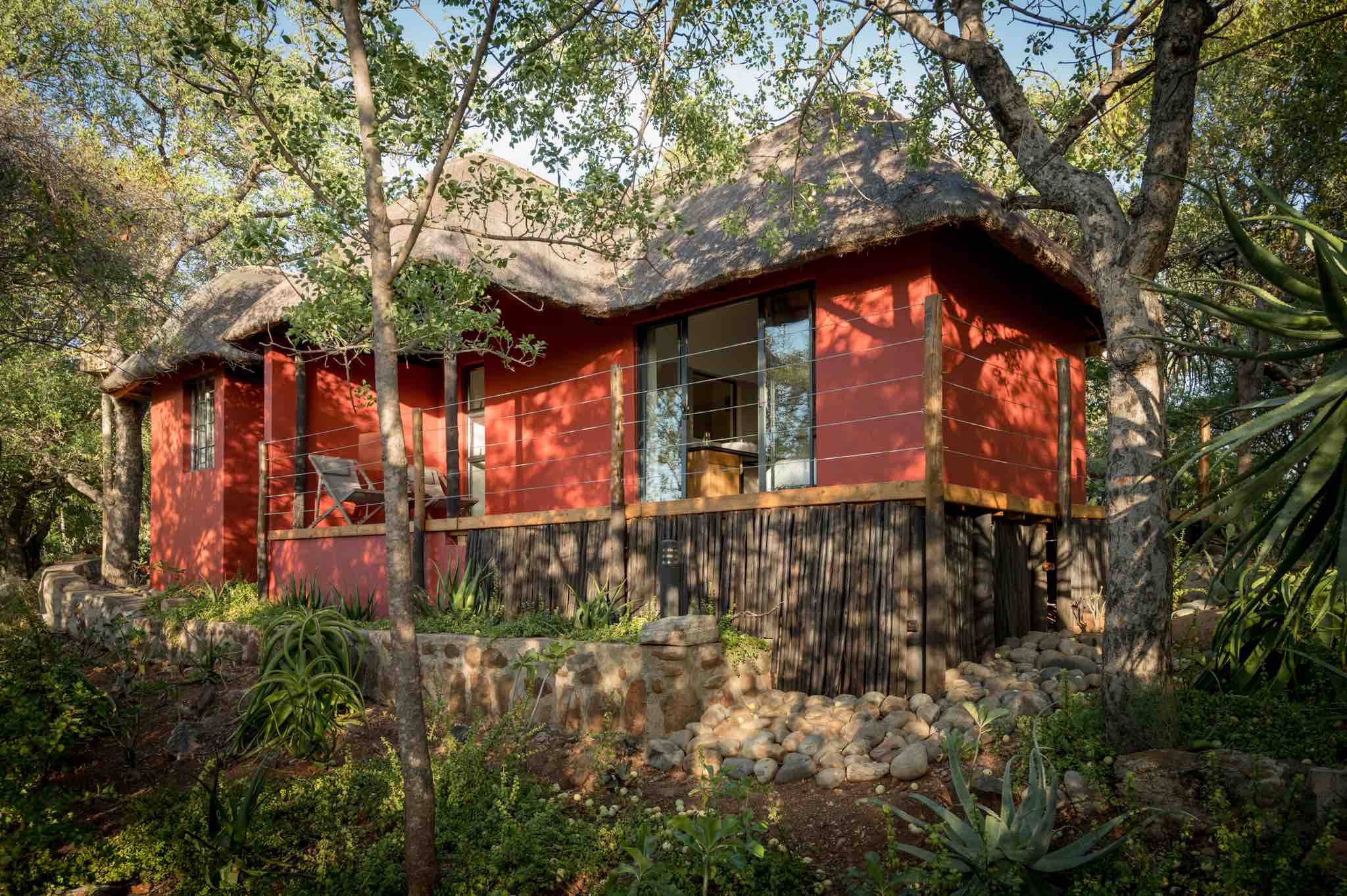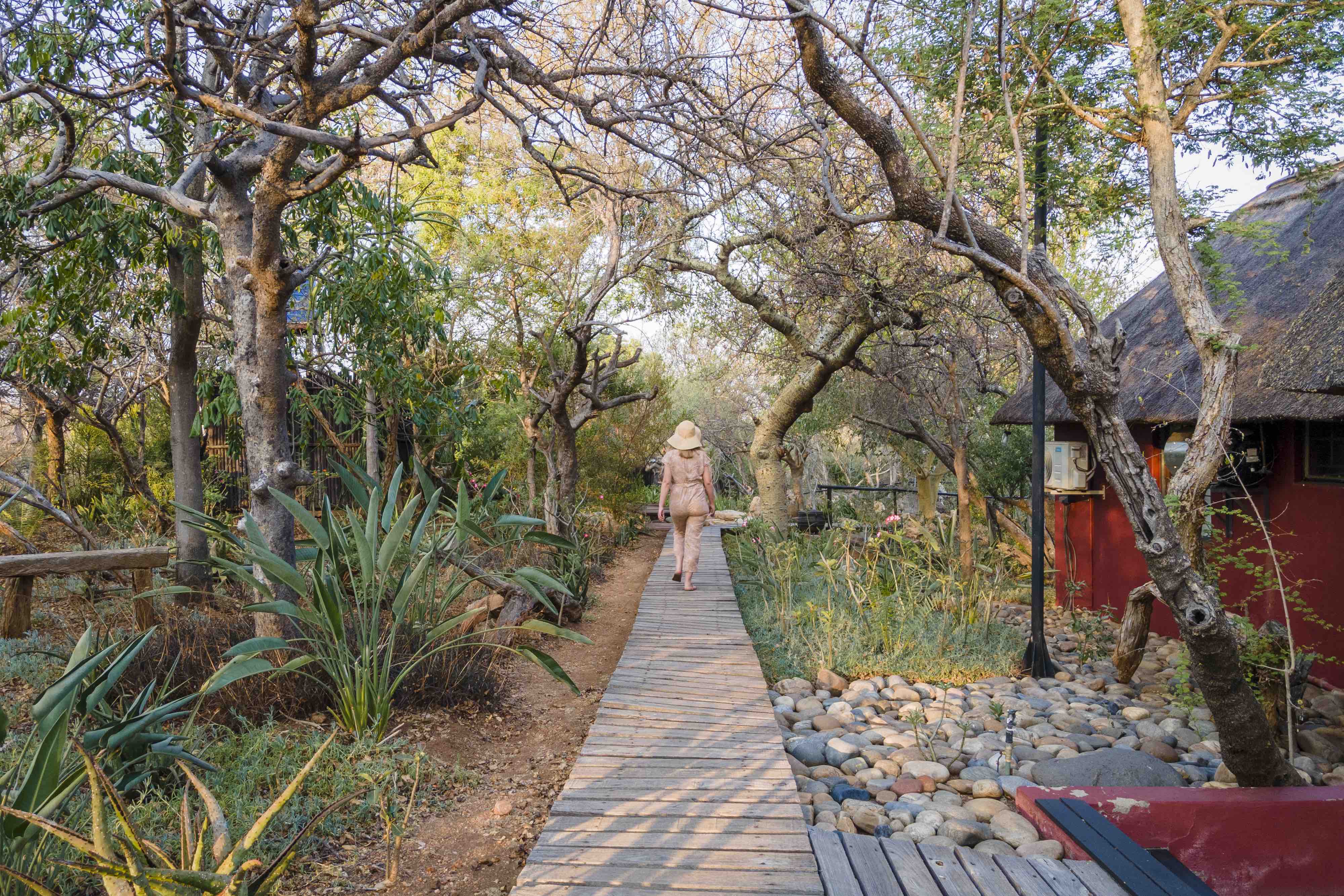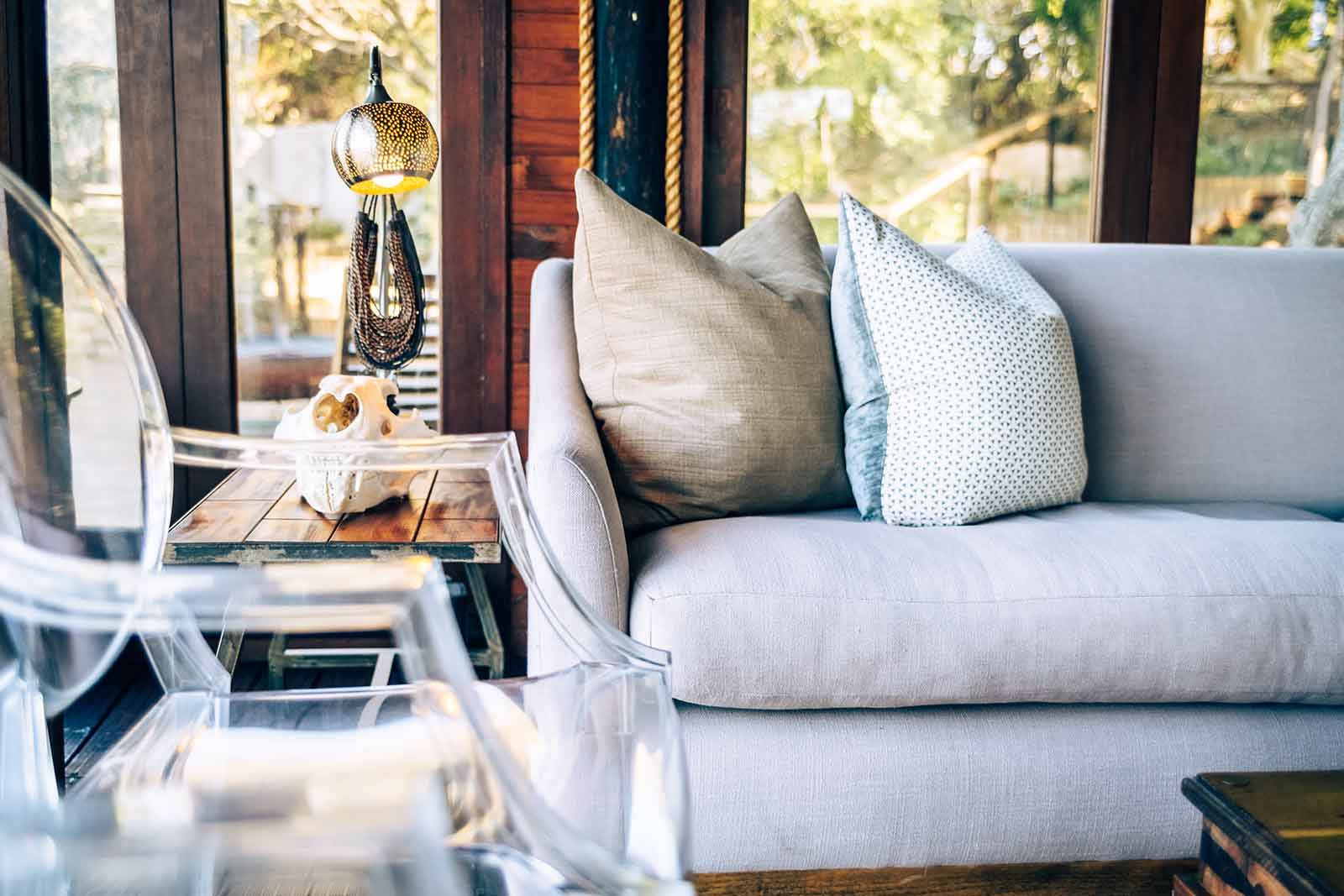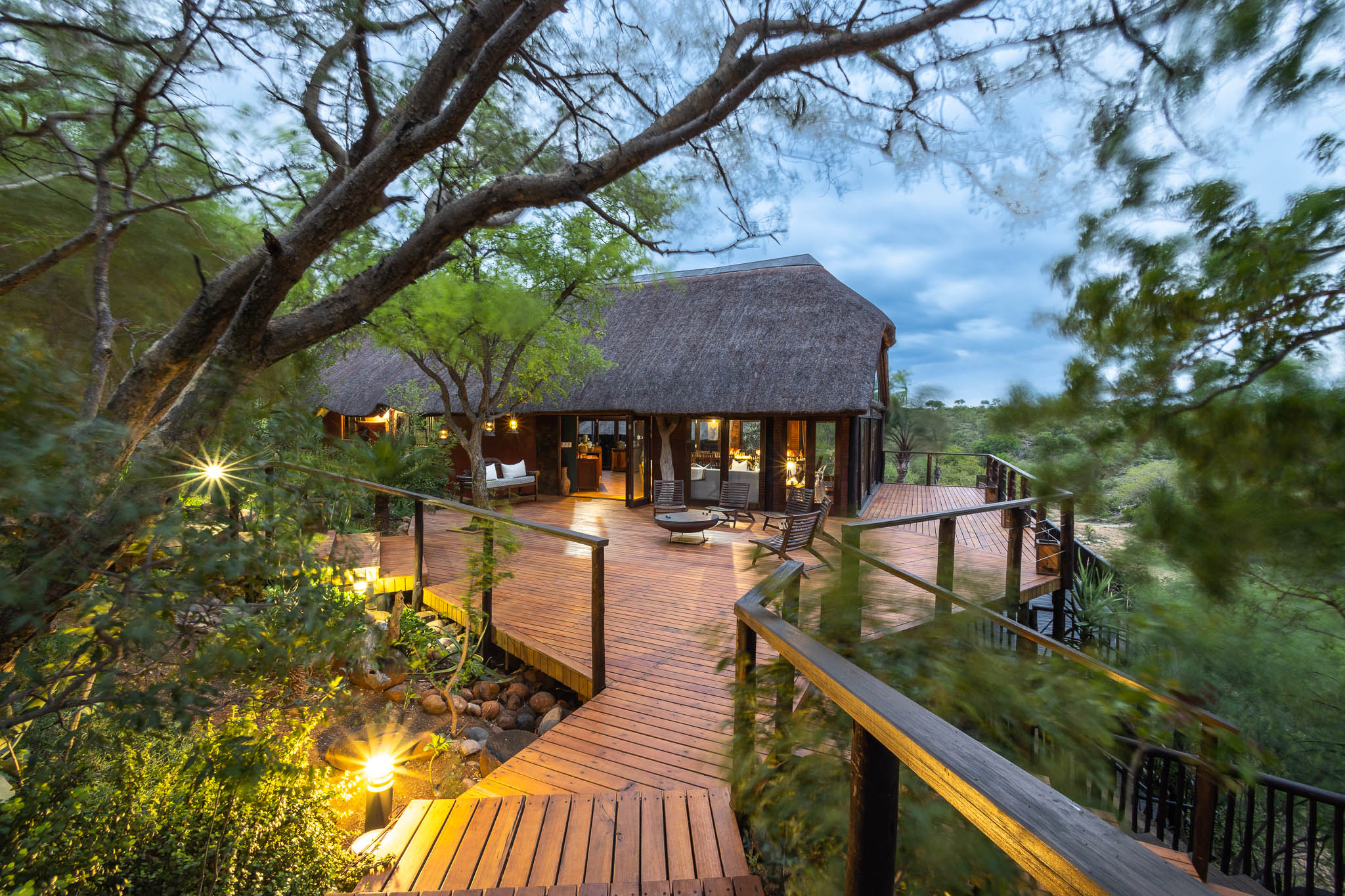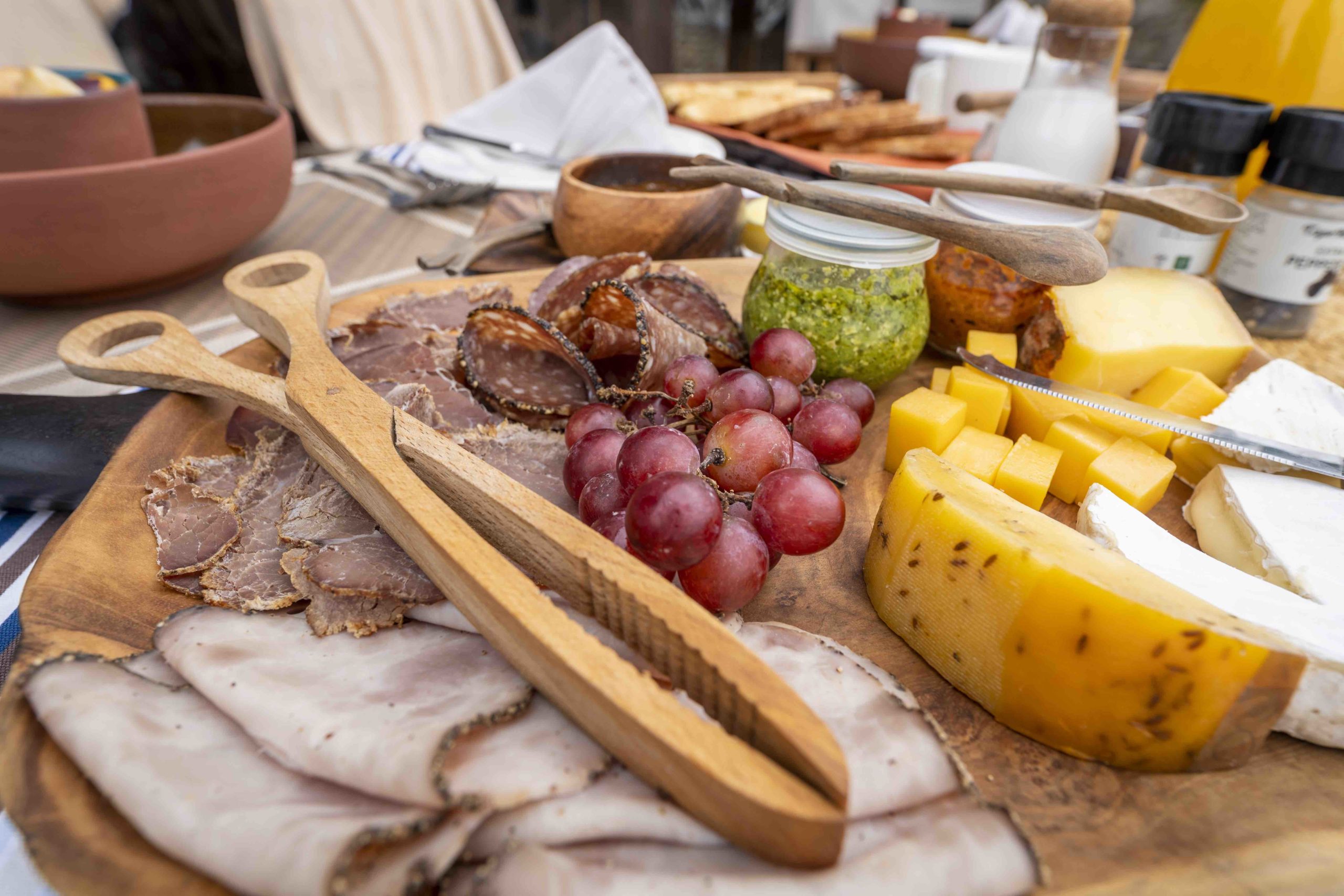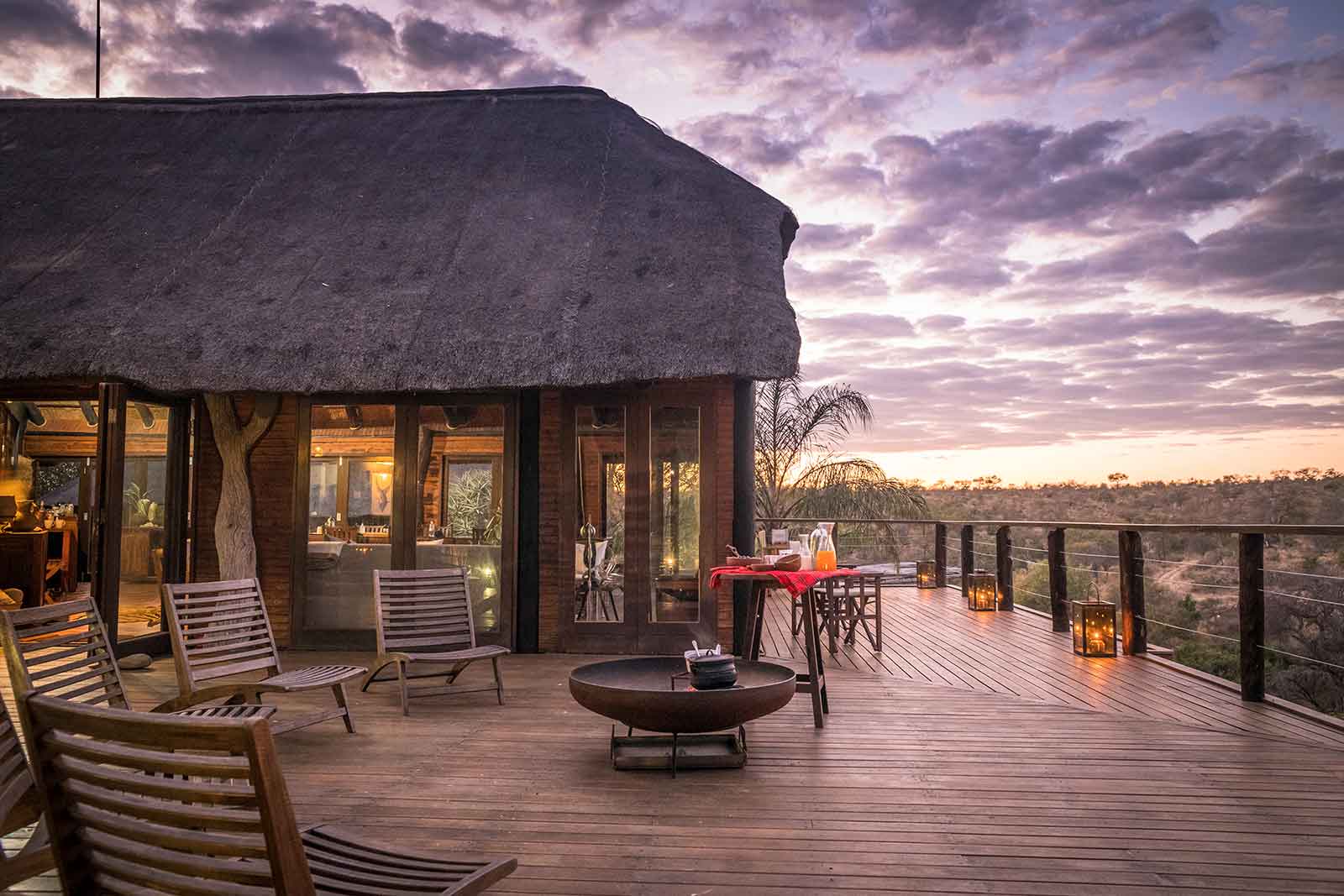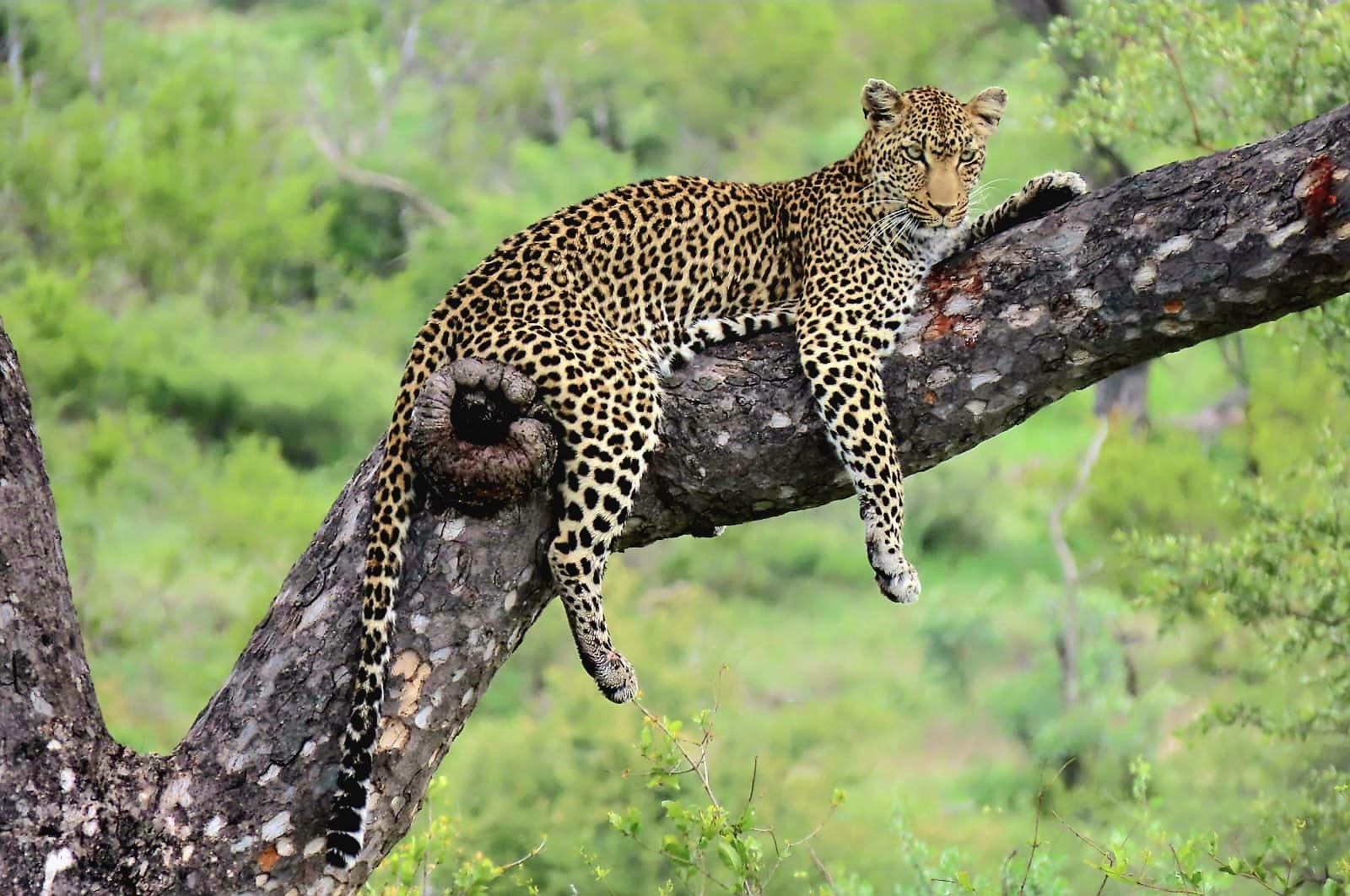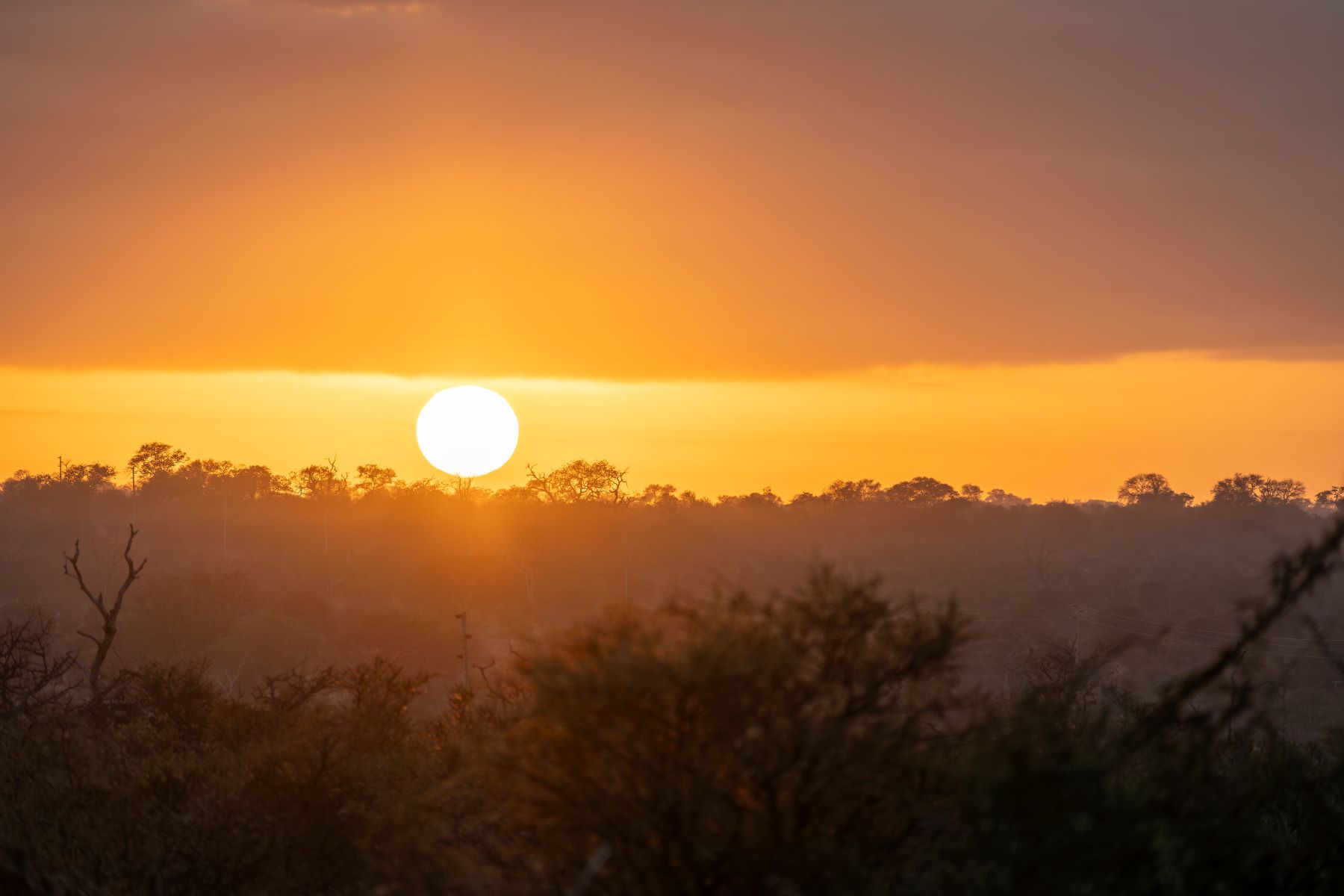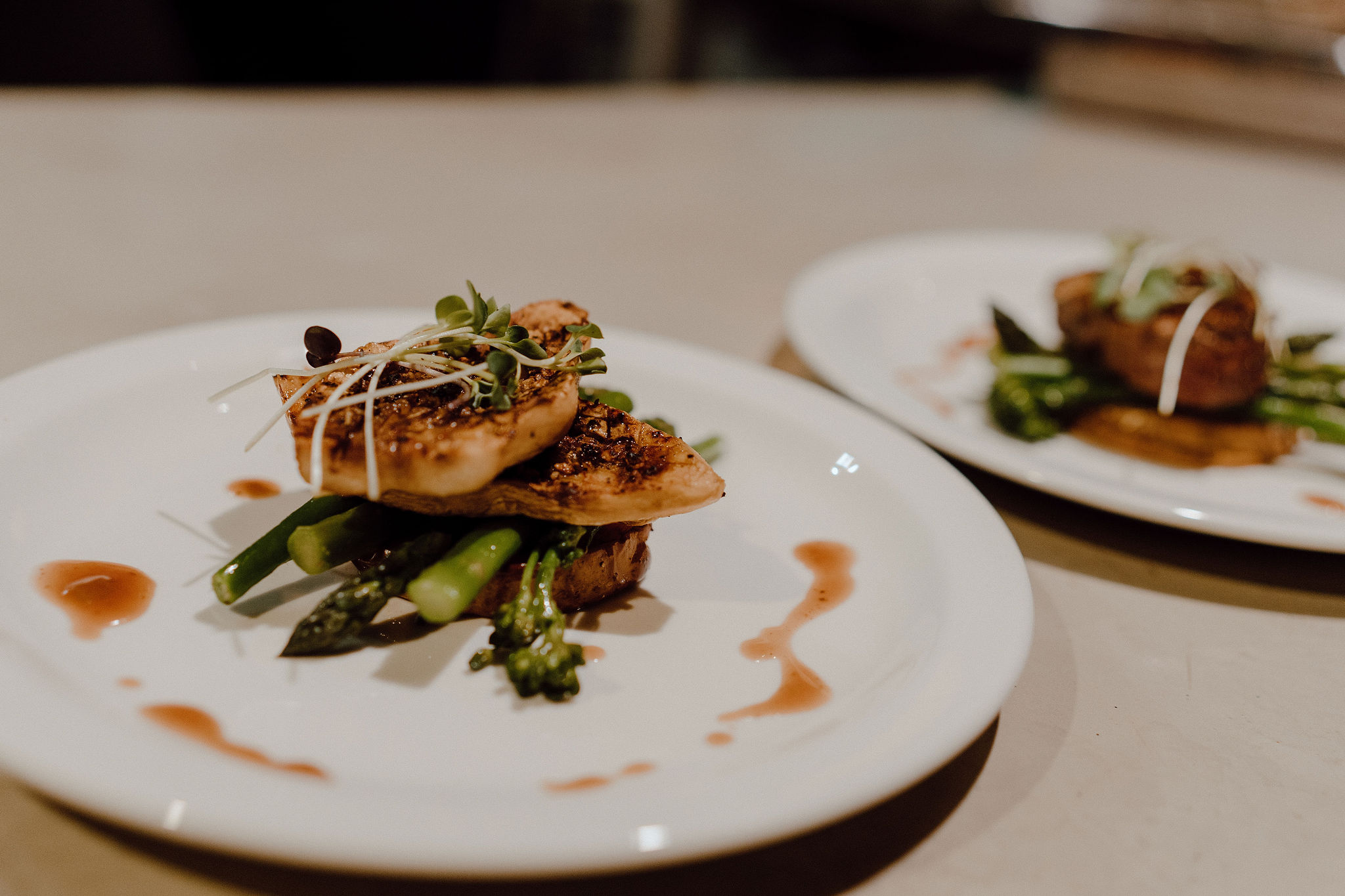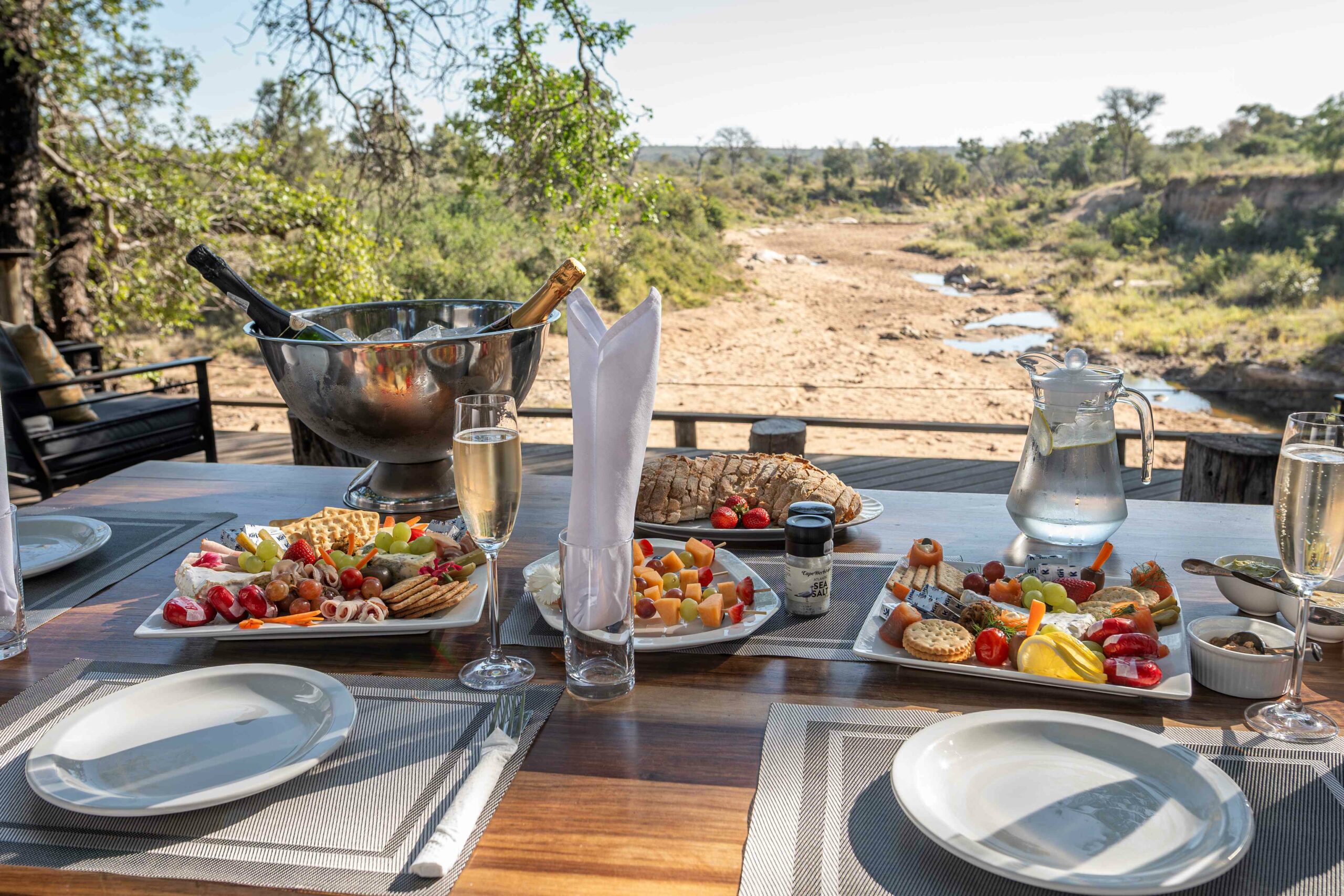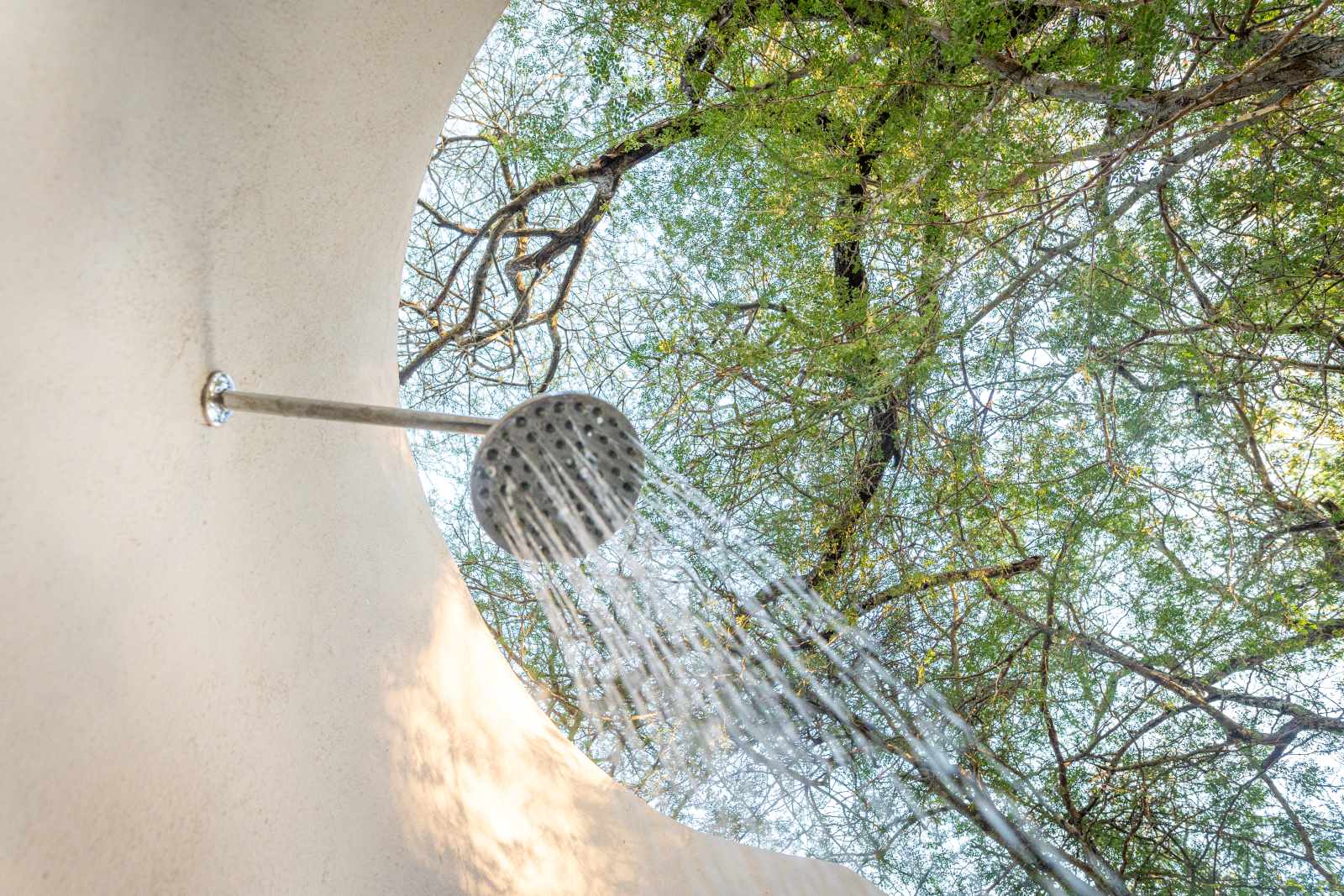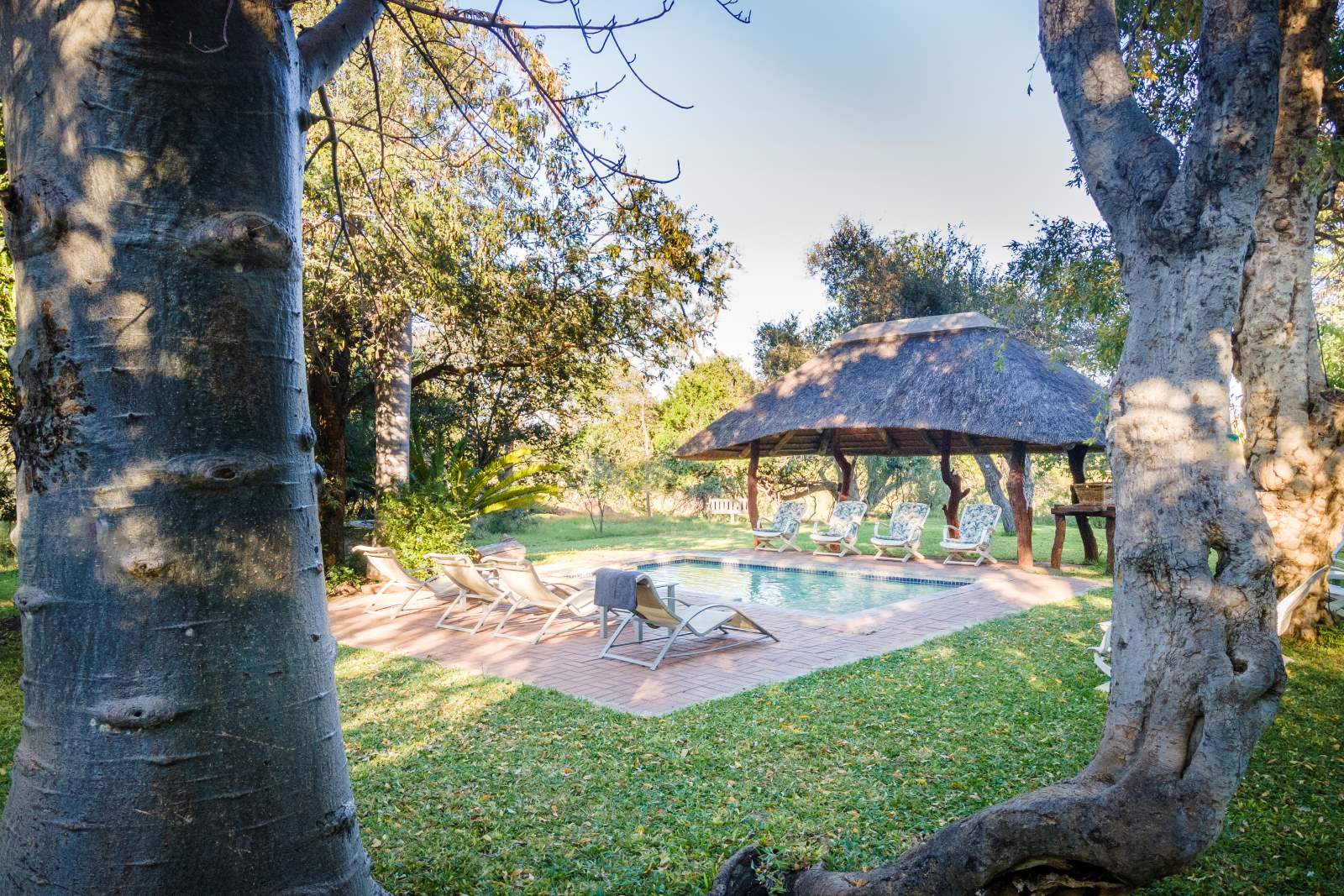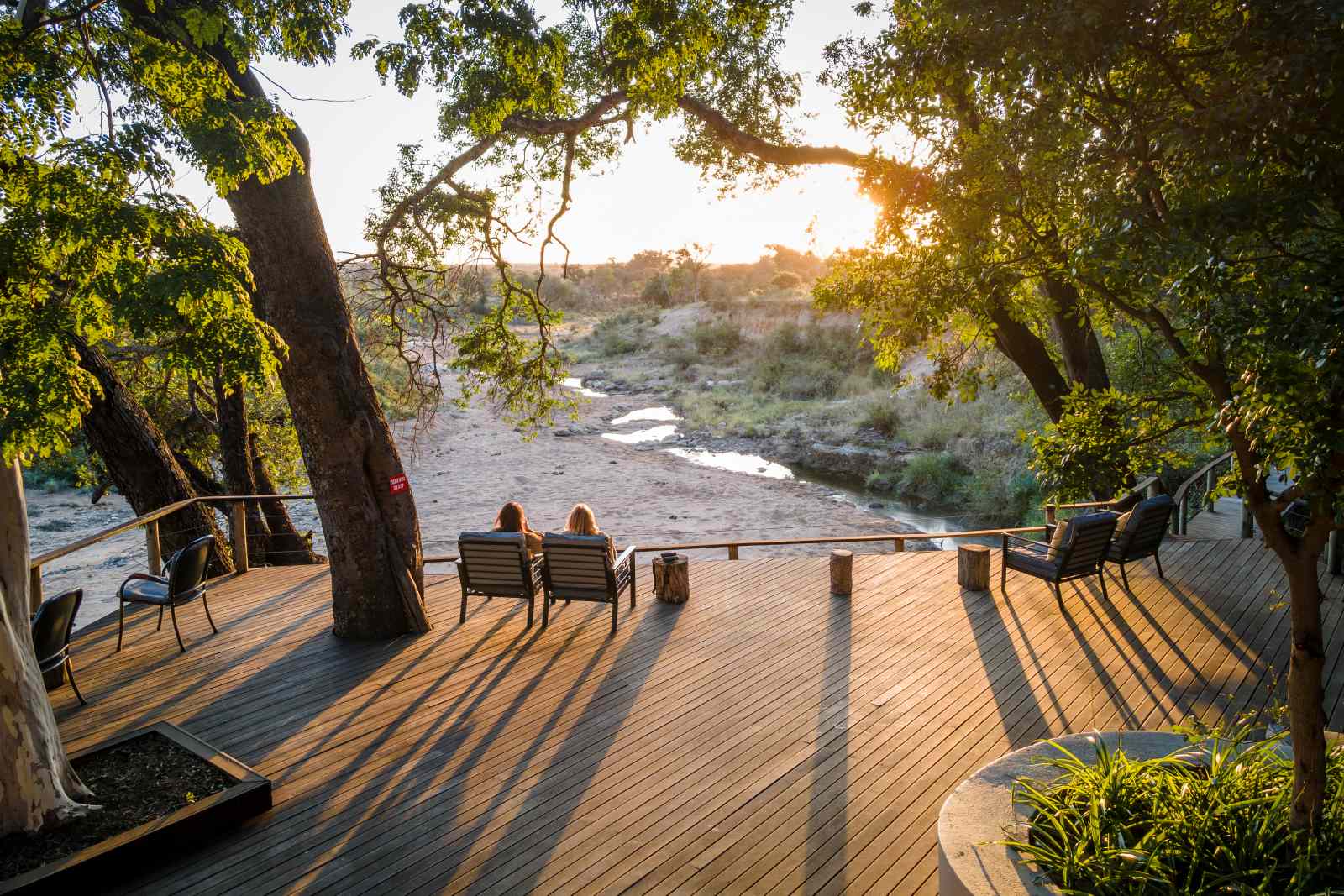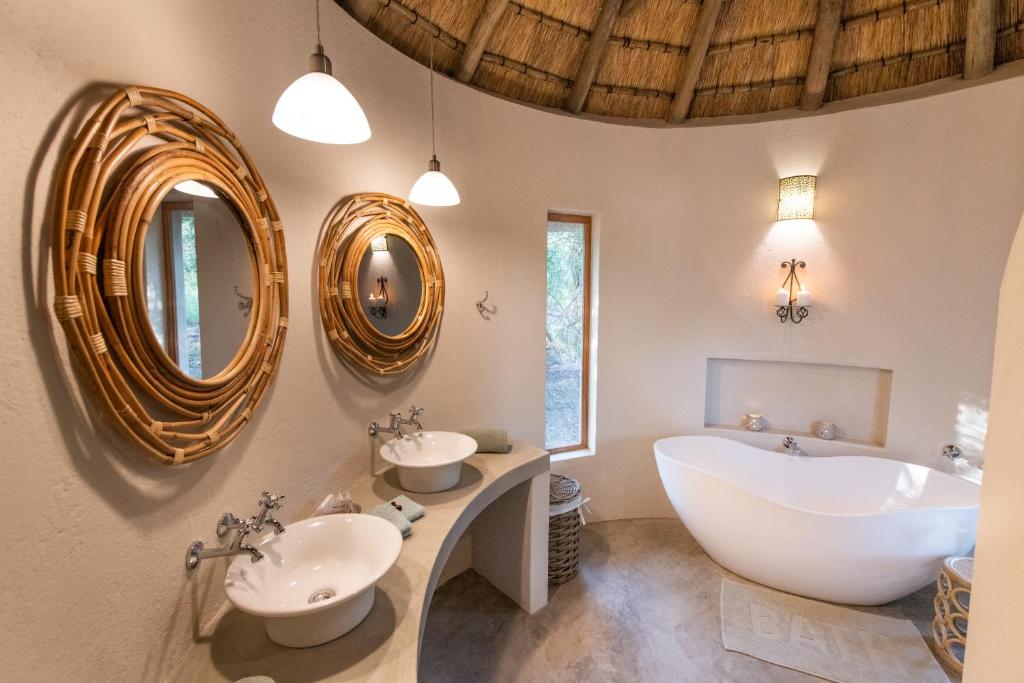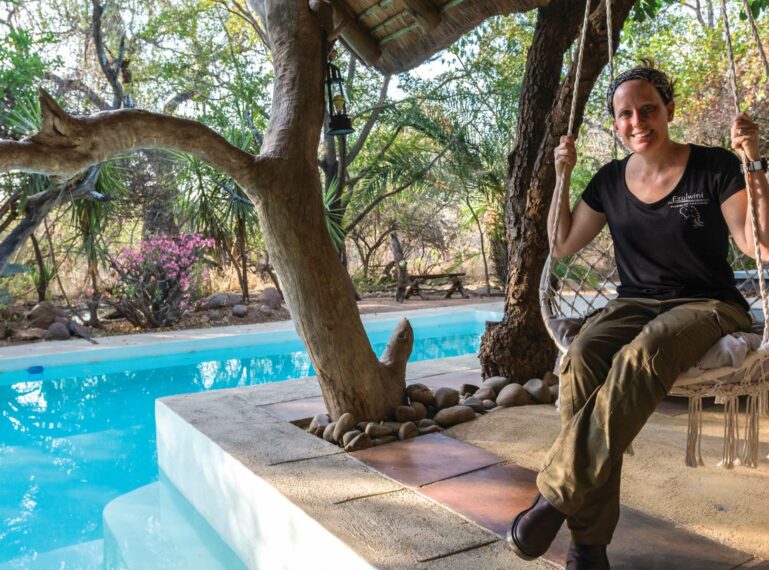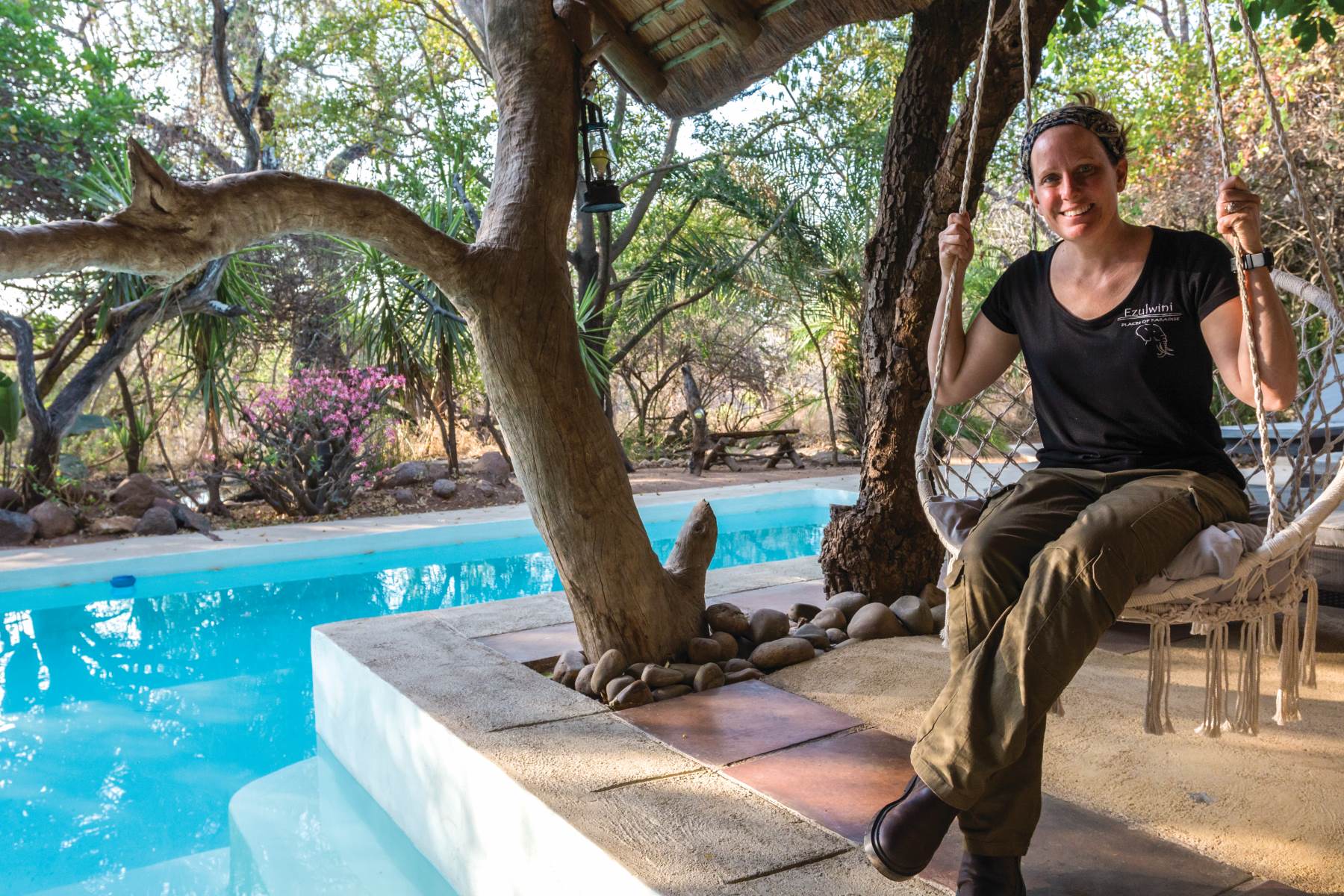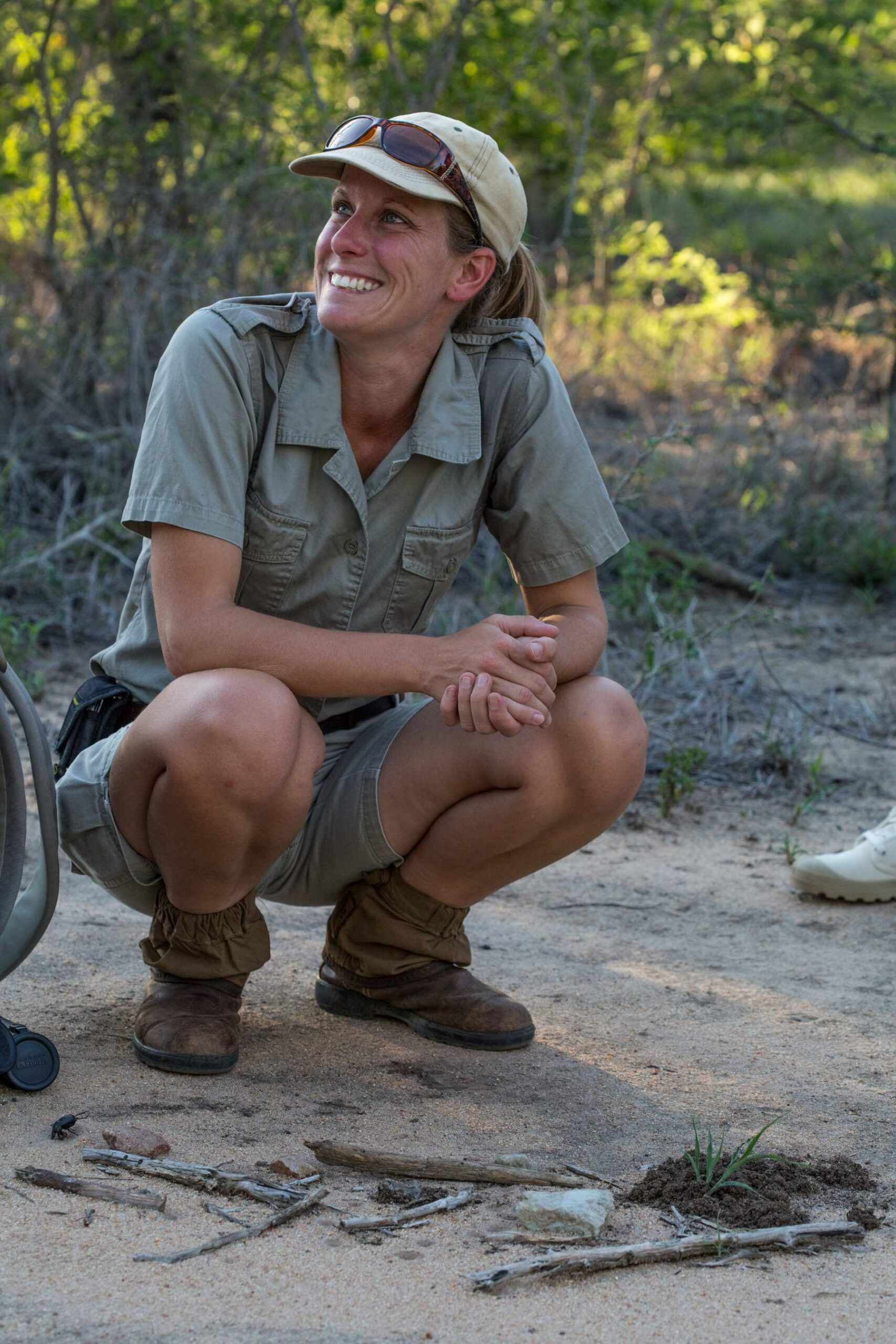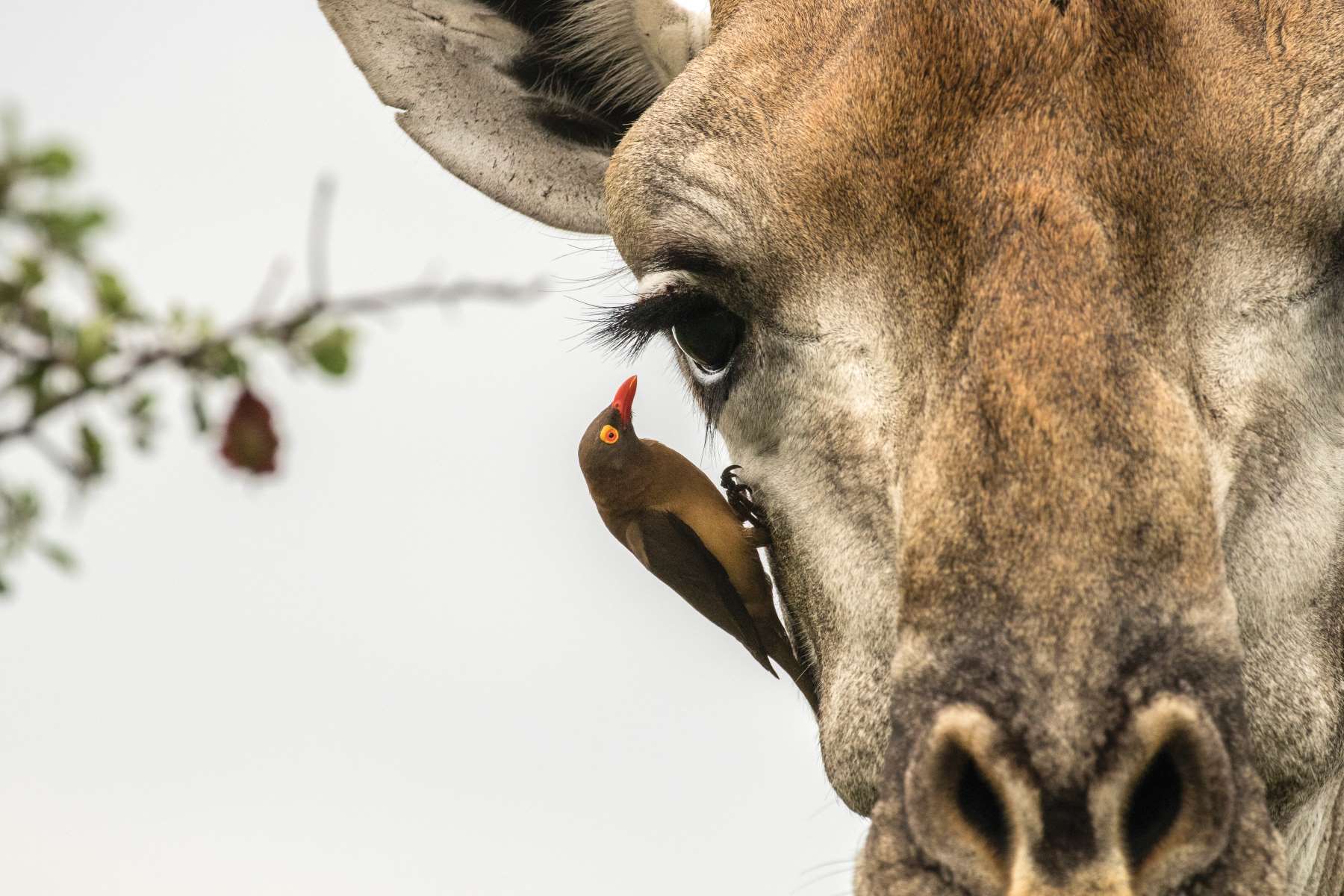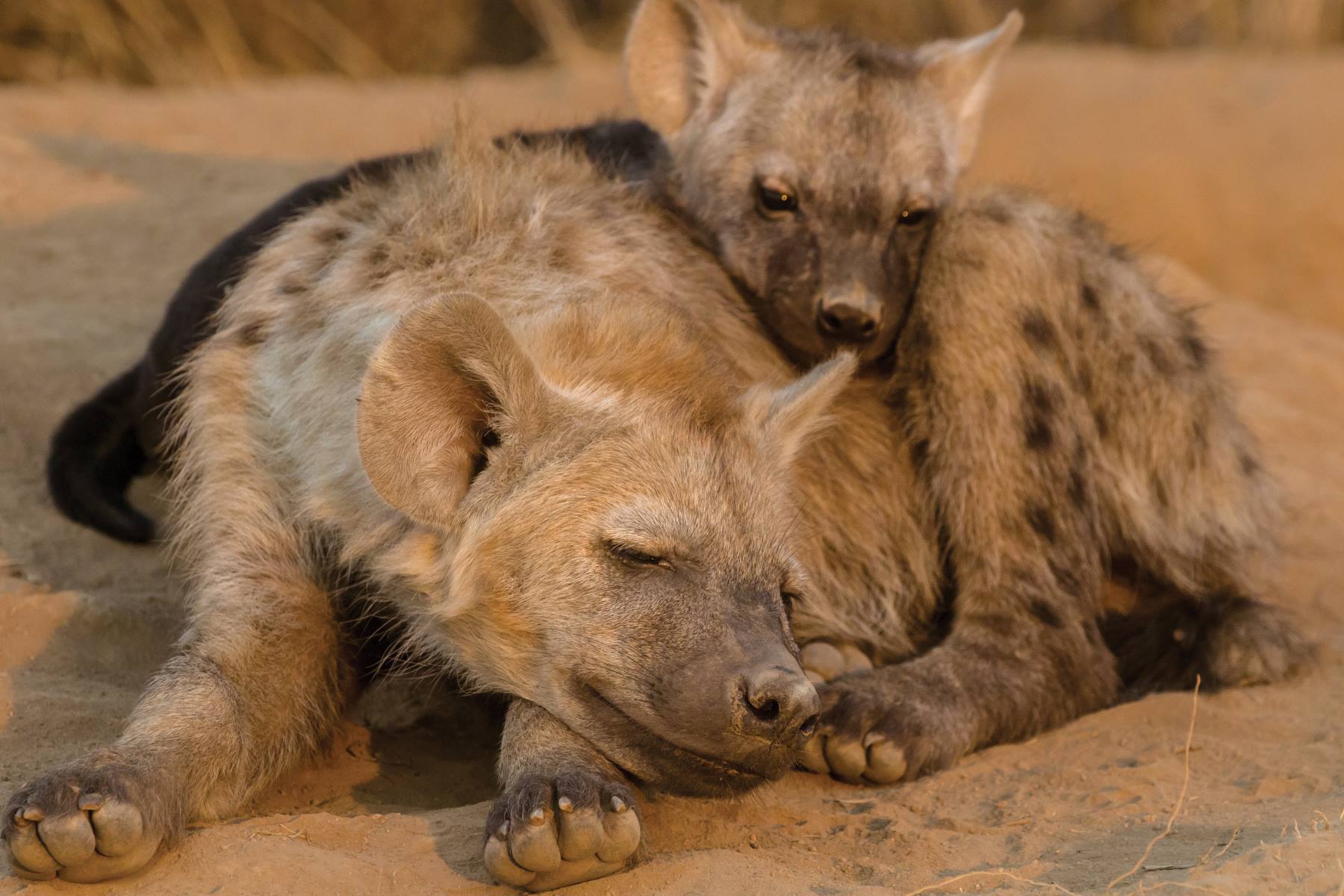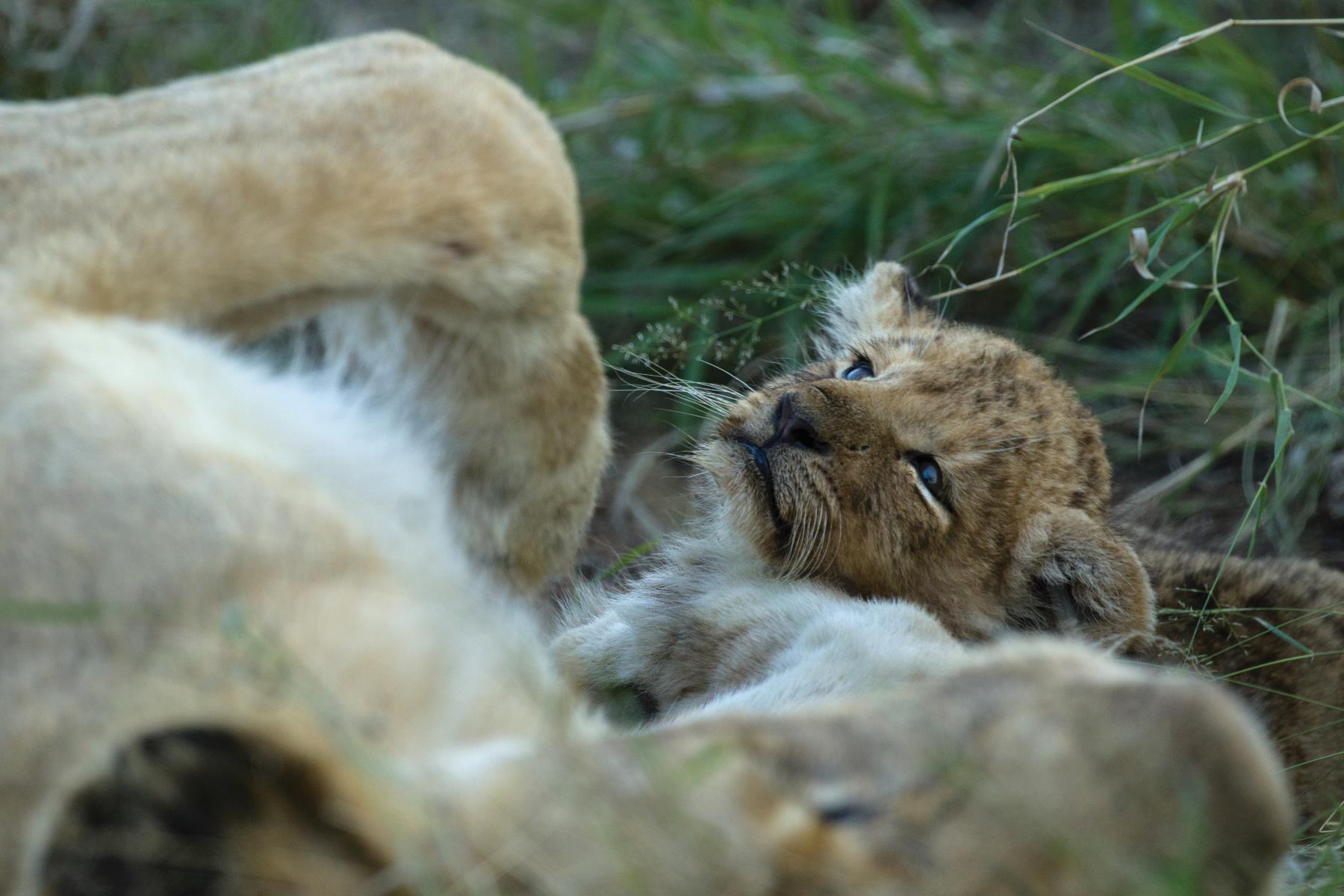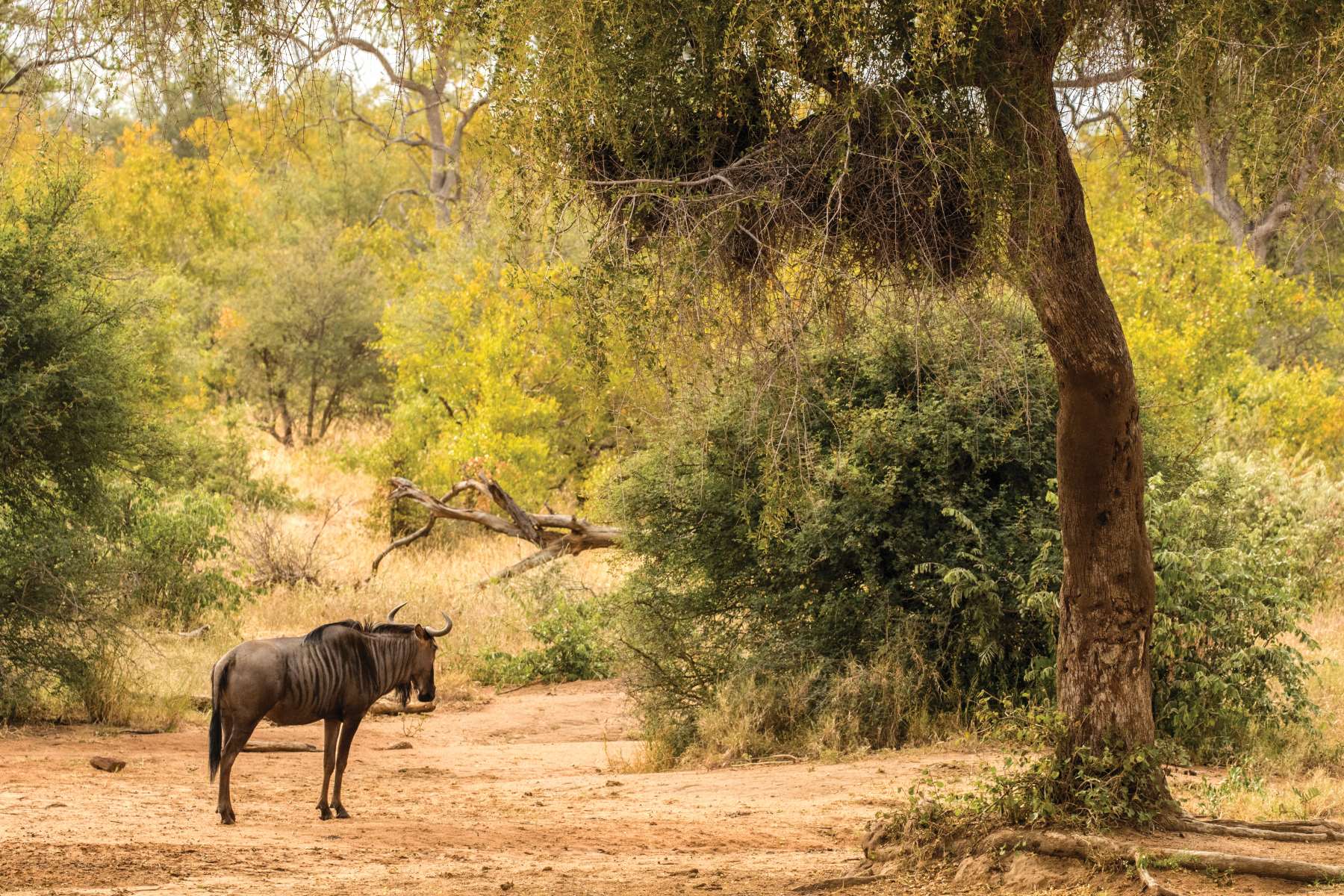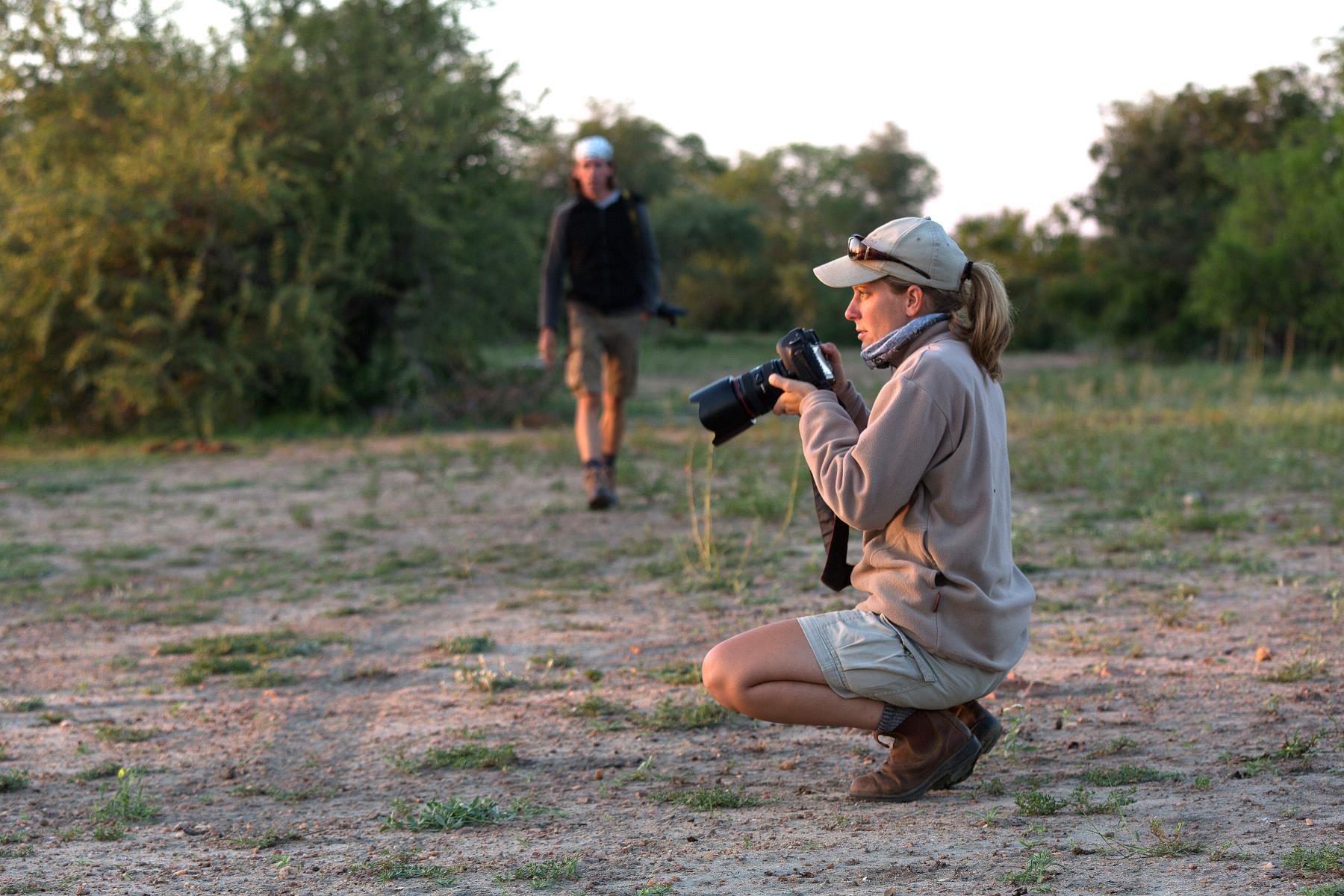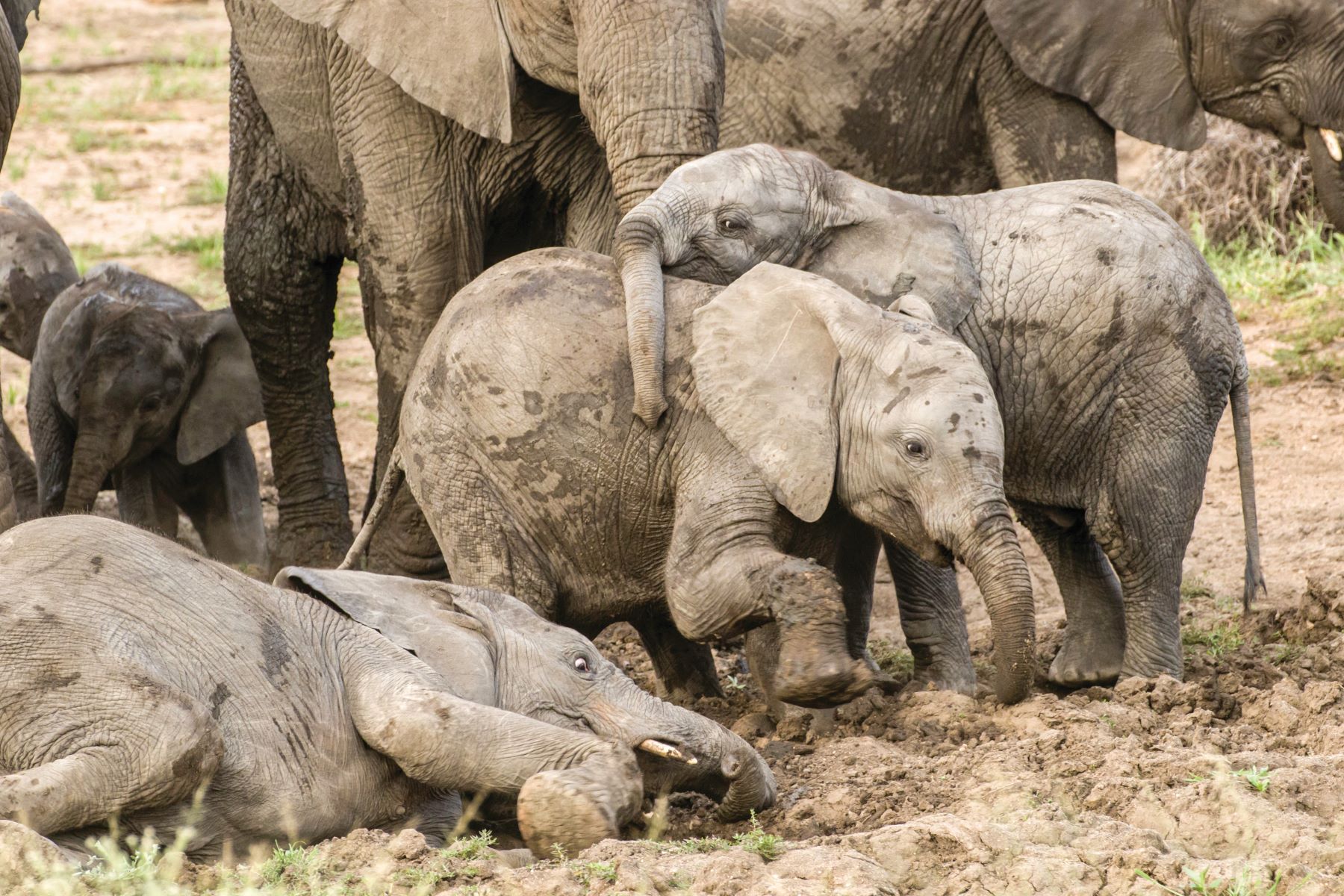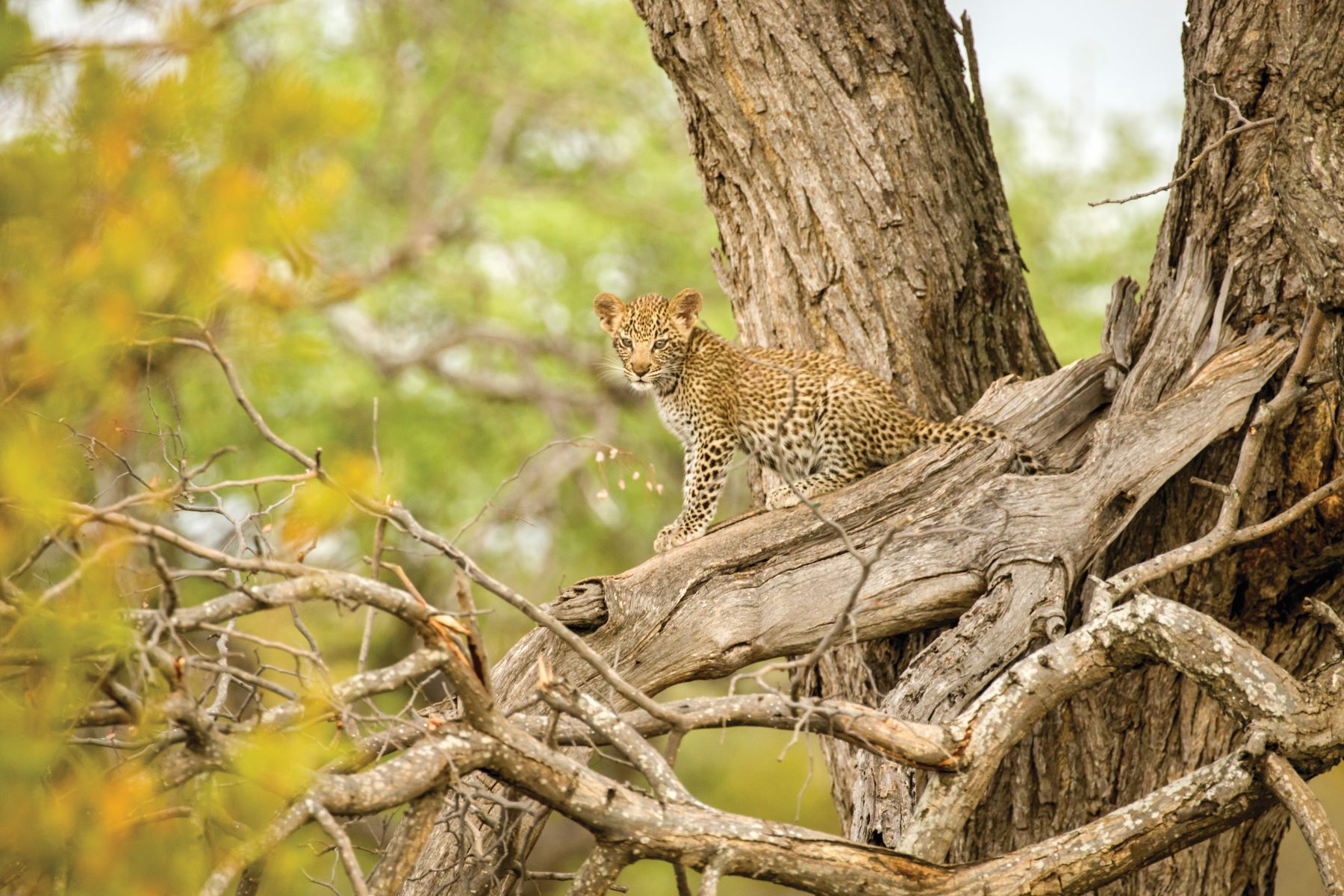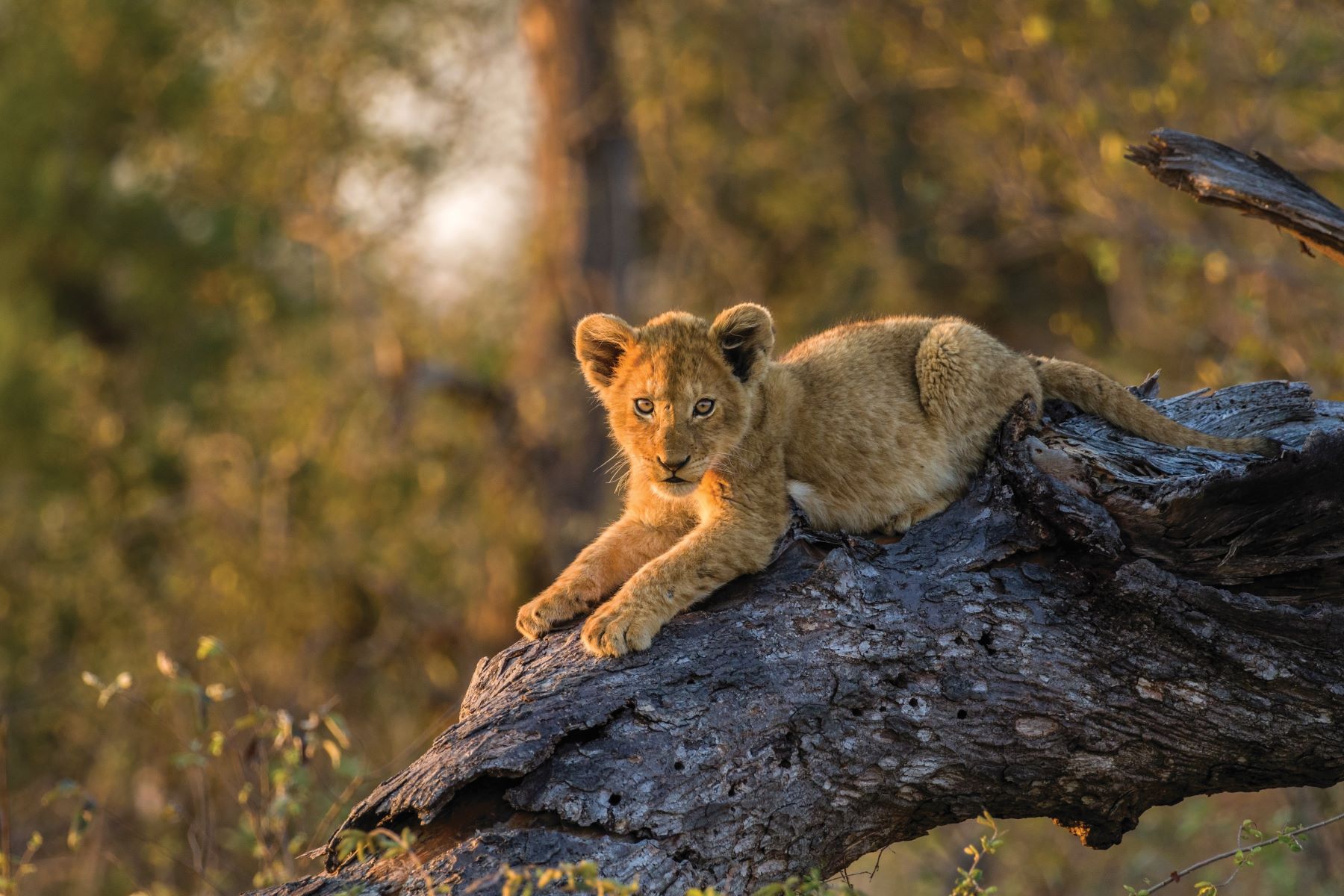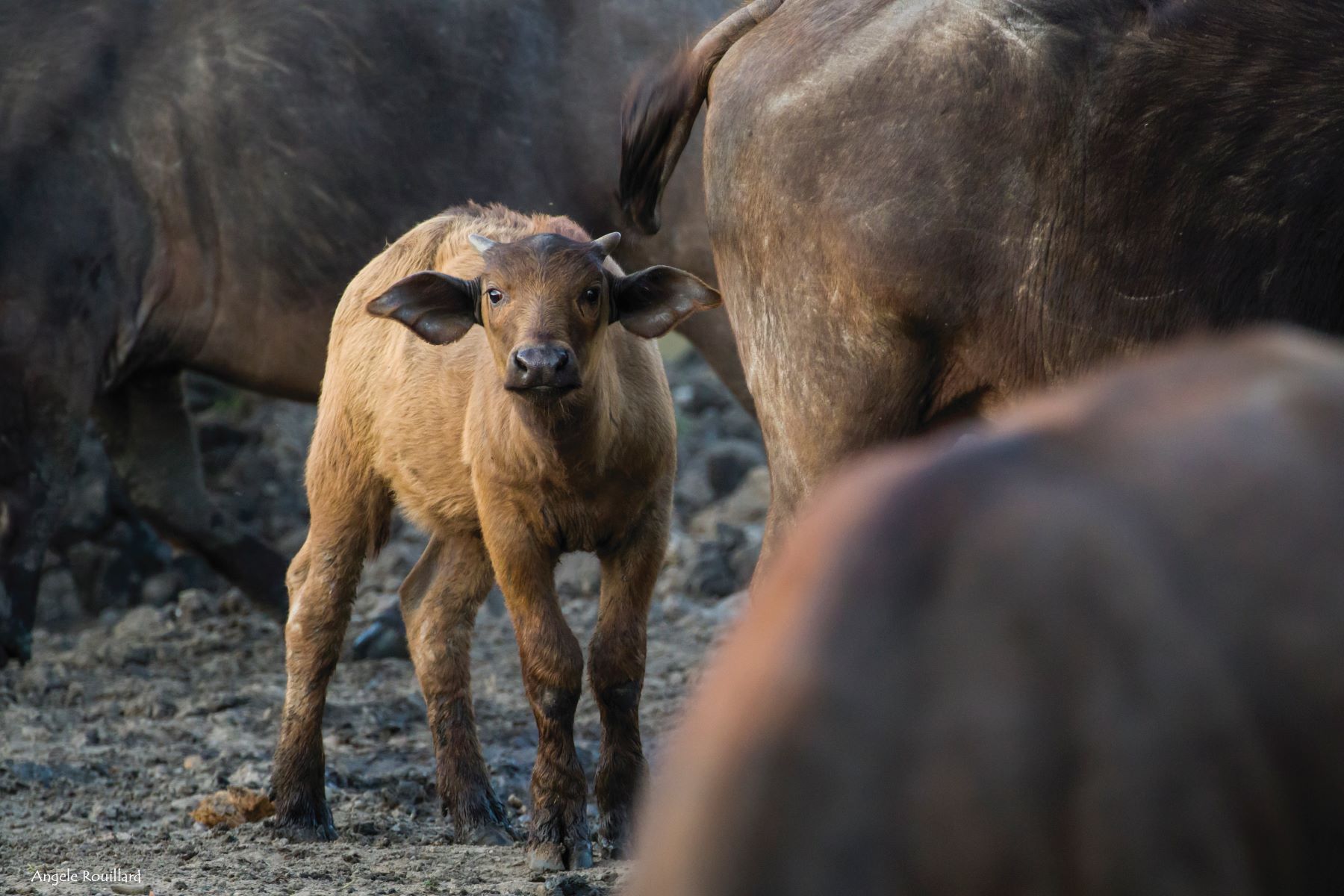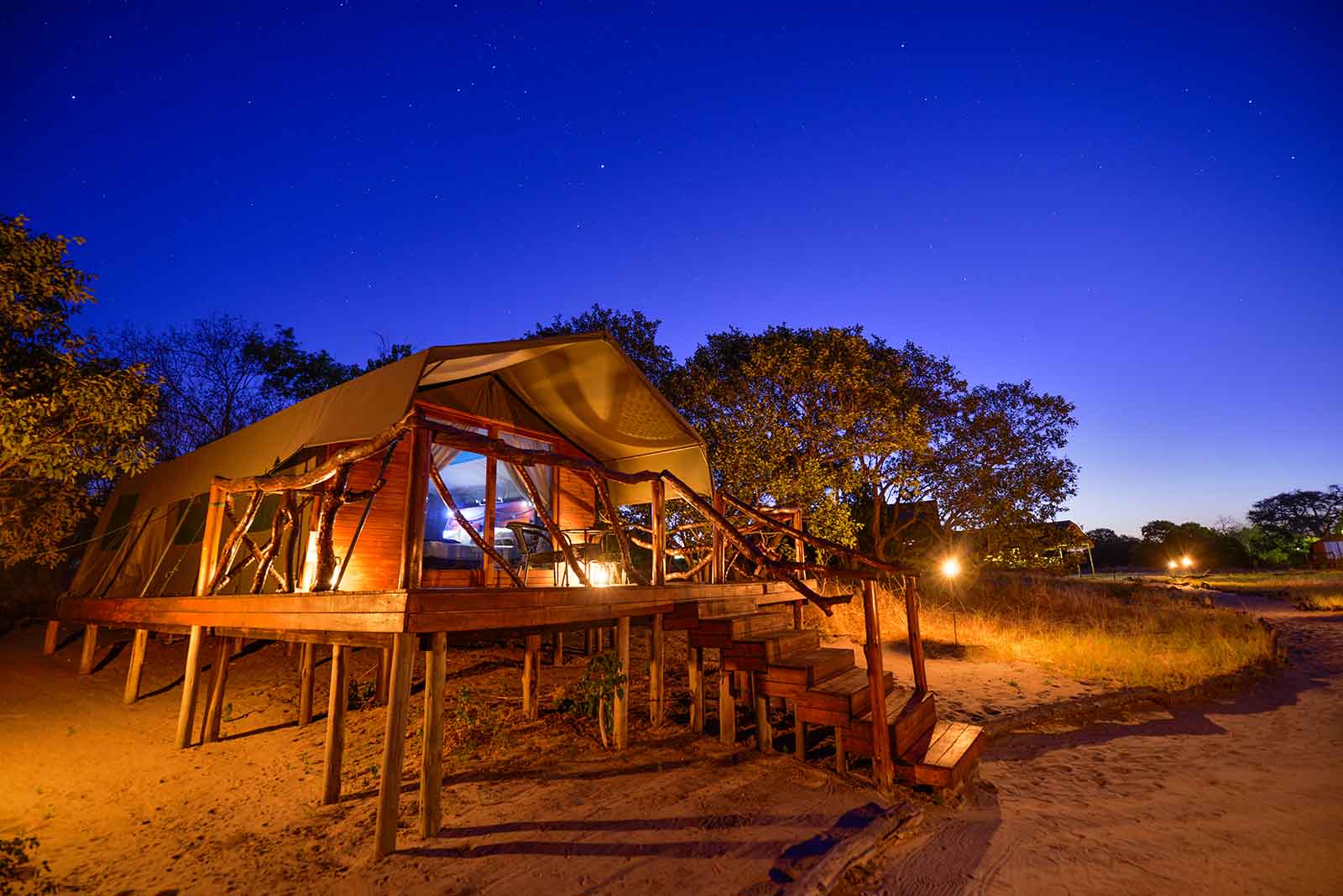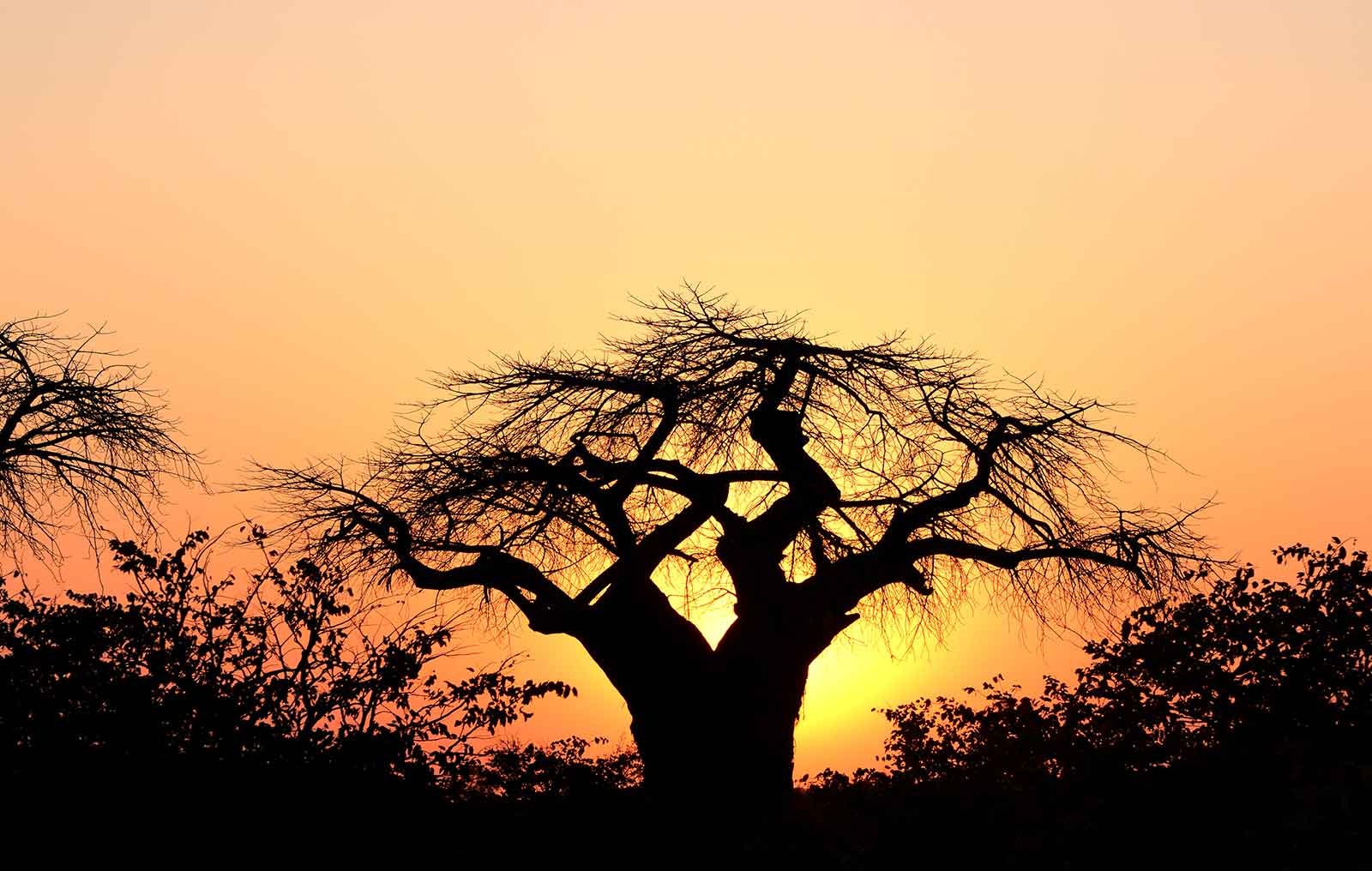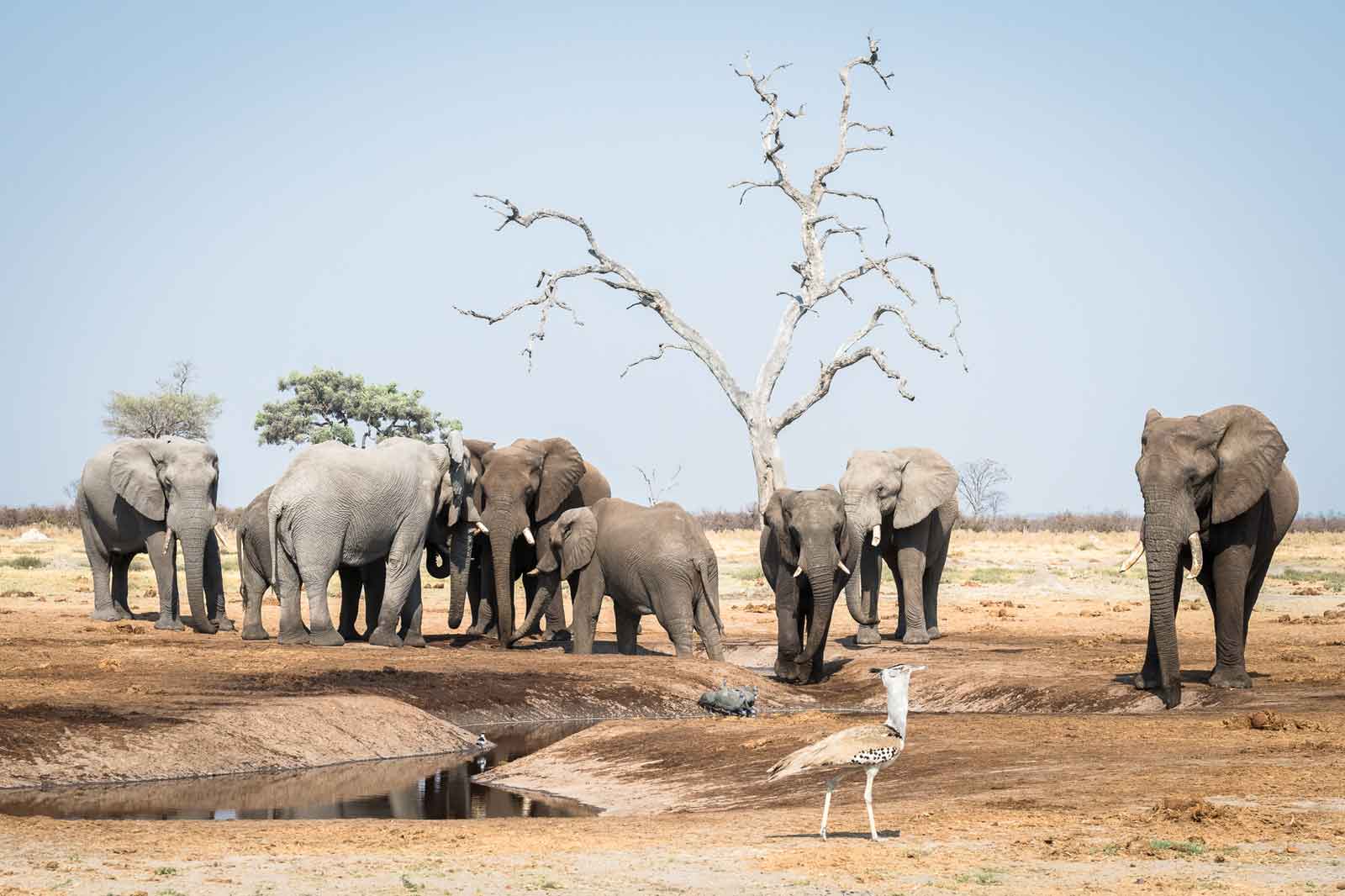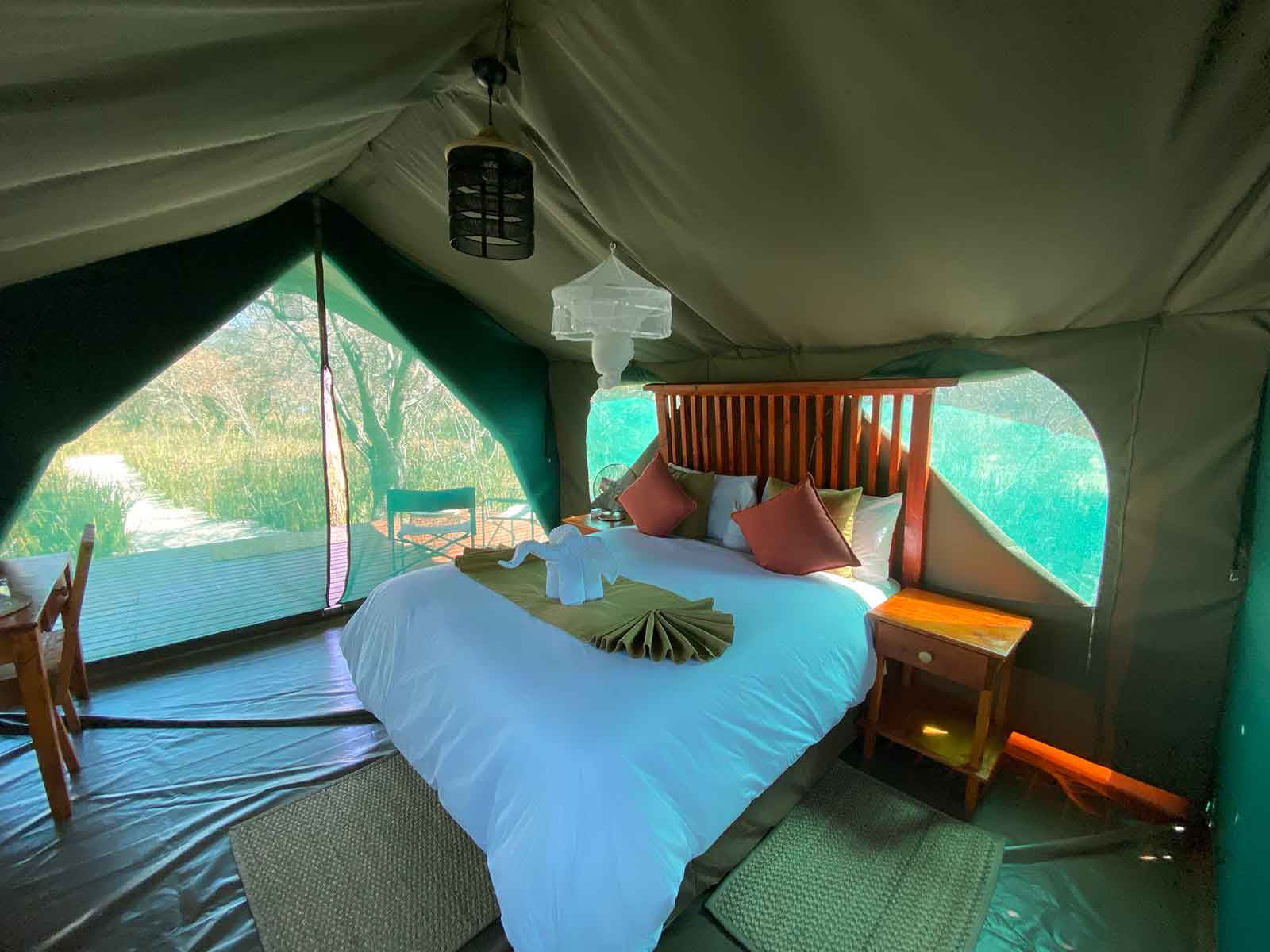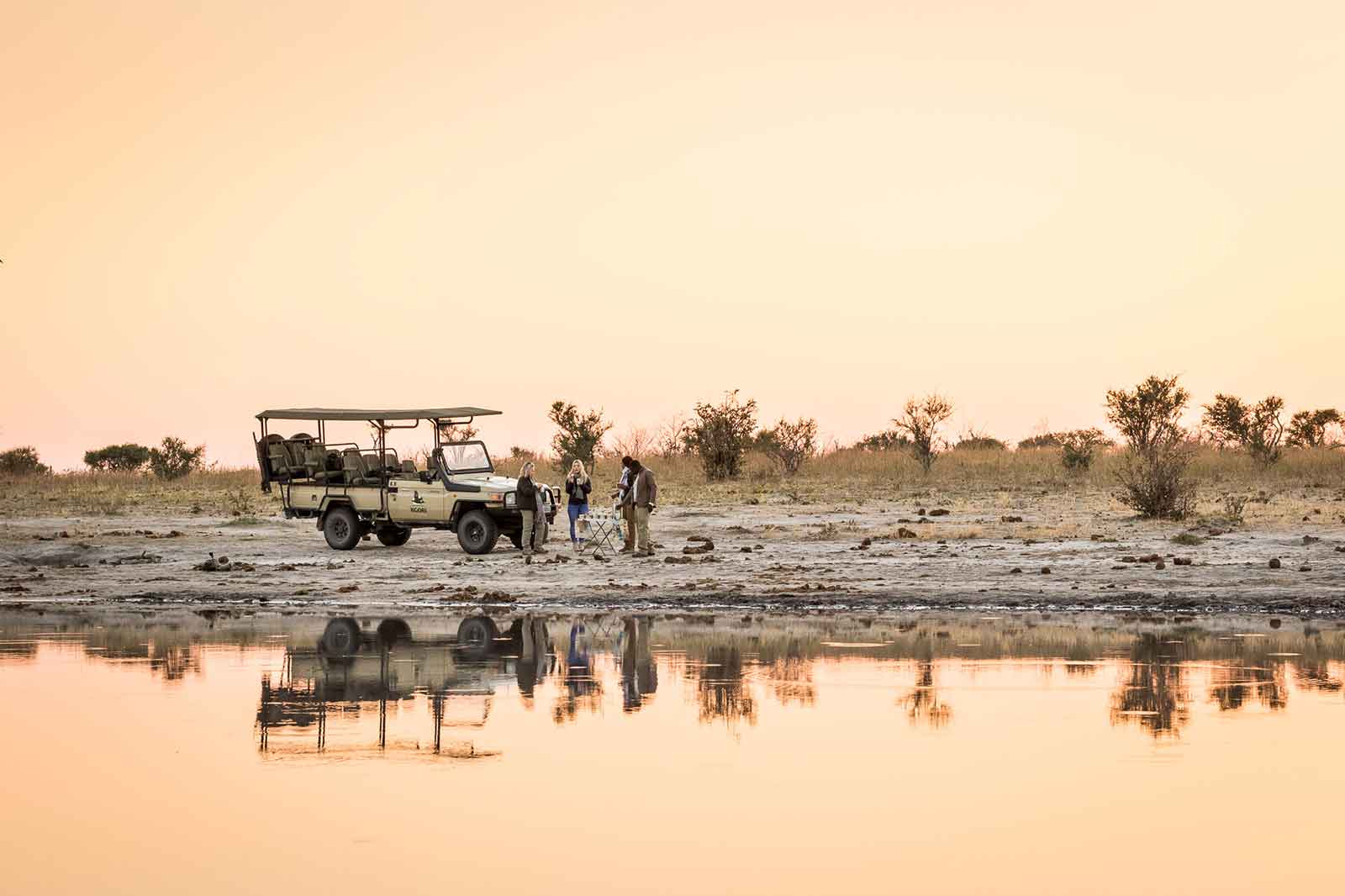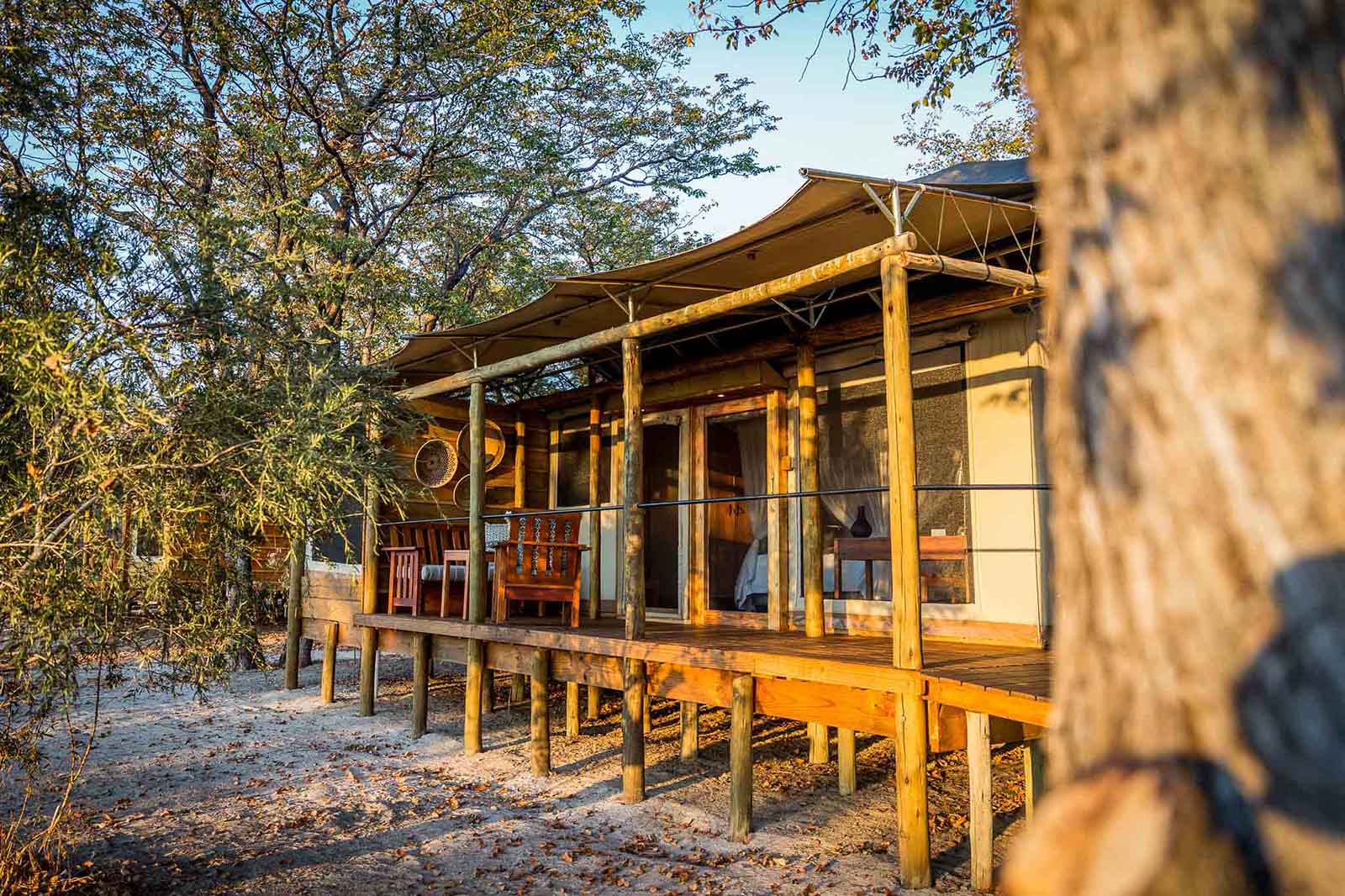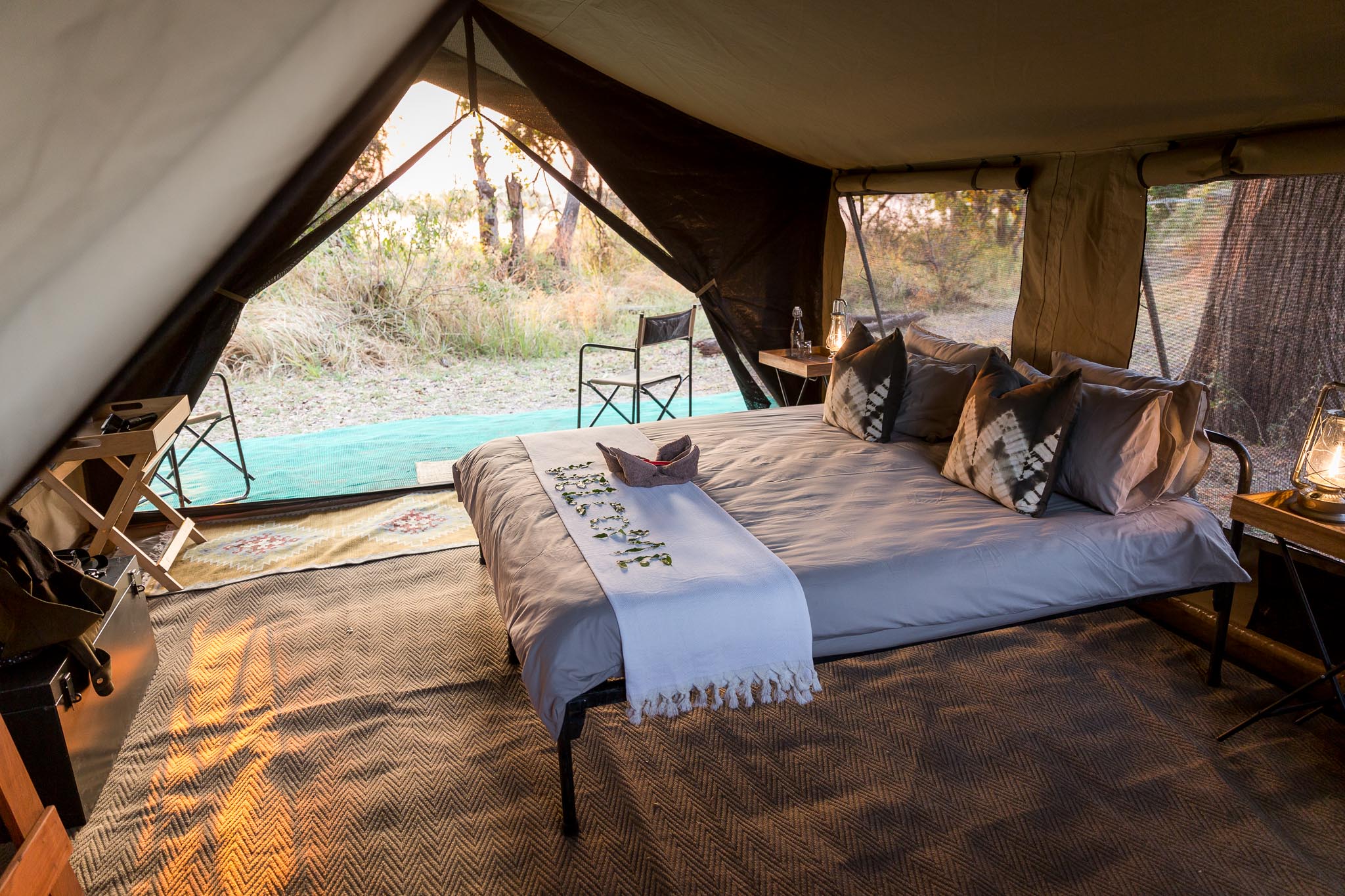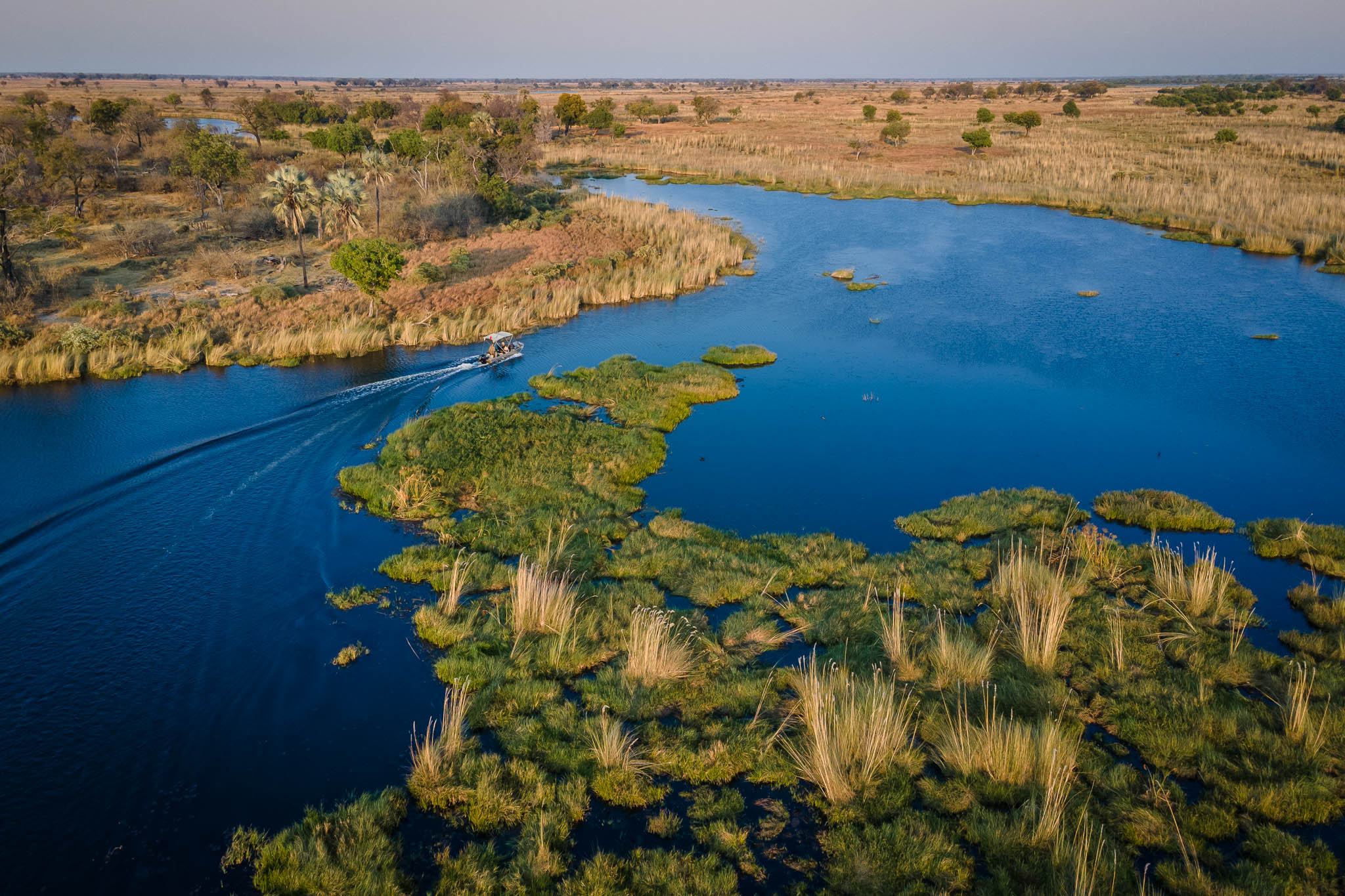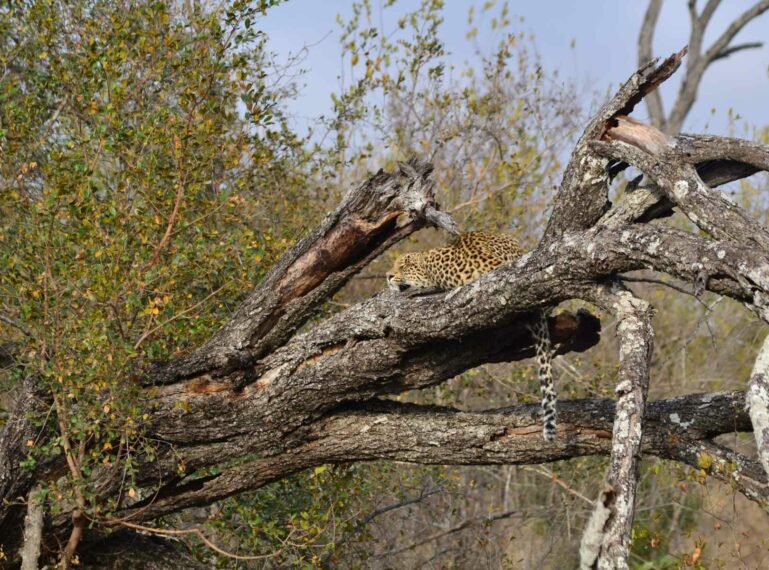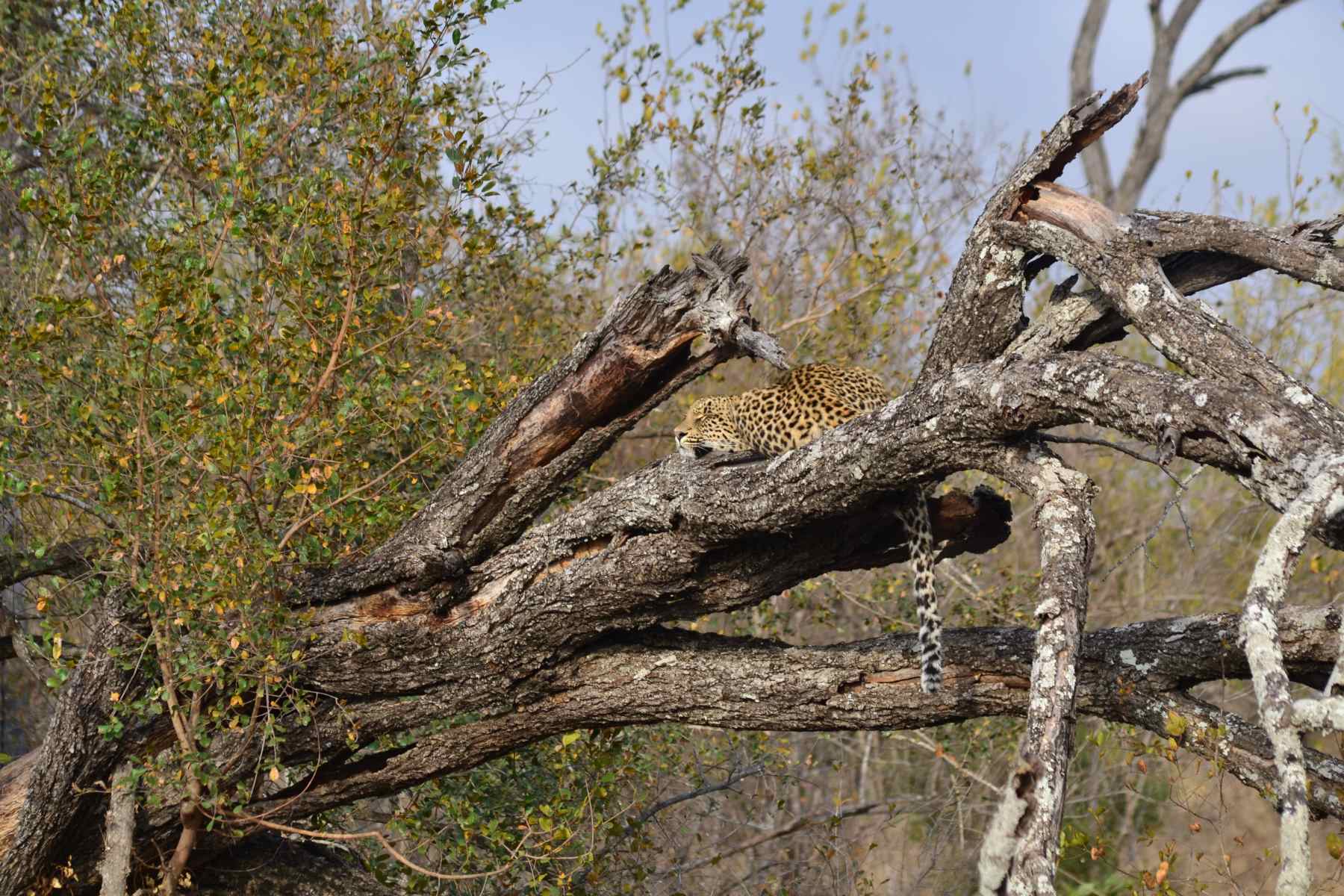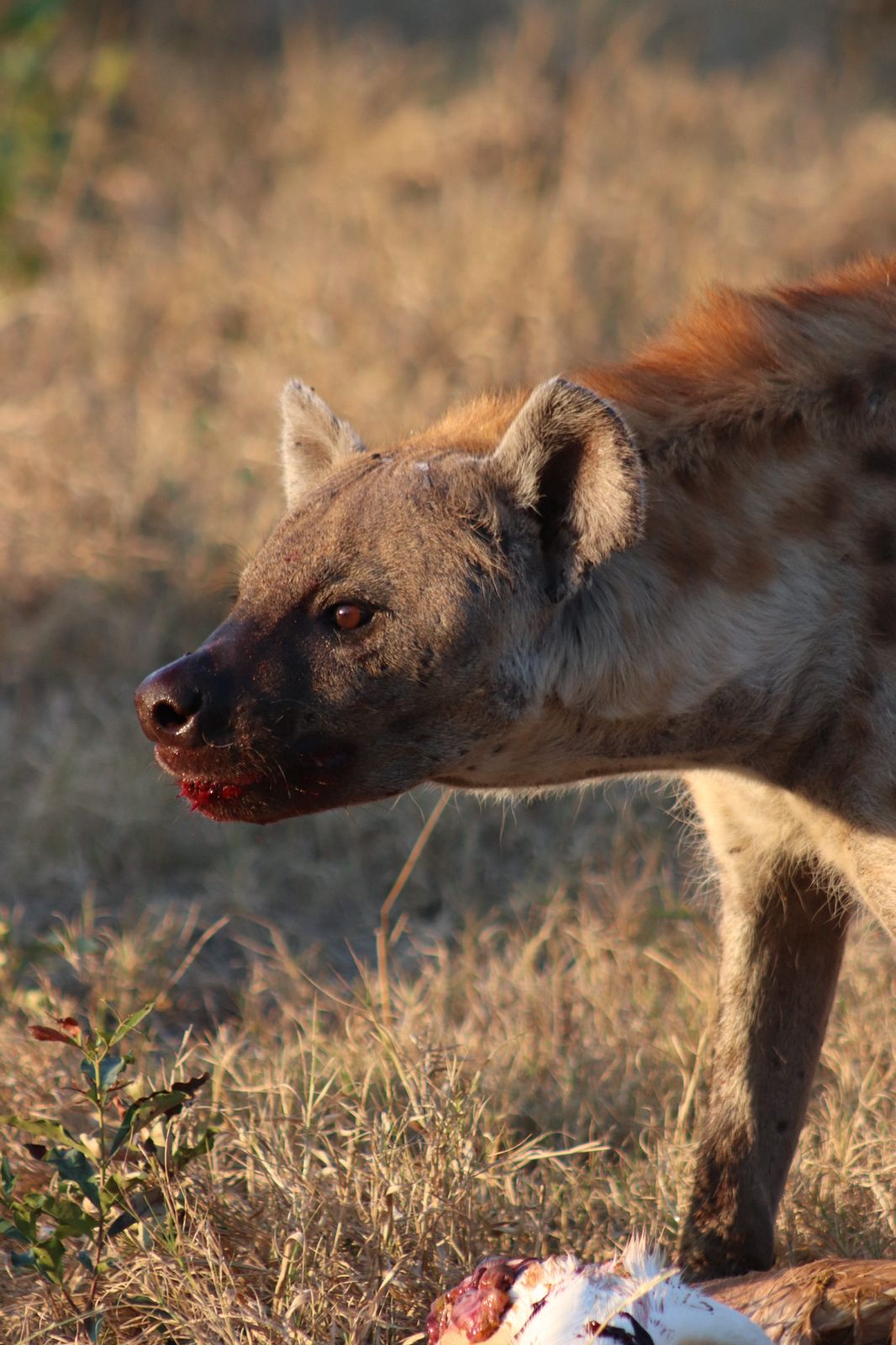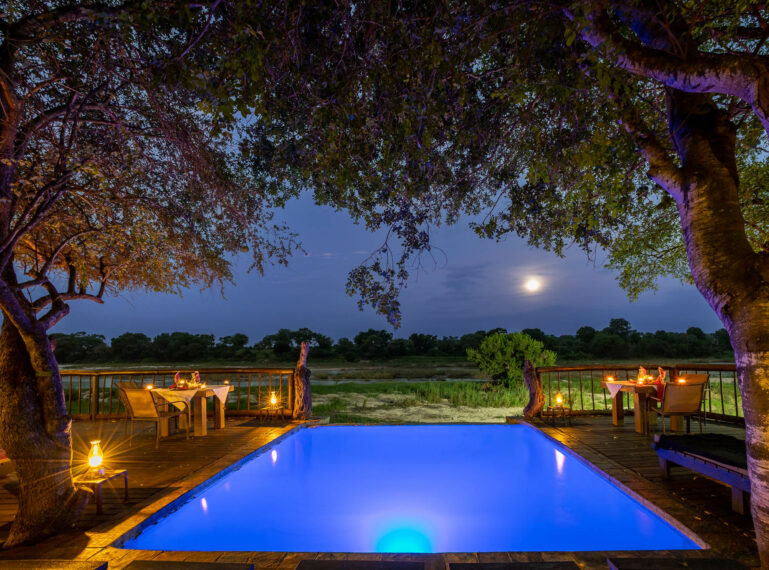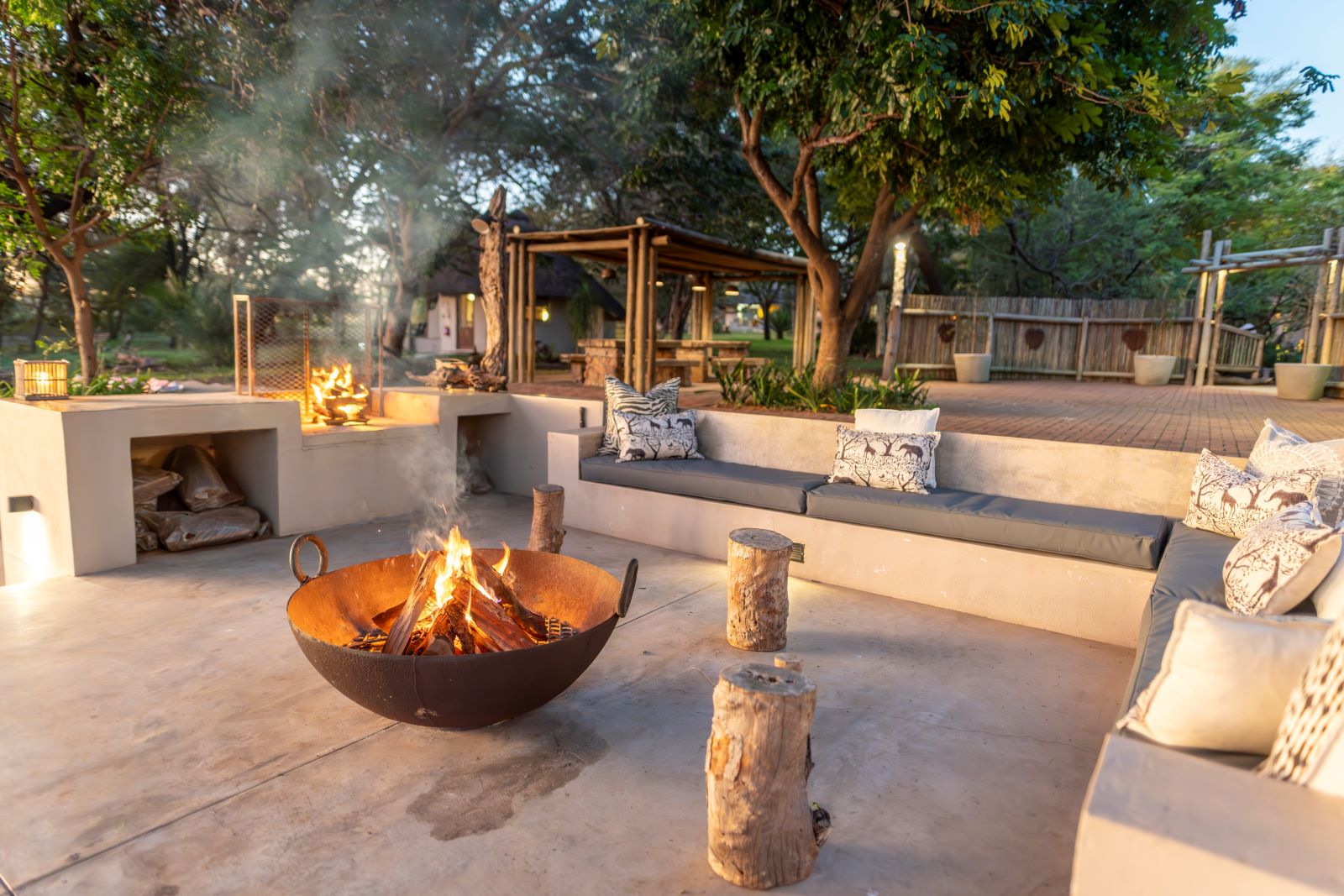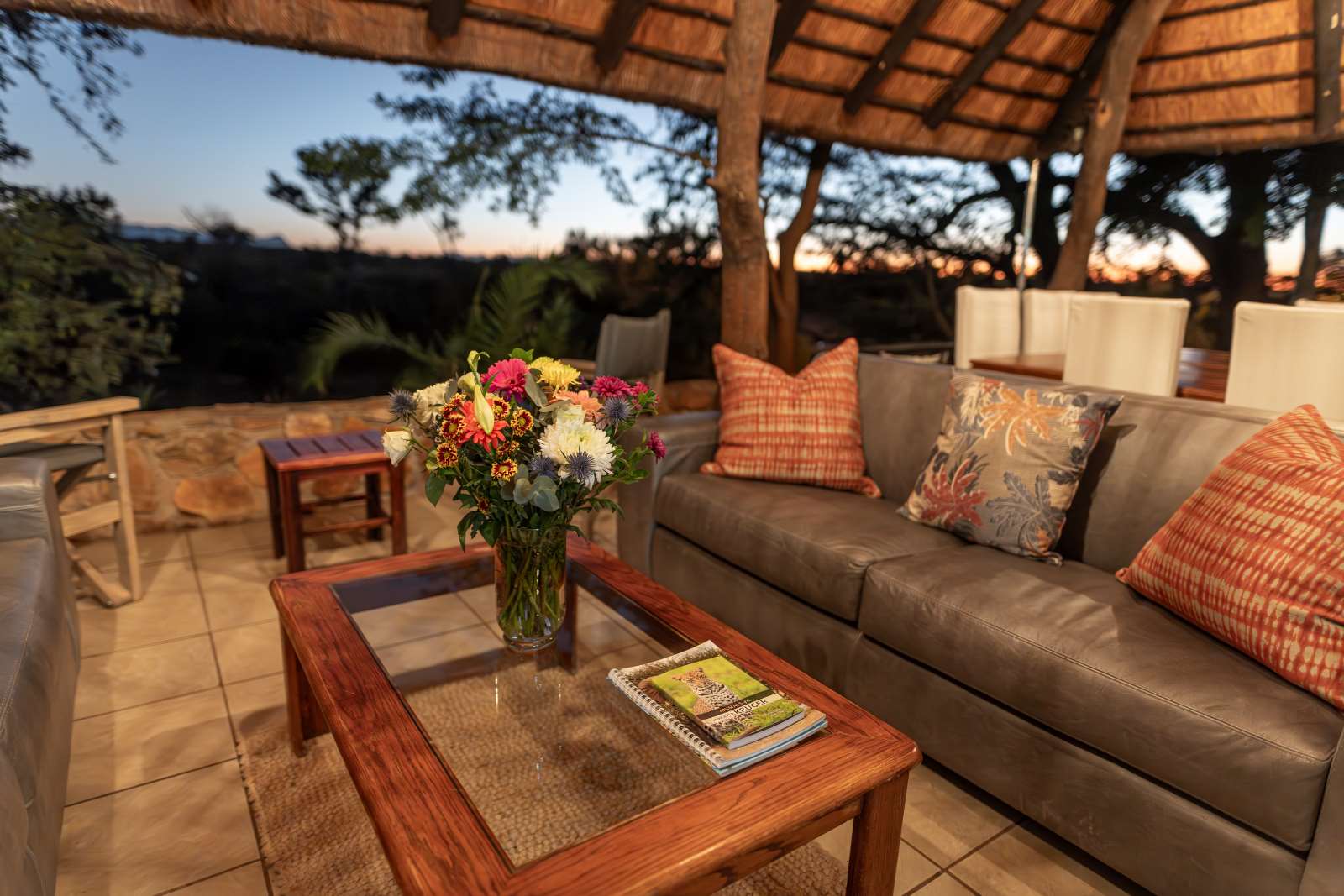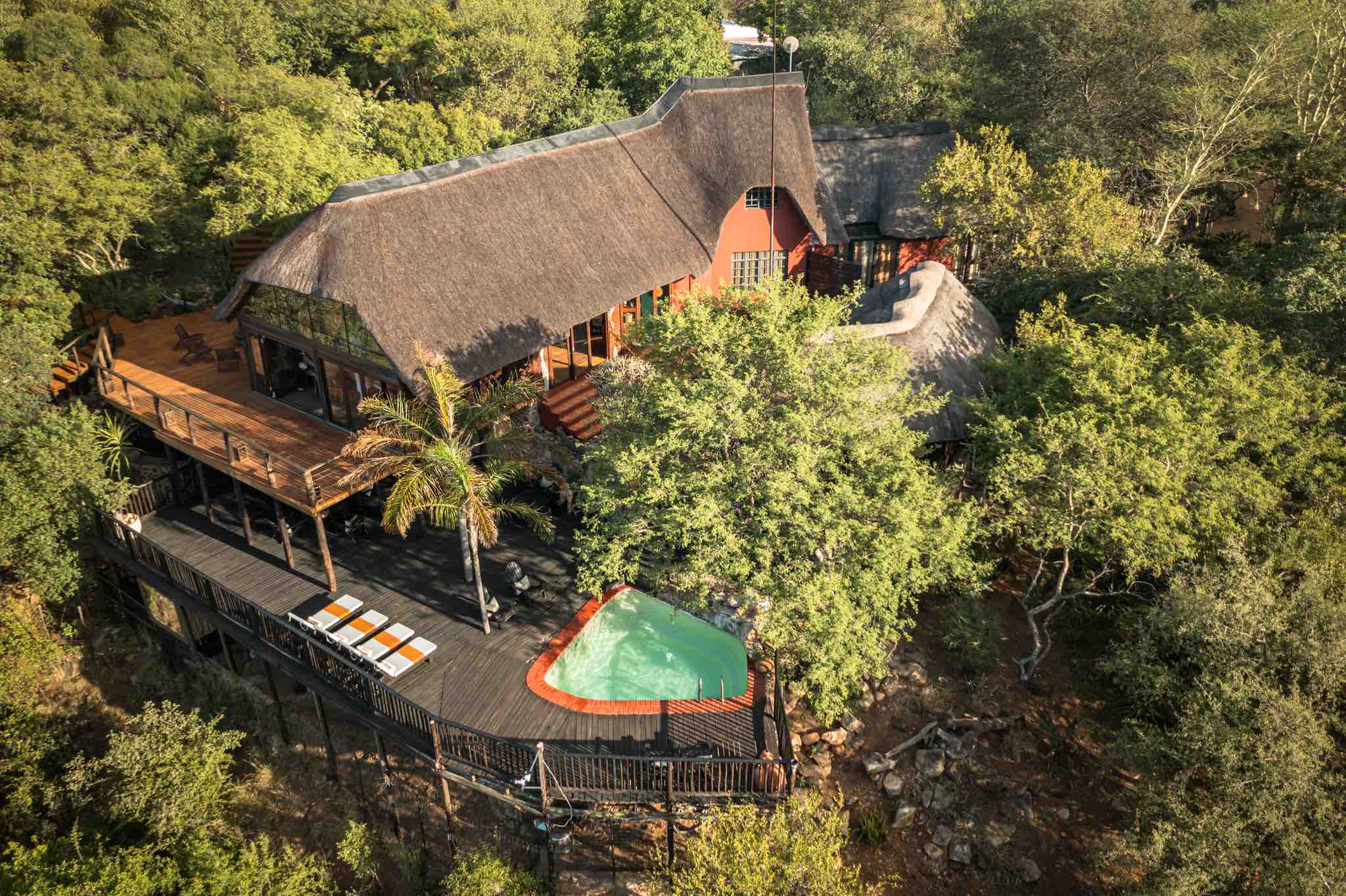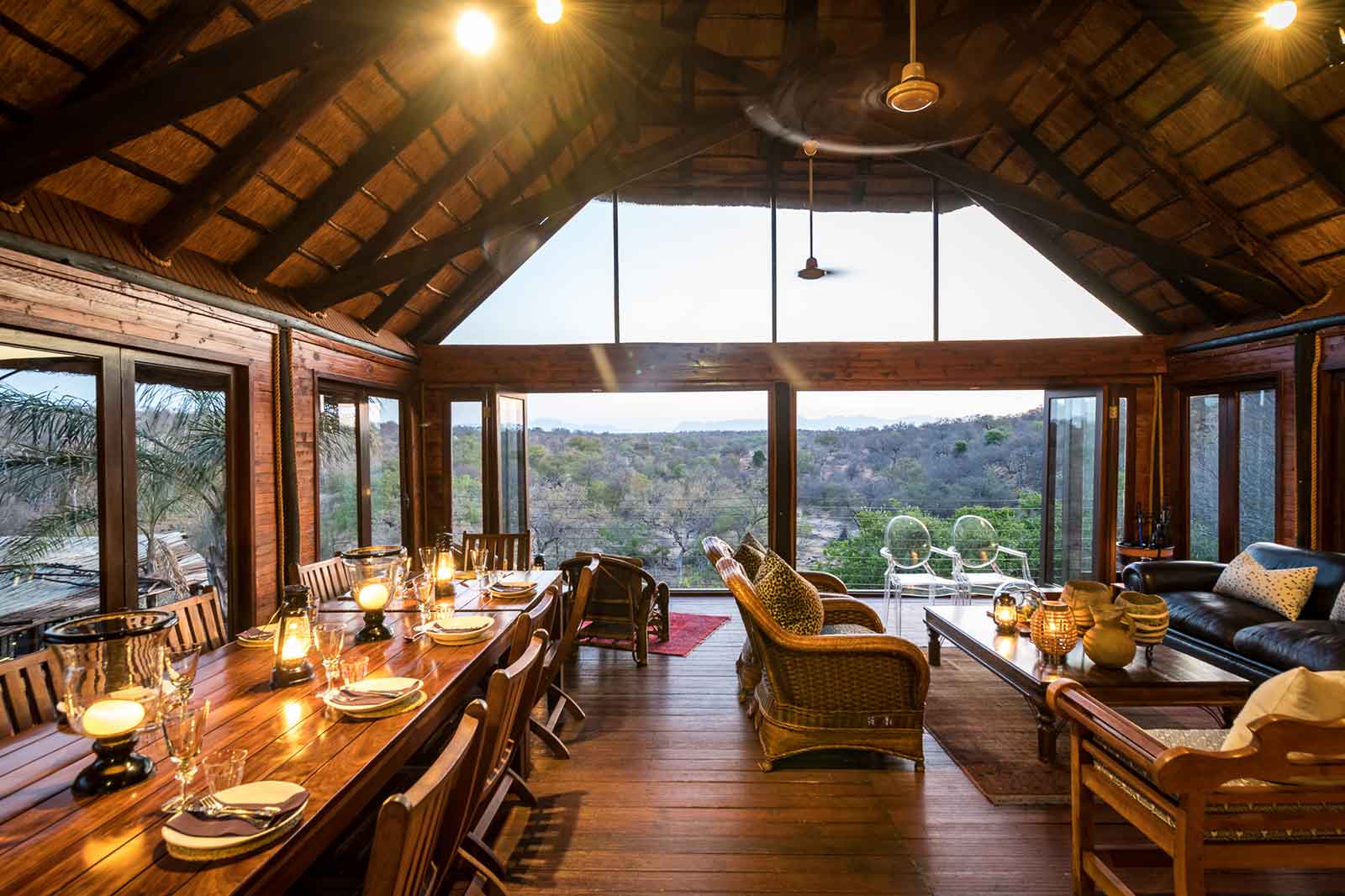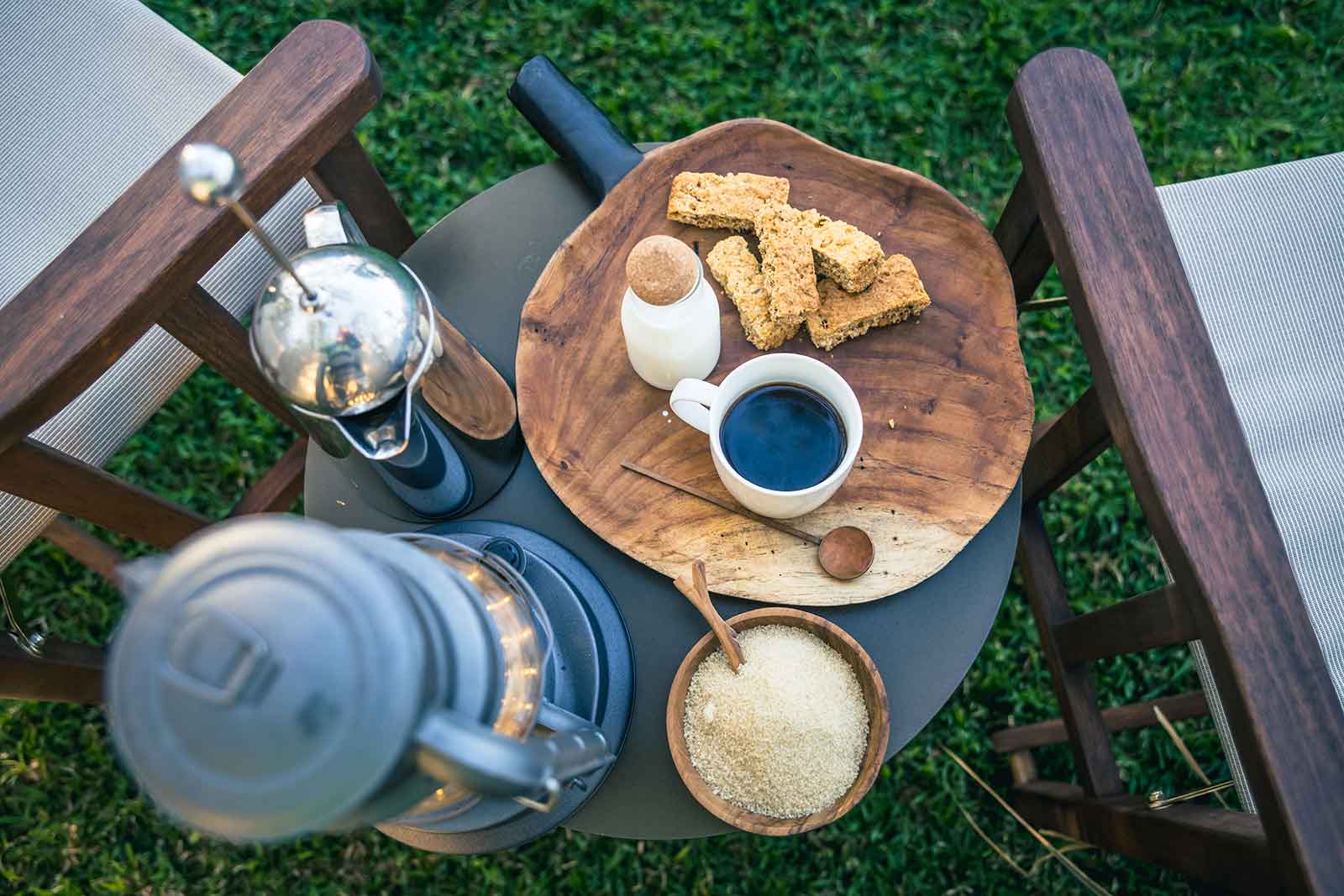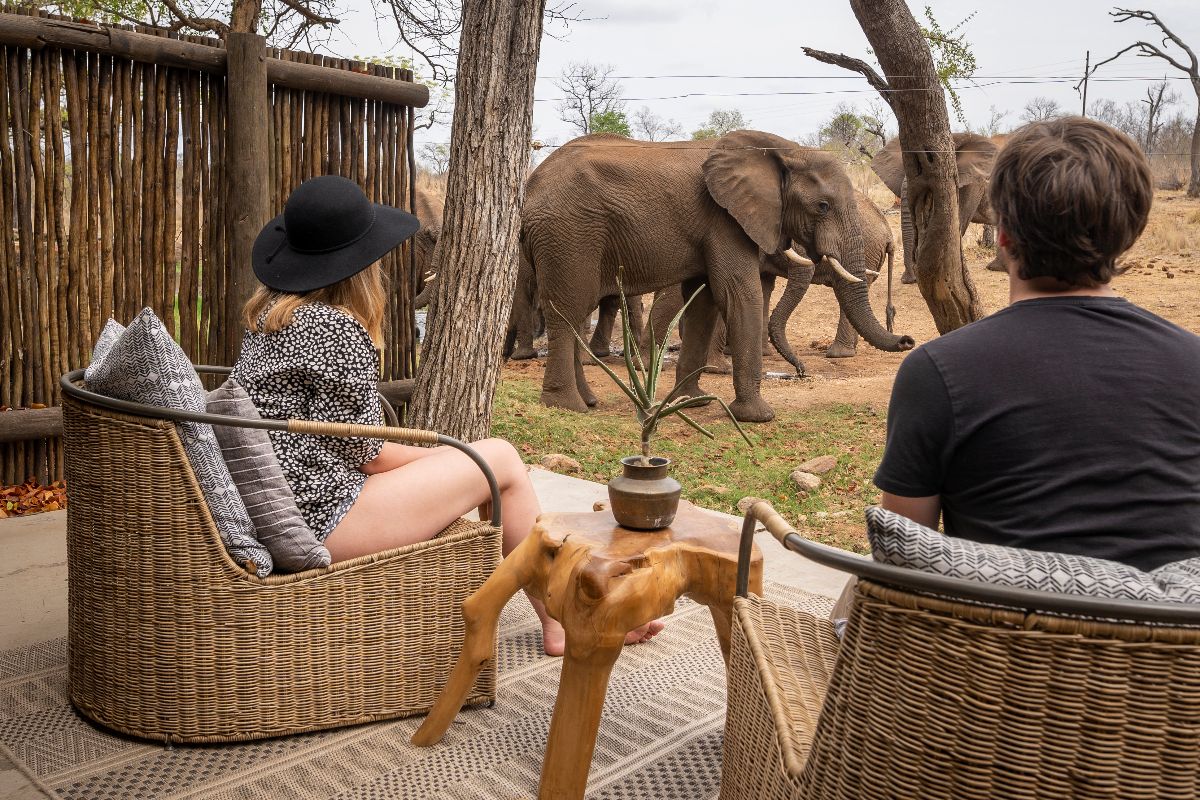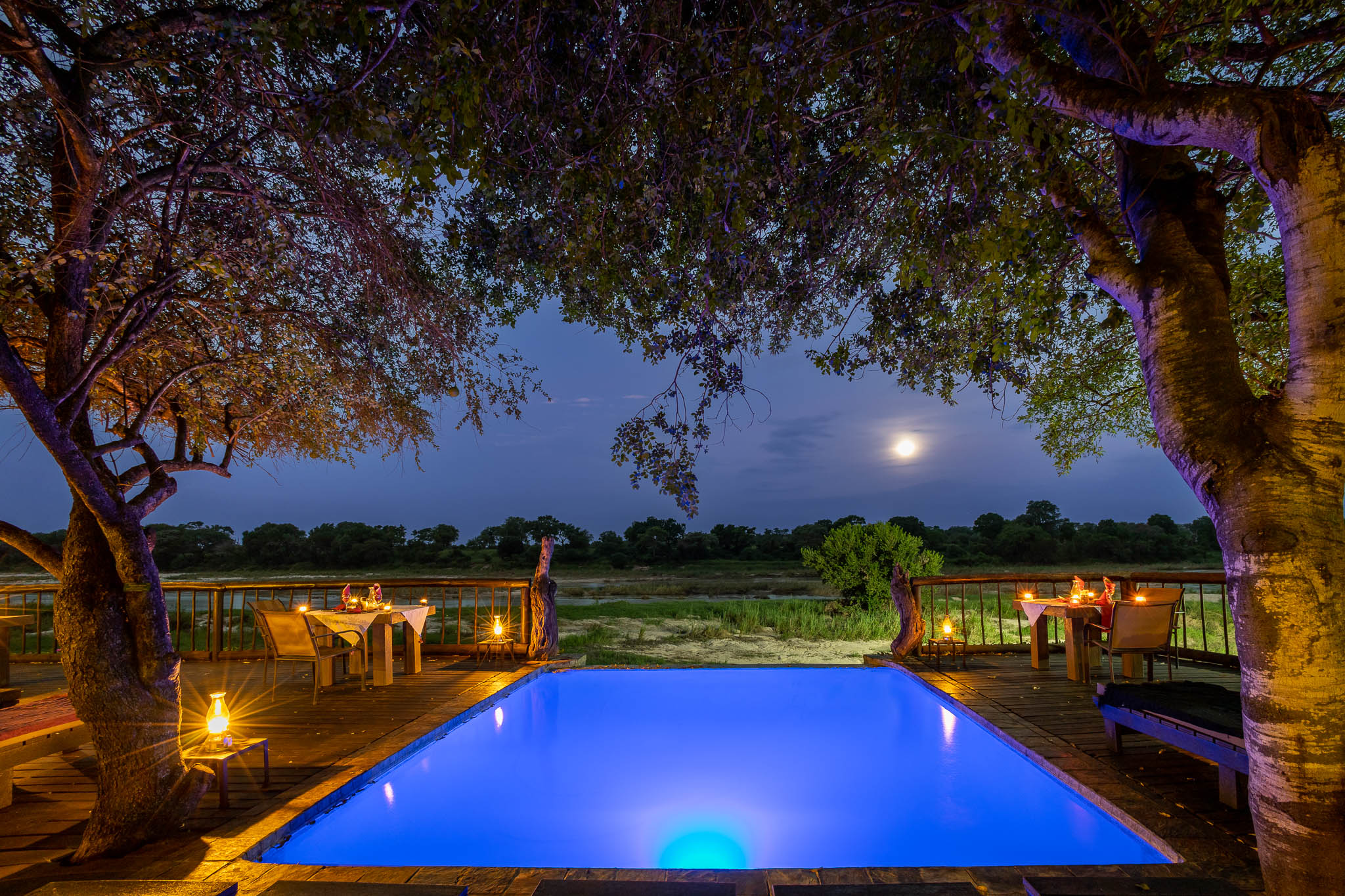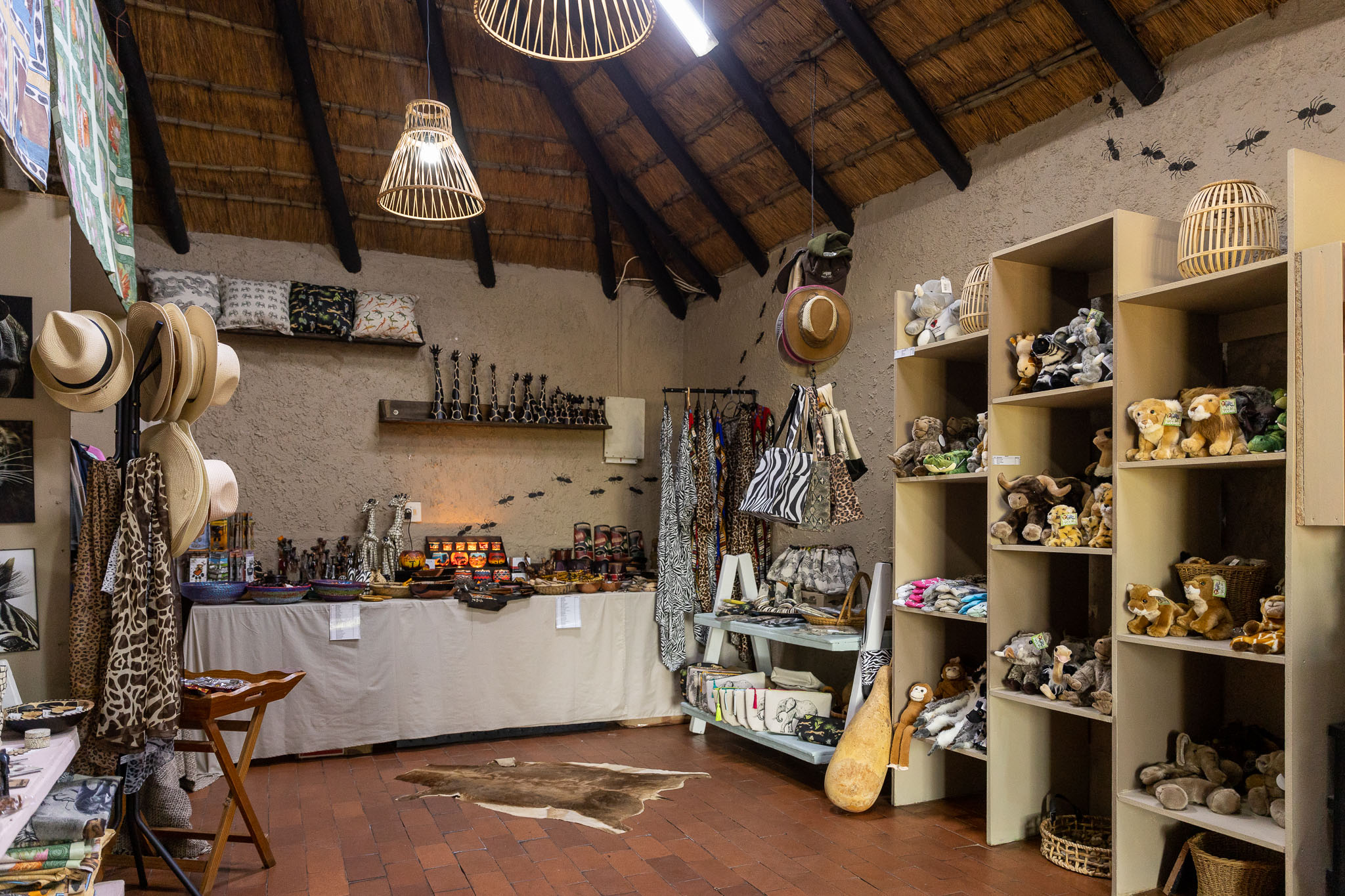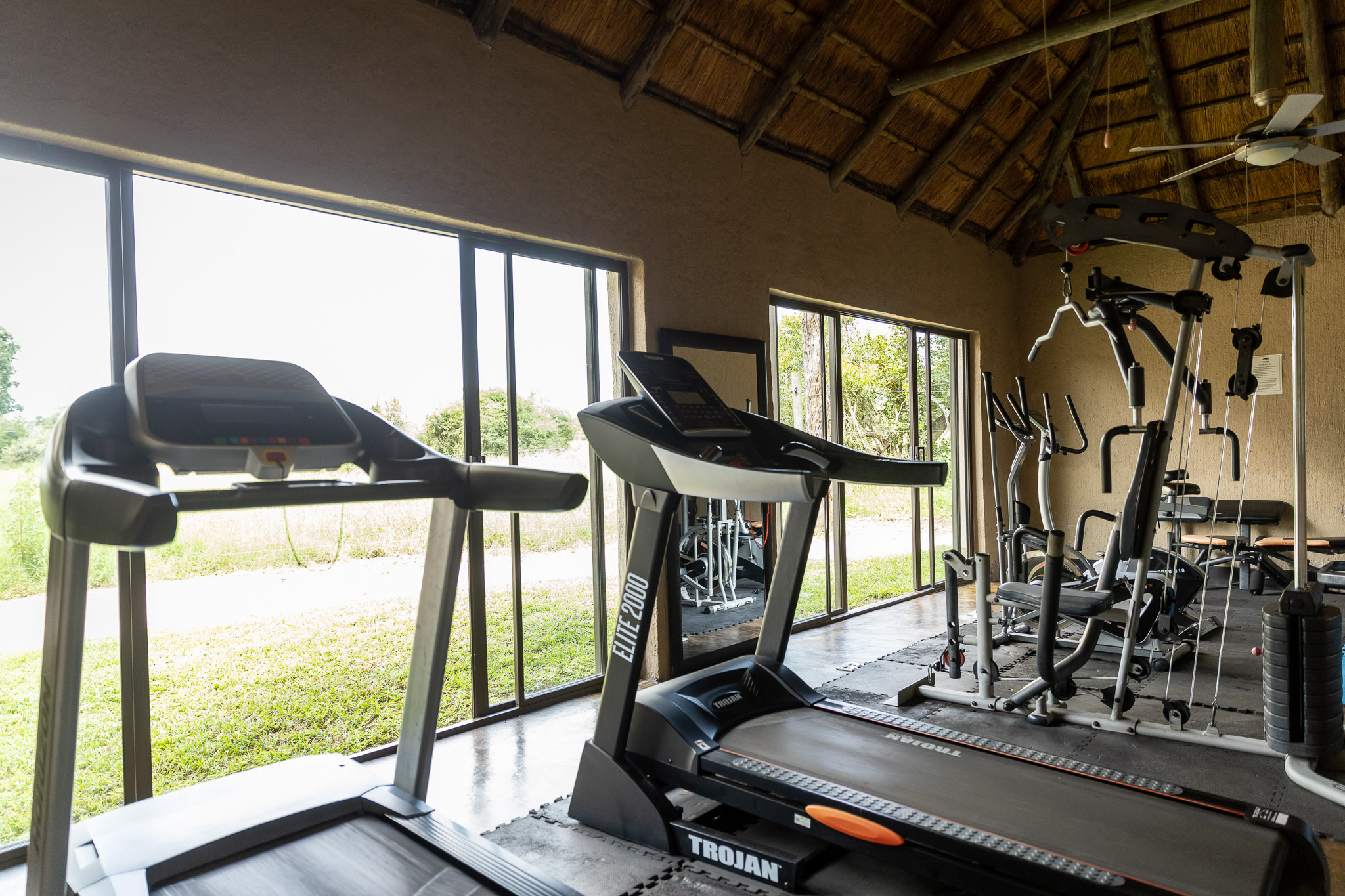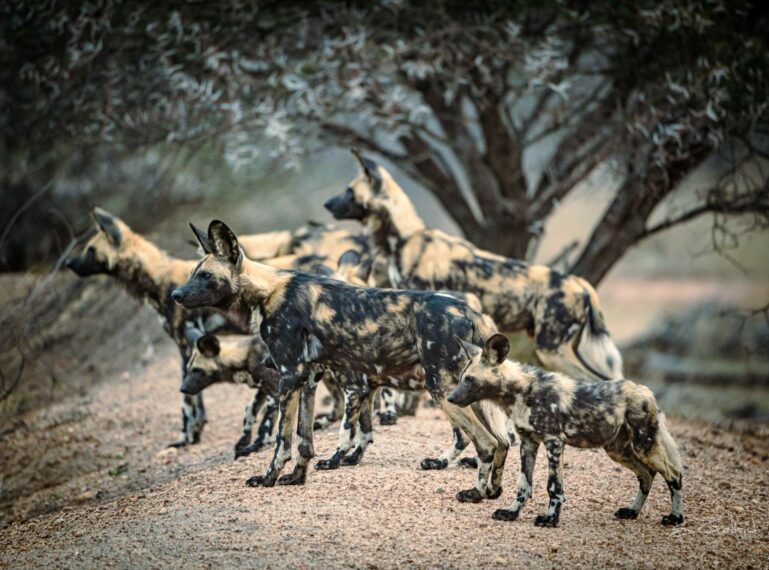
Seasonal Wildlife Highlights in September
Two weeks ago we launched our Spring themed blog post, gifting our readers with a bouquet of colourful images to celebrate Spring time in the Kruger. We focused solely on the wildflowers and trees of the Kruger terrain, and the seasonal changes. This week, we move from landscape backdrops and floral splendour to the local wildlife inhabitants. With certain species of wildlife, their behaviour is seasonal—think rutting and mating seasons, calving, and denning periods. Let’s take a look at what this time of year brings in terms of wildlife sightings.
Chase from Mboma Island Expeditions in Botswana, says “There’s been an increase in the number of bird sightings at the heronry (a breeding area for herons). We’ve seen herons building their nests, along with an abundance of marabou storks and yellow billed stork sightings.
Increased wildlife sightings at waterholes
Because we’re at the tail end of the hardy, dry winter season, water sources have become really scarce. This is the time when you’ll find dense populations of wildlife, sometimes different grazers and browsers at once. You’ll find a hint of rain from time to time, but it’s not enough to make wildlife dissipate. The beginning of September is waterhole party time for animals in the Kruger. Botswana sightings are varied, particularly around the Okavango Delta area where access to water is more permanent. Since Botswana is just emerging from the peak safari season and hasn’t yet entered the rainy season, you’ll find wildlife thriving along the riverbanks, channels, and available water sources. It’s a real wildlife party at available water sources—you won’t be short of sightings.
African wild dog pups in den sites
Typically, African wild dogs are sedentary from around April to September, which is their whelping period. The peak for birthing and denning of pups is around May, where the pups will remain until end of September. Winter months are the best time to see the pups in den sites that usually close to water sources. September/October the seasons slowly shift, which means the dogs will emerge from their sedentary den life and resume their nomadic lifestyle, with the youngsters in tow. During September you might see the dogs in den sites, or on the move. September is a good month to spot African wild dogs.
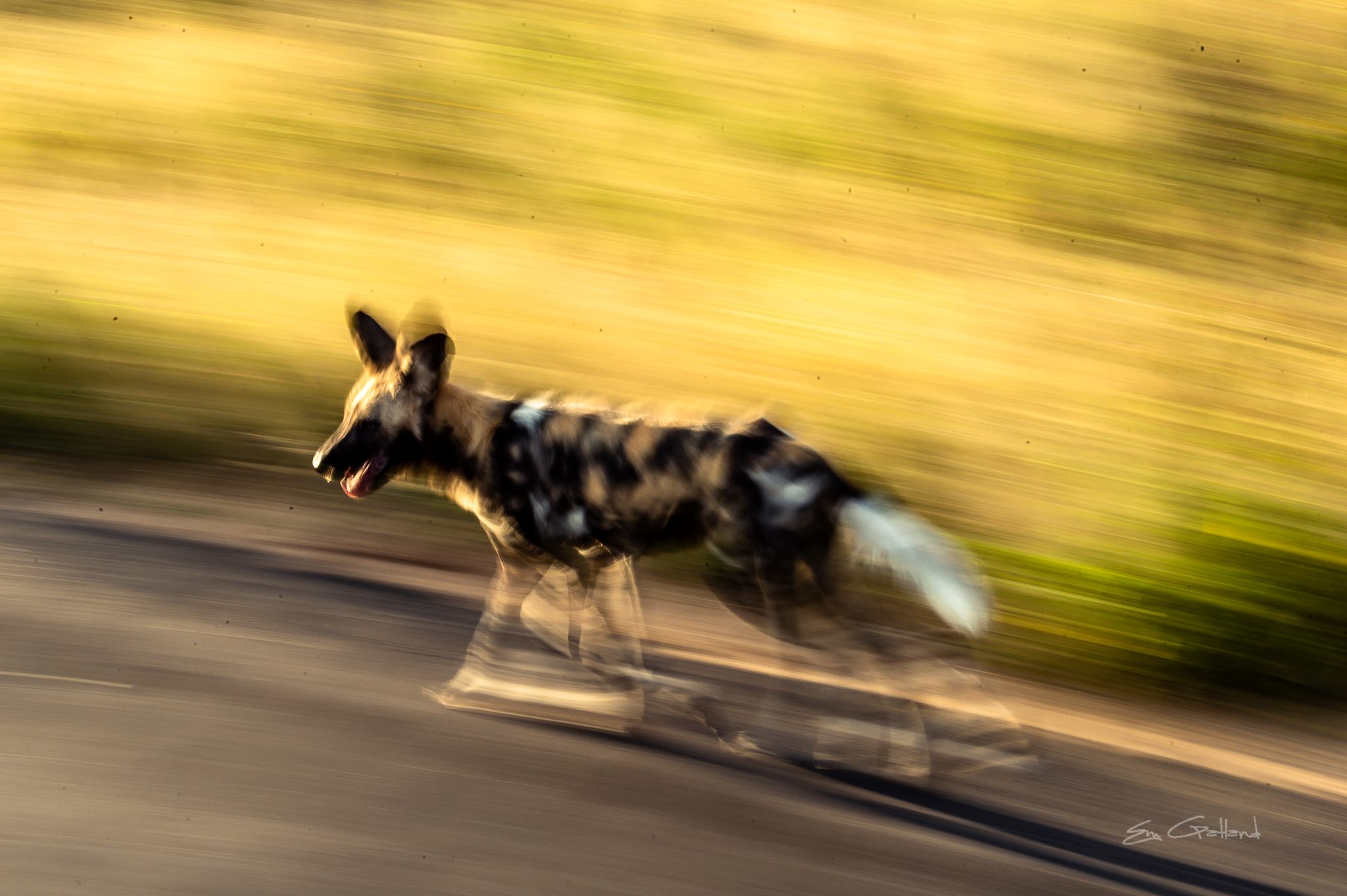
 The start of lambing/calving
The start of lambing/calving
Lambing and calving season revitalises the bushveld, filling the landscape with adorable young creatures and youthful energy. There’s nothing more heartwarming than spotting new life thriving in the ‘veld. Some species like impala have a fixed lamb season, which runs from November to December in the rainy summer months.
During September (if you’re lucky), you’ll spot giraffe giving birth or witness new born calves bumbling about in the wild. Interestingly enough, a giraffe calf can stand up and run within an hour of being born. Other newborns to look out for include zebra, certain antelope, jackal, African wild cat and hippo.
Angele from Ezulwini Game Lodges in the Olifants West Nature Reserve says, “We are seeing quite a number of new born calves and lambs, which include: grey duiker, giraffe and elephants. Some of them have only been a few days old. There’s been a lot of “ahhhhs” from our guests”
Crocodile kills
In September, things start to heat up as summer slowly starts to peeks through. With all of the wildlife congregating on the banks of the last remaining water sources, means that prey sources are in abundance. September provides great opportunities to watch dramatic crocodile kills. With so many new calves and lambs in the area, there’s plenty of vulnerable creatures around for crocodiles to ambush.
Return of the migratory birds
Summer is peak birding season and see the return of all migratory birds. Certain bird species have a shorter migratory route and return to the Kruger and Botswana in September.
Some of these species include:
- Red-chested cuckoo
- Wahlberg’s eagle
- Woodland kingfisher
- Violet-backed starling
- Paradise flycatchers
- Carmine bee-eaters arrive from Central Africa to Botswana
- Yellow-billed kits (Botswana) and
- Woolley necked storks
It’s during September that we see witness weaverbirds breeding (Kruger) and thousands of water-loving storks, herons and egrets congregating at the Godikwe heronry in the Moremi Game Reserve. The heronry comes alive with activity during September, making it the ideal destination for avid birders.
Africa on Foot’s guide and camp manager says, “We’re are delighted to see the return of the migratory birds, which include the European roller and woodland kingfisher.”
We’re approaching the tail end of the peak safari season, prepping for our journey into the emerald summer season. The above sightings are not the only reason to visit the safari kingdoms of Kruger and Botswana. There are also fewer mosquitoes and crowds during September. If it’s a balanced safari you’re after, then head to the bushveld in September.
